Battle for Tunisia | 1942-43

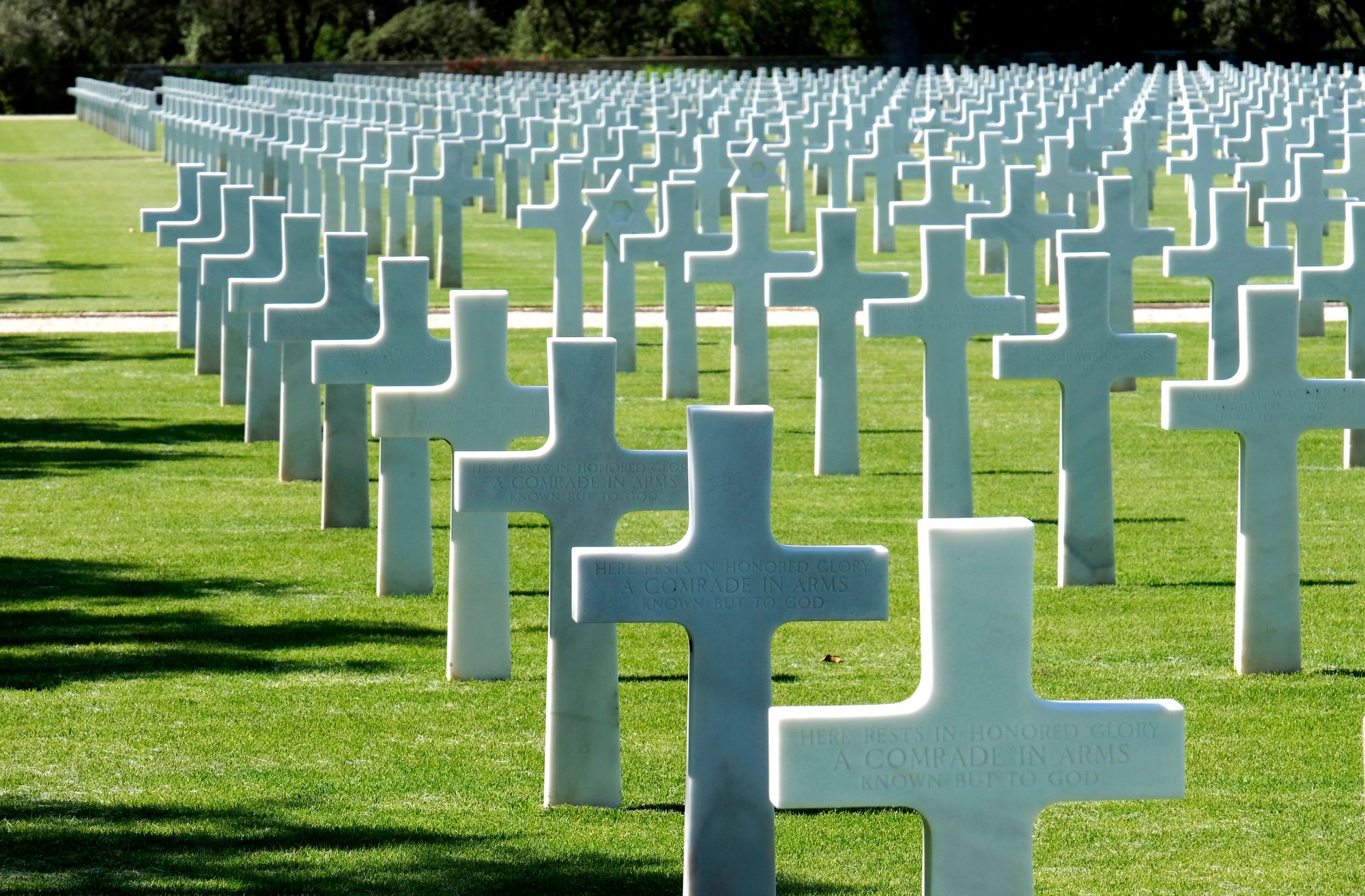
The Idea |
Six months earlier I had made a brief visit with an Algerian colleague and friend to Carthage in what I call "Memory Lane Trips." I was born there and wanted to find the villa where my parents had lived and maybe the French clinic where I was delivered. It was a rushed trip - I was leaving the next day to Cairo - and I was unsuccessful.
With thoughts of what life might have been like for my family 62 years ago, we drove through Carthage towards La Goulette where we were going to dine at a well-known seafood eatery. I noticed a small brown tourist sign like those indicating points of interests which were usually related to ancient Carthaginian civilization sites. This one said "North African American Cemetery". We pulled off and while my friend, Moh Messara, waited in the car, I made a quick visit to the American military cemetery.
Now I was back with my oldest and best friend and fellow historian and adventurer, Al Willner. We had spent an intense week driving the length of Tunisia in search of battle sites in remote locations using as our principal guide Rick Atkinson's "An Army at Dawn" book on the North African campaign. An invasion for of US and British armies was sent to defeat German and Italian fascist forces occupying the lands that gave access to what British Prime Minister Winston Churchill called "Europe's soft underbelly" - the Mediterranean coasts of southern Europe.
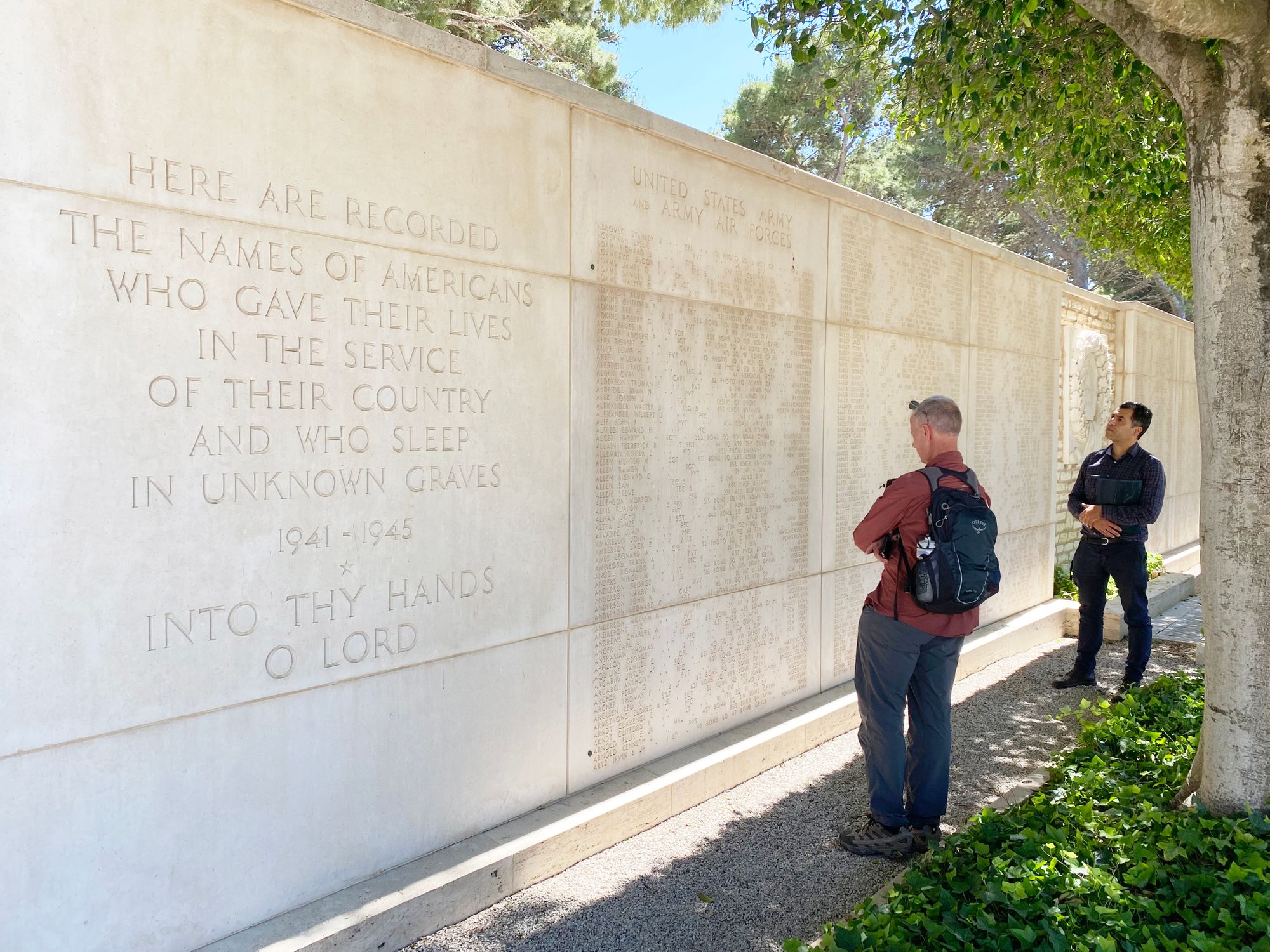
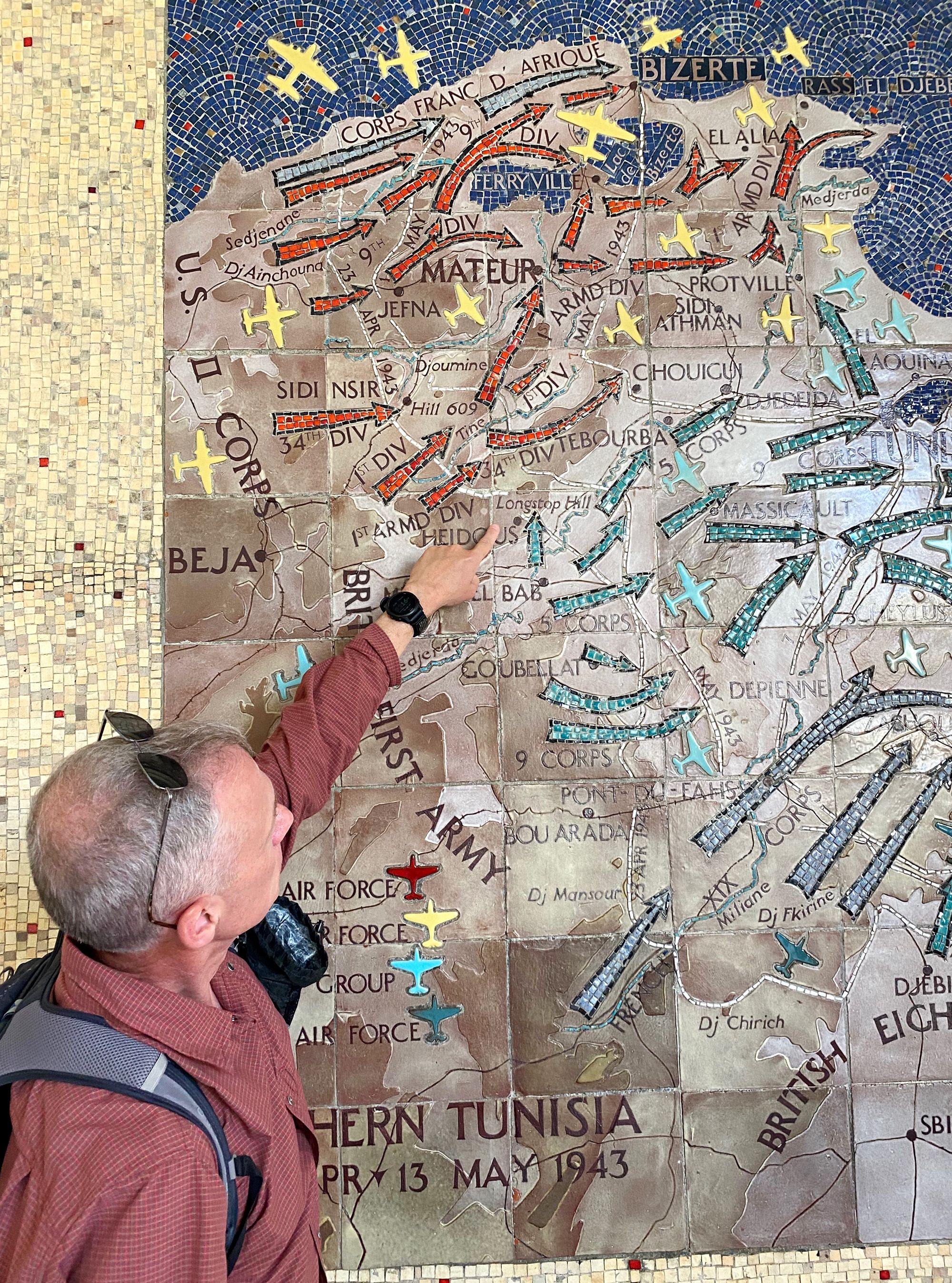
List of names of US servicemen whose remains have never been found | Al looks at mosaic depicting the campaign in April and May 1943
I had known about the United States landings in North African primarily from the movie "Patton". I had visited the famous El Alamein battlefield in Egypt on numerous occasions to cover anniversary commemorations. But I had not known what the immense toll on lives and the significance of this campaign as a pivotal turning point in World War II until I looked upon the thousands of American servicemen graves that carpeted the immaculately trimmed grass of this oasis final resting place.
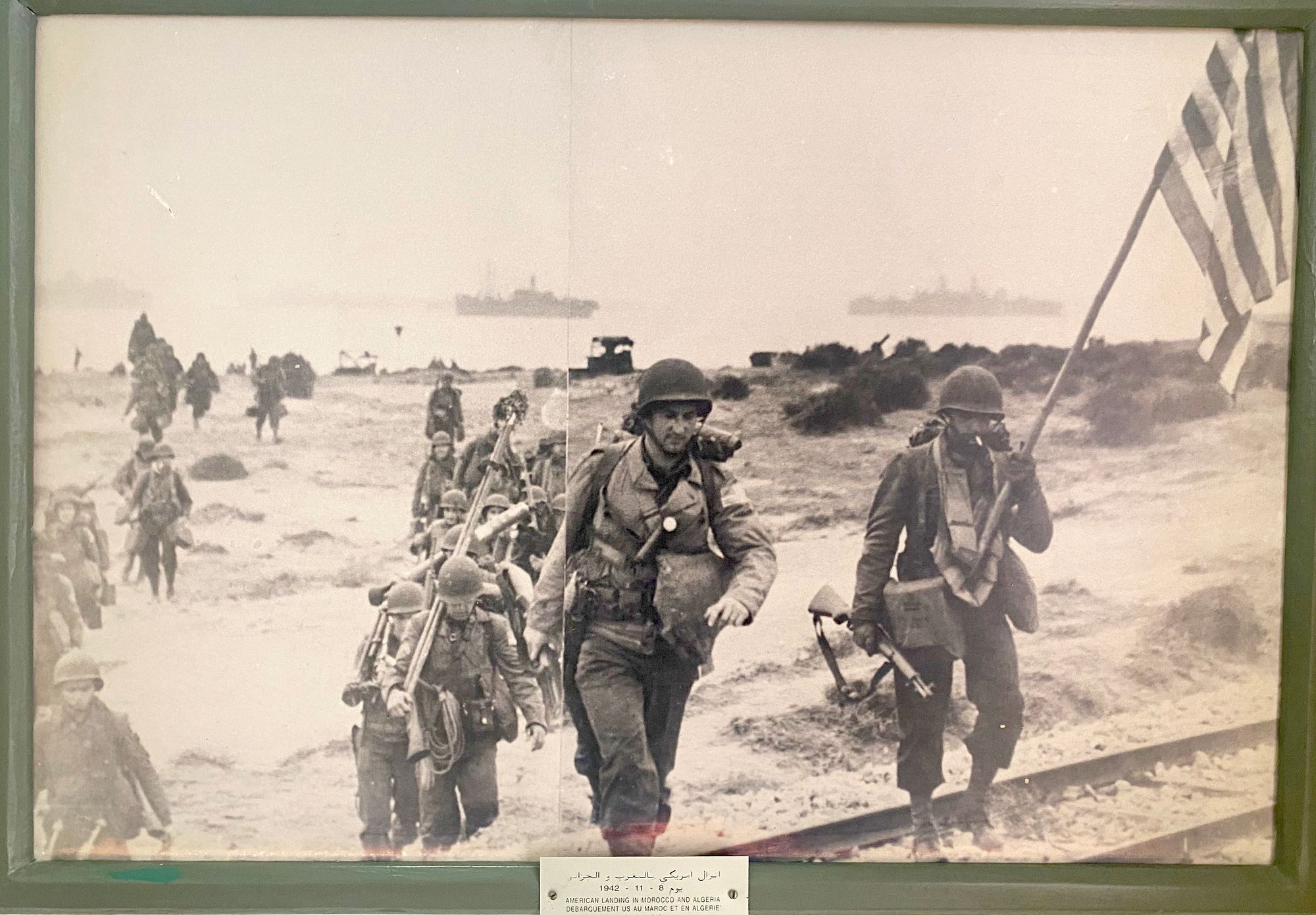

US troop land on the beach | beginning Operation Torch | Algeria
The North African campaign started with Operation Torch, the first Allied amphibious landings in the European theatre of World War II. 107,000 American and British troops in 500 transport ships and supported by 35o war ships simultaneous assaulted Vichy France-controlled landing sites in Morocco and Algeria on 8 November 1942. Germany was relying on their now allied French colonial collaborationist forces to safeguard North Africa from any Allied attempt to occupy the area. As the Allied invasion forces landed, Germany's Afrika Korps led by Field Marshal Erwin Rommel with it's axis Italian partner forces commanded by General Giovanni Messe were engaged in the epic Battle of El Alamein against the British Army under command of General Bernard Montgomery.
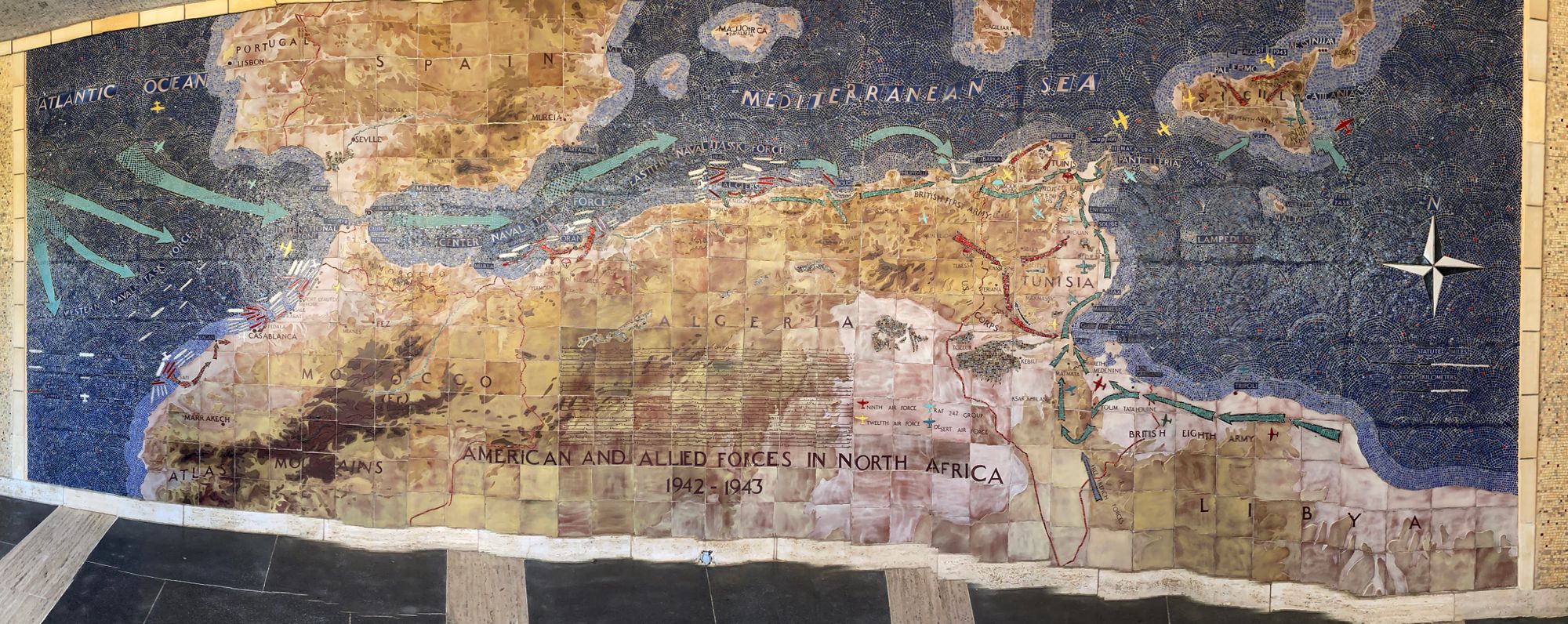
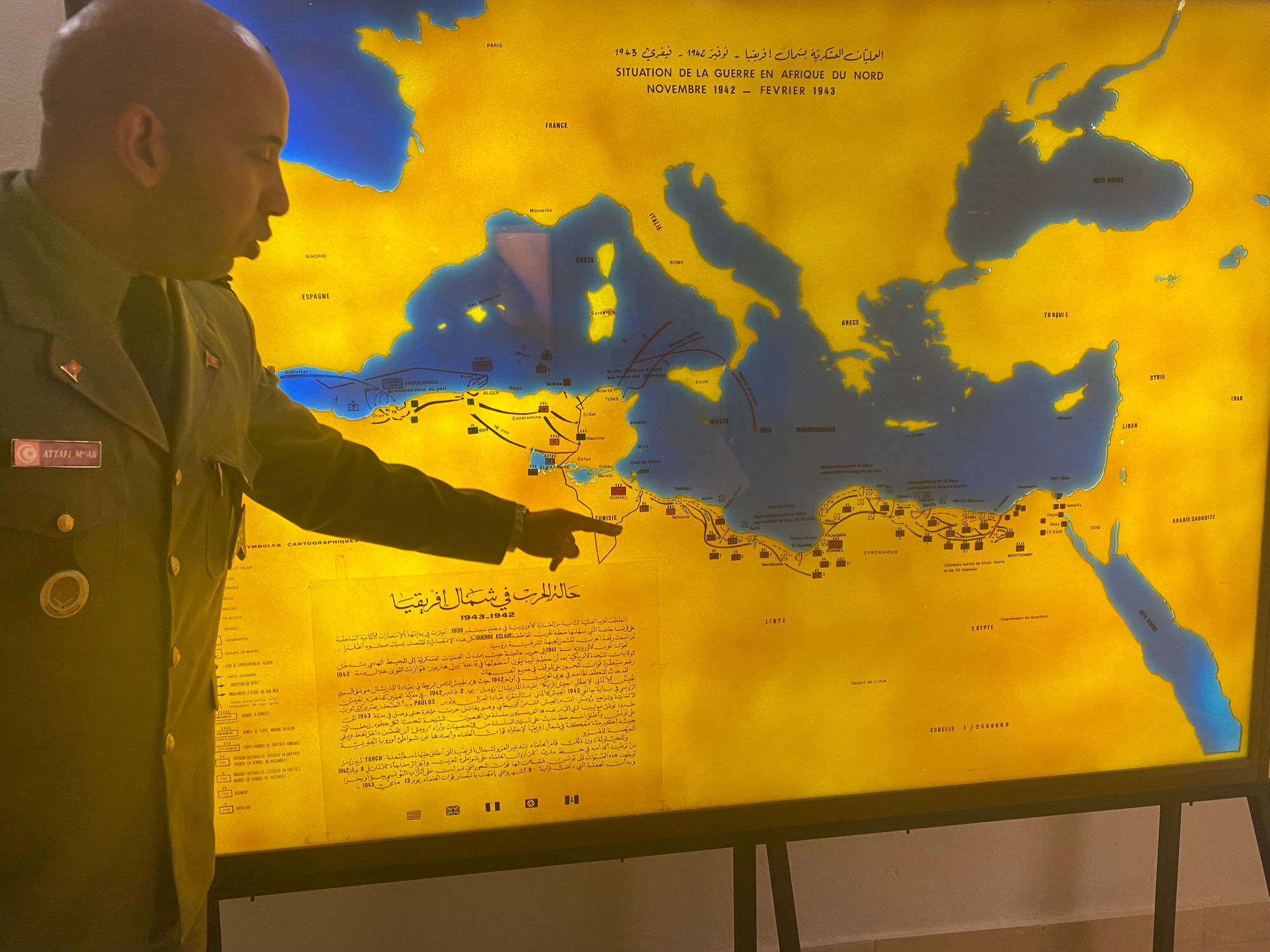
By the end of the six month campaign, the Allies had suffered 76,200 casualties, had captured over a quarter of a million Axis soldiers, won the first land victories against the Germans and had turned the tide of the war. The grueling battle for Tunisia finally ended with the capture of Tunis on 13 May 1943.
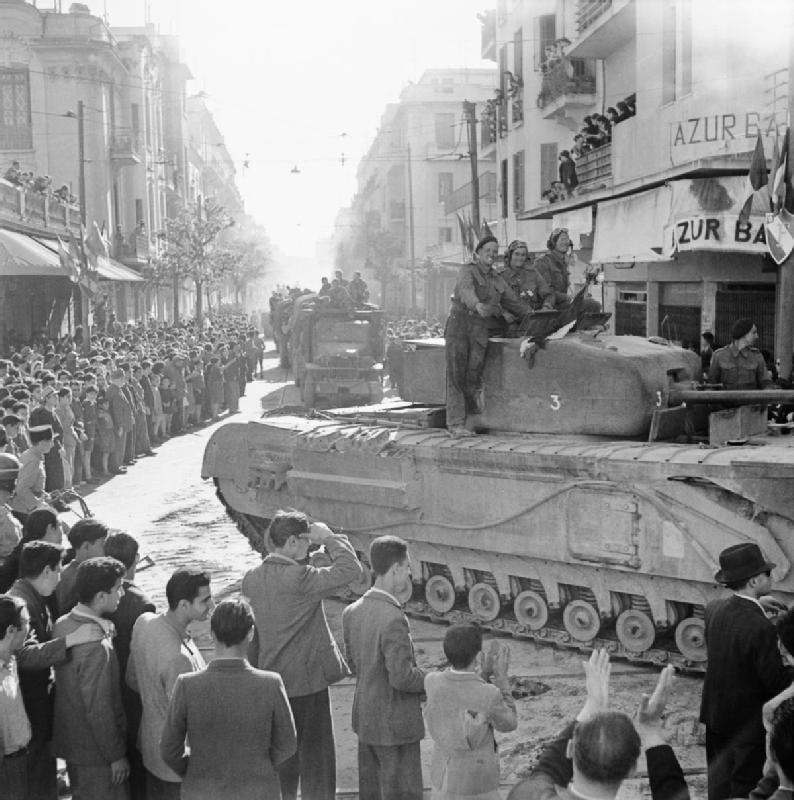
The Plan |
Al and I had done extensive research on the Battle for Tunisia. I, of course, had rewatched "Patton" - an excellent movie but incomplete as to the extensiveness and importance of the Tunisian campaign. I scoured the internet for information and photographs to get an idea of where and how the campaign had unfolded. I was surprised at how limited and poor the photo documentation of the campaign was. I printed out what pictures I came across and decided I would try and rephotograph the historic images at or near the sites where they had been taken. I would learn this is not an easy task to do - not only because of the limited information about where specific battles took place, but also because of security concerns, our limited time to accomplish the task at hand, and the almost constant wind that sweeps over much of the barren battlefield landscapes. I had planned on using a stick tripod to hold the photos and a tripod for the camera to enable me to use a telephoto lens with lots of depth-of-field - and, of course my favorite, panoramas with the historic image centered in the middle. None of that would be possible with the conditions we came to face.
I had come up with a detail itinerary with timelines, mileage, overnight locations, sites to visit, museums to see and war cemeteries to consider near the route. I worked on logistics while attending the Nejaa International Festival that I had been invited to in southern Tunisia and unexpectedly site of the numerous Battles of El Guettar. Helping me to figure out where to go, how to go, who to see, was the docent of Tunisian photographers Abdellatif Akremi and one of the organizers of the festival. Following the festival and on the eve of our departure, he agreed to accompany us for at least the first days of our adventure. My initial carefully planned itinerary was discarded and we headed out hoping for the best.
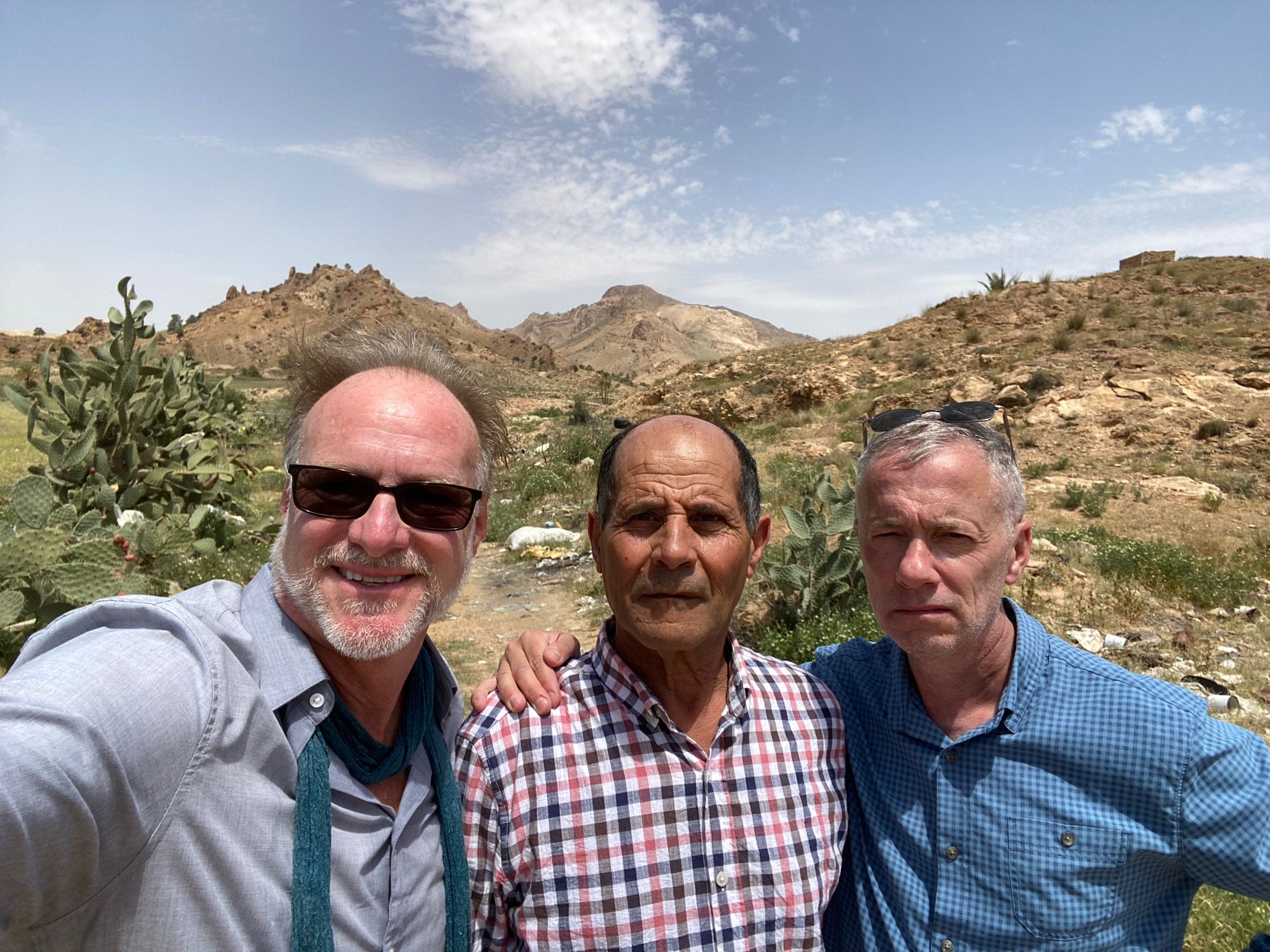
The Players |
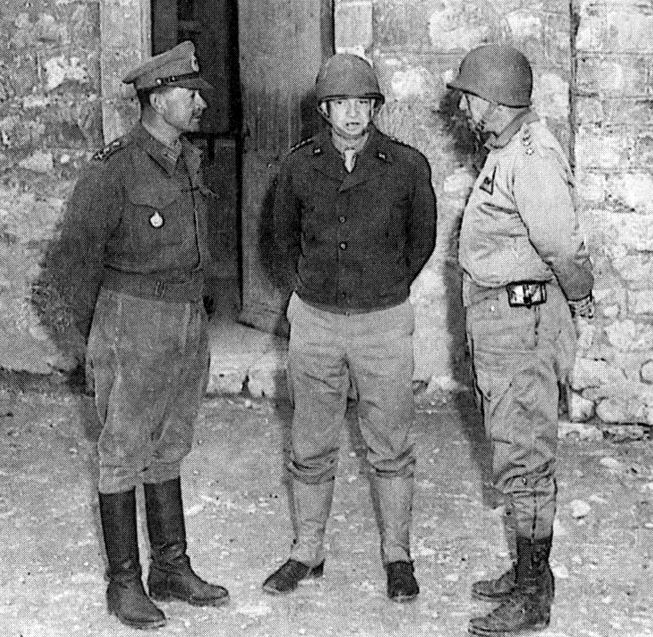
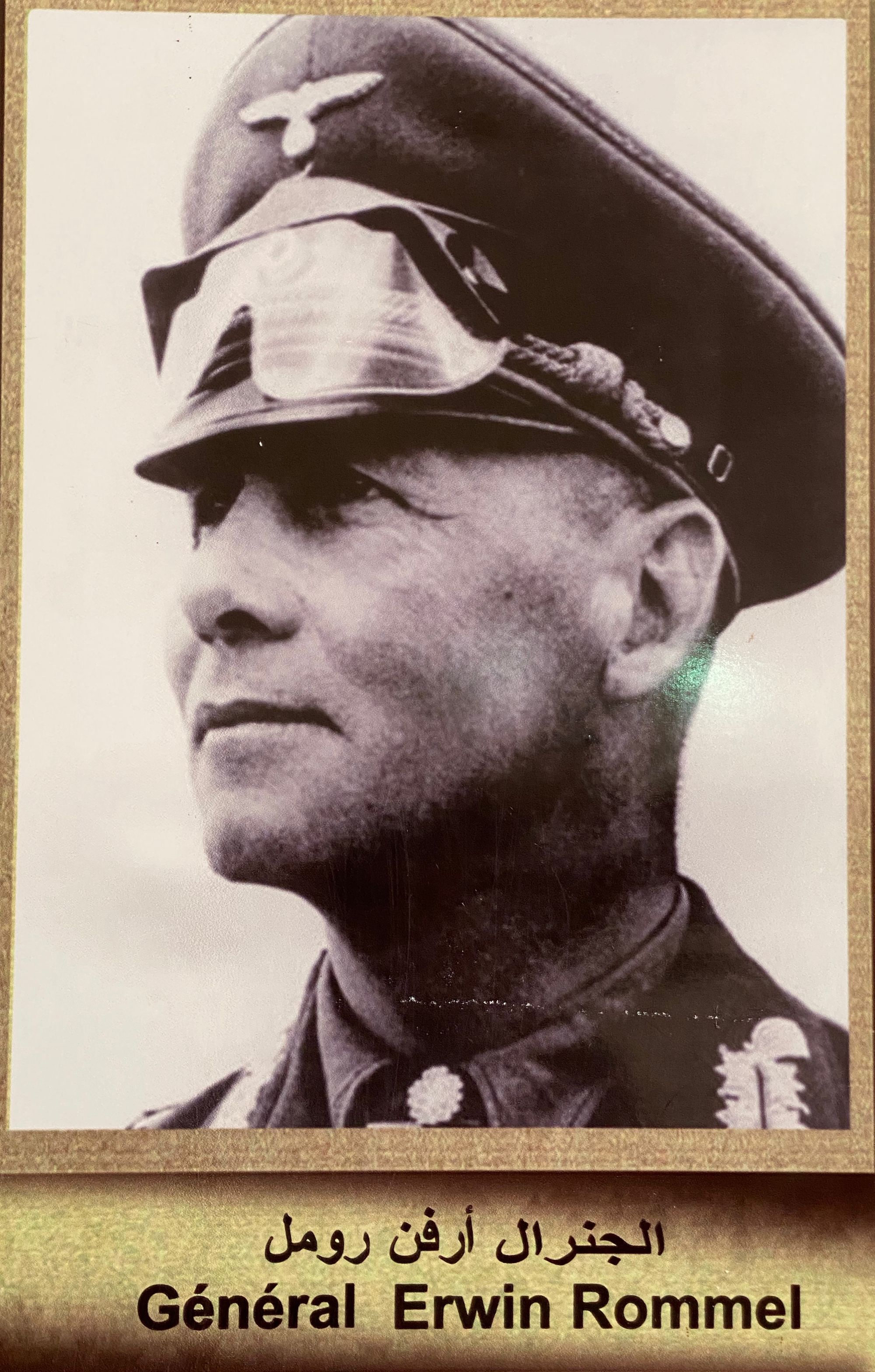
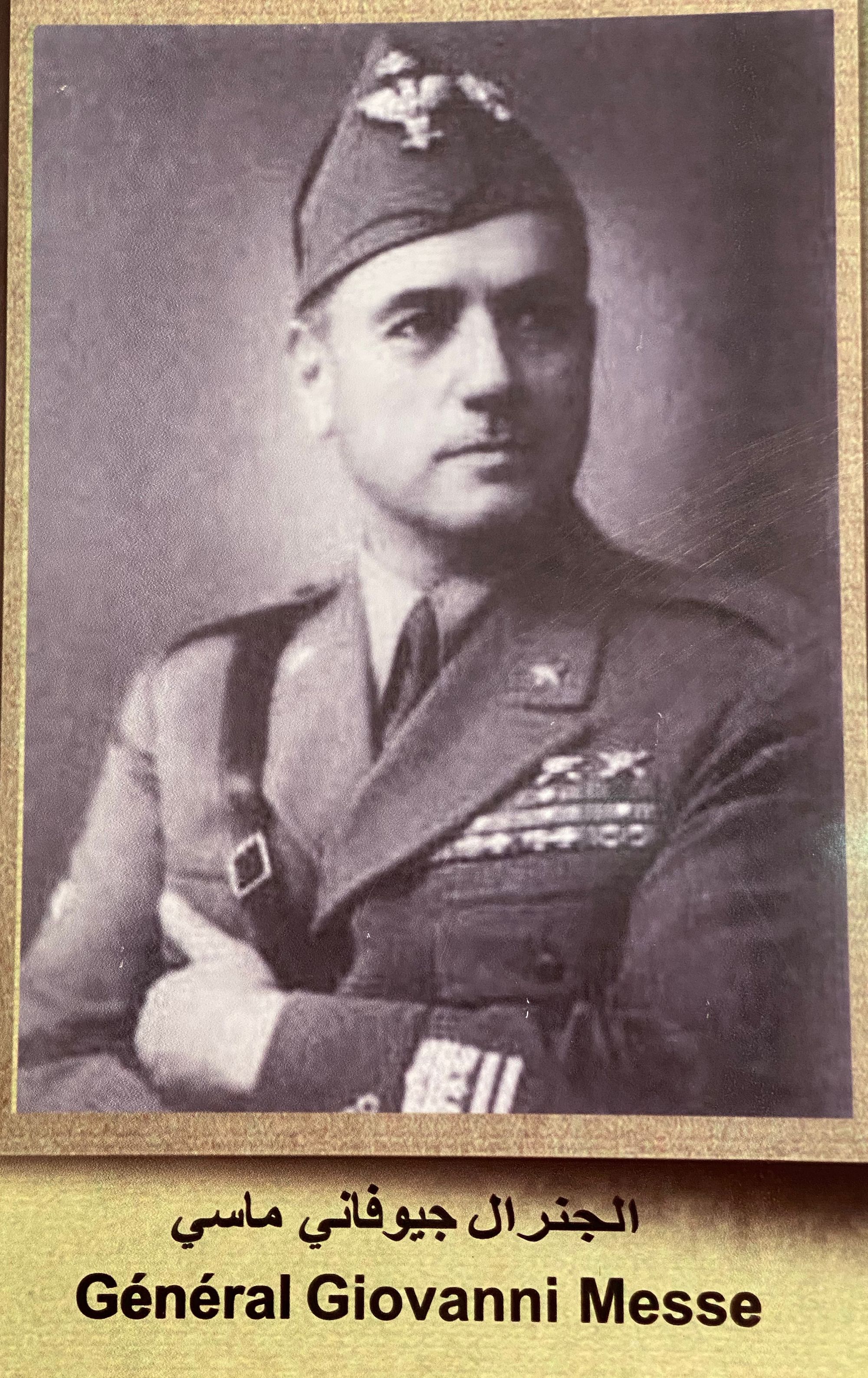
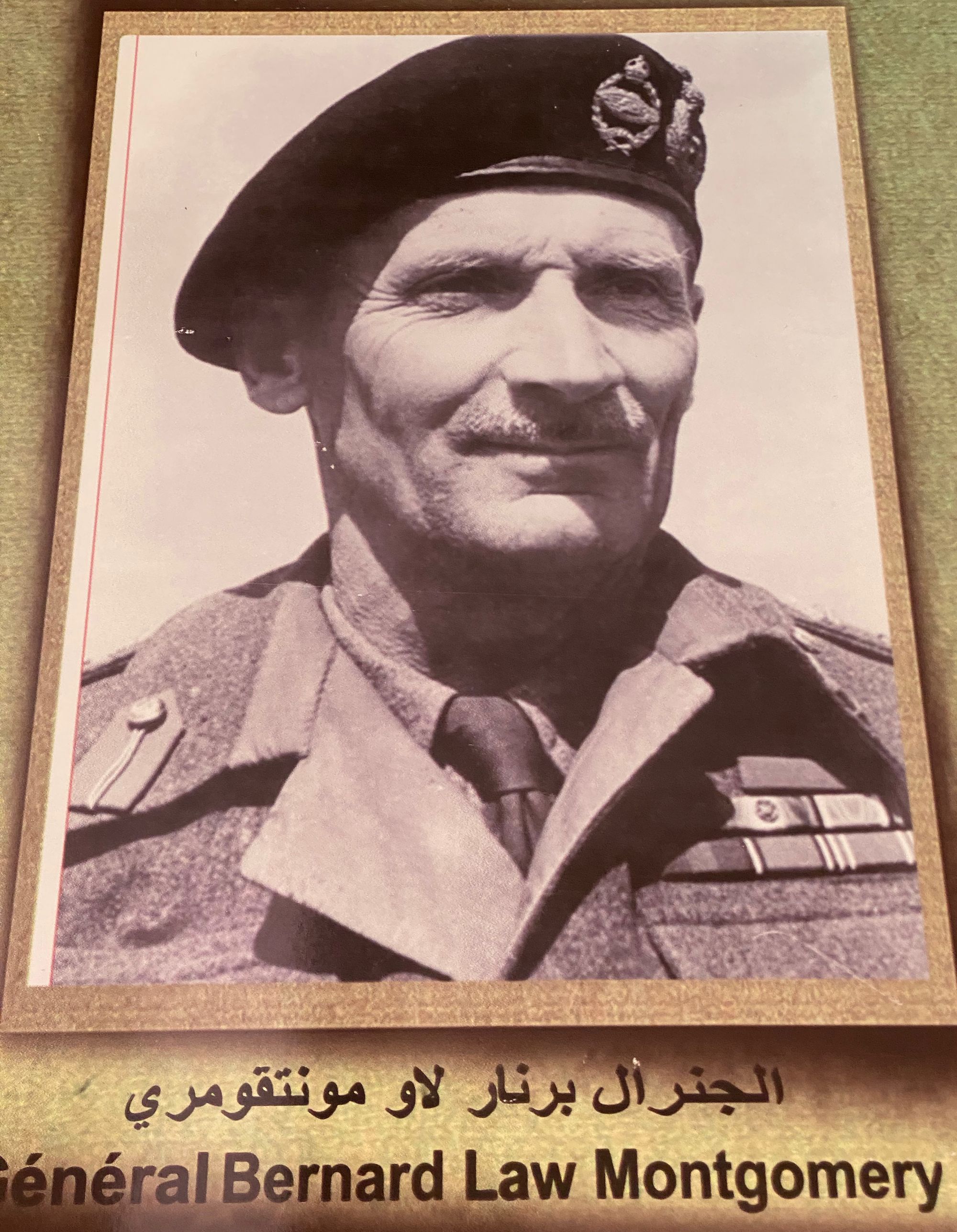
Afrika Korps commander | 1st Italian Army commander| British Eight Army commander | Courtesy Museum of Mareth Line
The Campaign |
After resisting the Allied landings in North Africa the Nazi allied Vichy French forces in North African capitulated after three days of fighting. The 120,000 French North African force had lost more than 1,346 soldiers. The Allied forces 1,100 soldiers. The French now allied themselves to the Americans and British and the French Expeditionary Corps was formed and joined in combat missions against the Germans and Italians. On 10 November, upon hearing of the French surrender, Adolf Hitler immediately ordered the occupation of Vichy France and sent Wehrmacht troops to Tunisia to confront the Americans and British armies moving unresisted eastward towards Tunisia from Morocco and Algeria.
Rommel was fighting a defensive campaign against Montgomery as the British advanced westward through Libya towards Tunisia.
The Allies rushed towards Tunis trying to reach the capital before the Germans could build up sufficient forces to stop the advance.
In a remarkable airlift operation and with the French forces in Tunisia standing aside and allowing airfields to be used by the Germans, the Luftwaffe was able to airlift and created three German divisions, including the 10th Panzer Division, and two Italian infantry divisions with 176 tanks, 131 artillery pieces, and 1,152 vehicle by the end of November 1942.
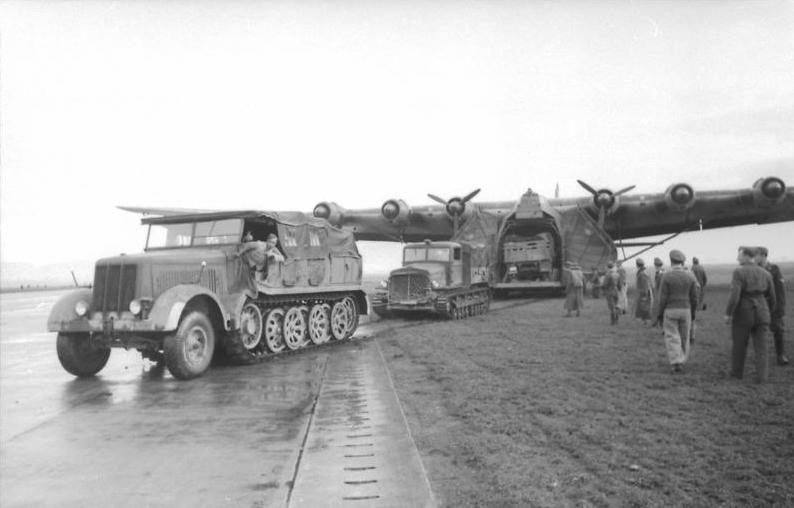
The 15,000 French soldiers withdrew and formed a defensive line in the western mountains and waited for Allied troops to arrive.
The Allied advance was hampered by poor roads, supply problems and inexperience. Parachute drops to claim airfields were quickly repulsed by Italian units before they could become operable. The Nazis had air superiority and the Allied advance was easy prey for stukas and fighter planes of the Luftwaffe allowing the Germans to build up forces and establish a defensive line outside Tunis. The French had bravely defeated a German thrust at Medjez el Bab allowing Allied forces to advance toward Tunis but where stopped at Djedeida, only 25 kilometers from the capital.
From there the German airlift build up outpaced the Allies long trudge overland from ports in Algeria and Morocco and the Germans pushed back the Allies into the mountains. A terrible wet and cold winter set in further slowing the Allied build up and making many forward airfields inoperable due to thick sticky mud.
In the first major encounter between German and American forces in World War II, Rommel pulled his Panzer divisions from the front facing the advancing the British in Libya to confront the US II Corps advancing in southern Tunisia. US commander General Lloyd Fredendall in an attempt to cut Tunisia in two and isolate the two German army groups was outmaneuvered by the Afrika Korps and pushed back all the way to the Algerian border in what would become America's worst defeat in World War II. He was relieved of command and Patton took over the army corps leadership.
By February 1943, the Axis had 350,000 troops in Tunisia and were now commanded by General Hans-Juergen von Arnim and Messe. The Allies had 500,000 soldiers and were commanded by Patton, Anderson and Montgomery with overall leadership under Eisenhower. The costly and pivotal Battle for Tunisia involving hundreds of thousands of soldiers, thousands of aircrafts, tanks and artillery would become a bloody slug fest with high casualties rates, daring feats of bravery and innovative battle tactics and heroics a well as blunders and miscalculations on both sides.
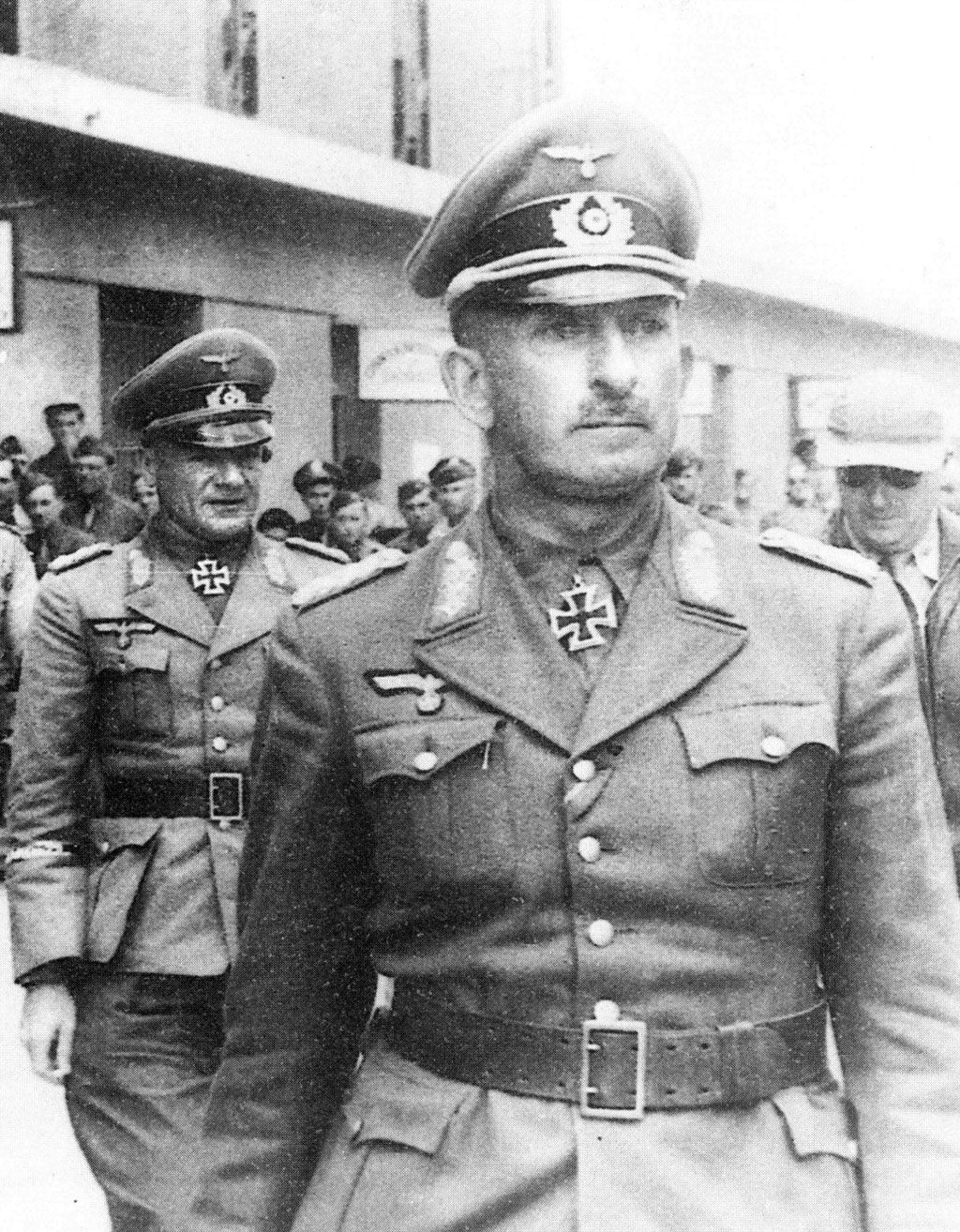
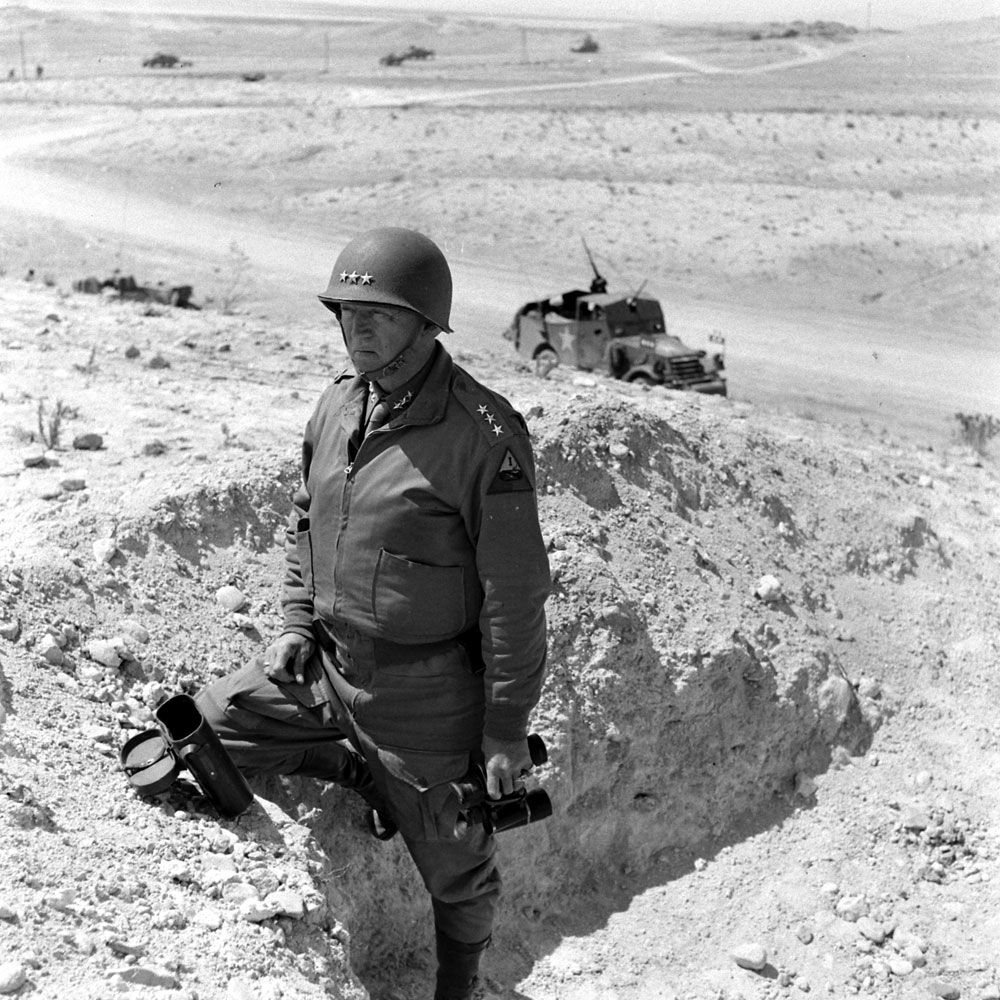
General Hans-Juergen von Arnim seen her after surrendering on 15 May 1943 | Patton surveys the Battle of El Guettar | he decisively defeated the German and Italian Armies | March 1943
Our Mission |
Our primary objectives were to visit battlefield sites of particularly historic significance to the American effort in the North African campaign and the war against Hitler and fascism. Al had studied and taught military history and was keen to visit the Battles of Kasserine Pass and those of El Guettar.
We had maps that had been downloaded from Atkinson's book. We had internet access on our mobile phones (both of us had acquired Tunisian sim cards). We would rely on a combination of information we had gathered, Google Maps and its satellite topography and local expertise to help us find and explore the battle areas.
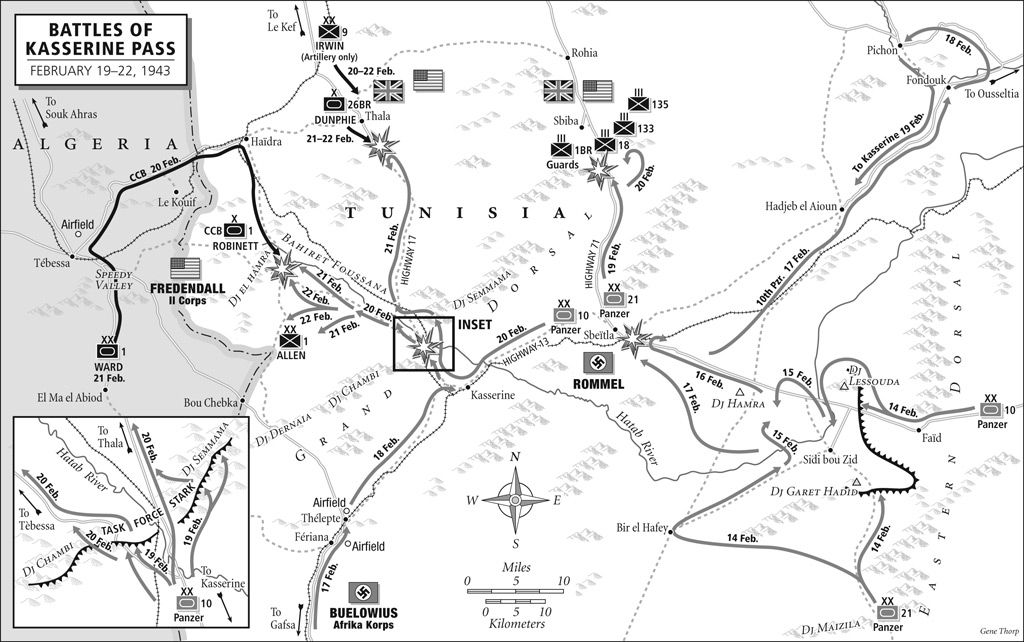
On my smart phone I marked points of interest locations during my readings and research.
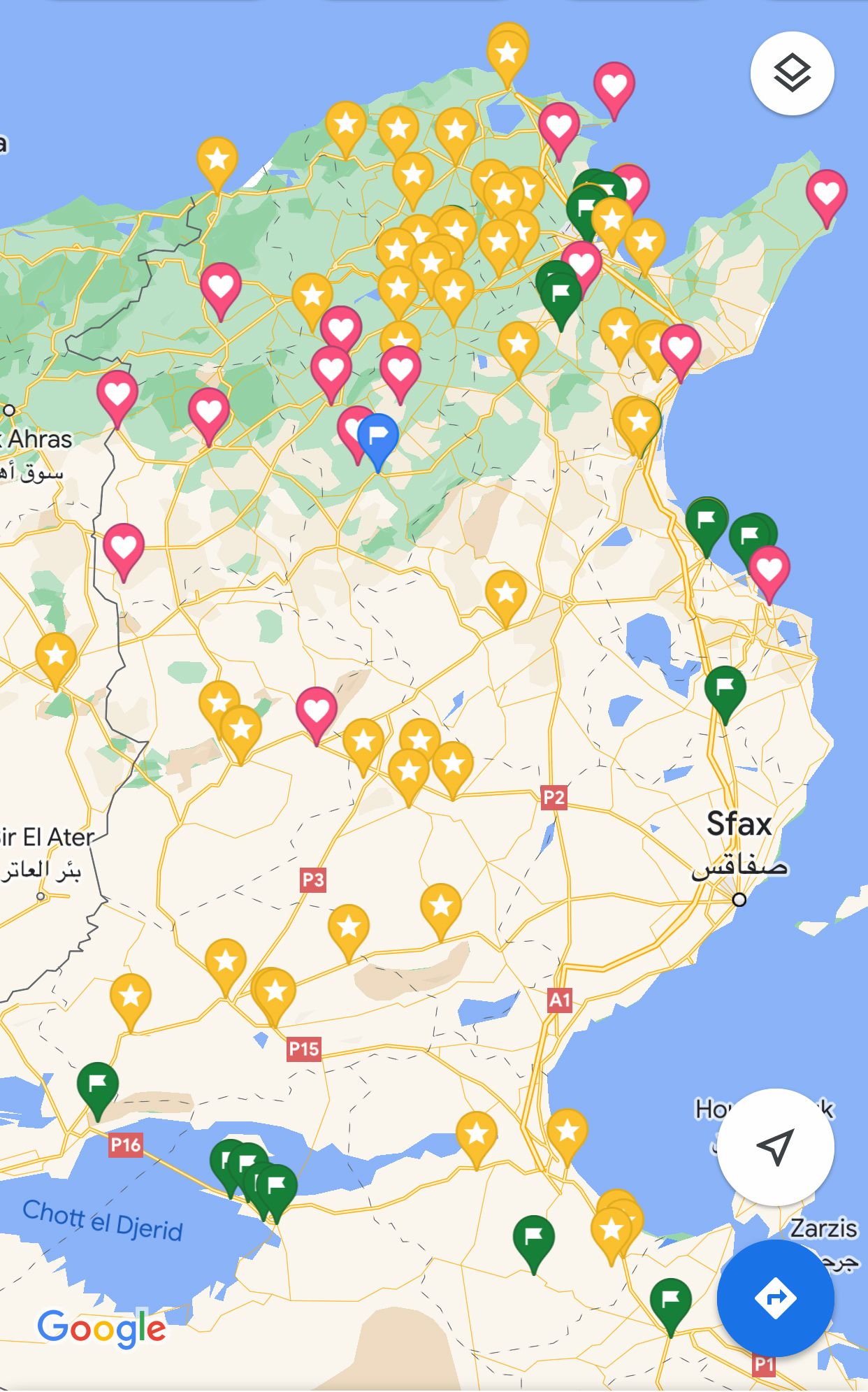
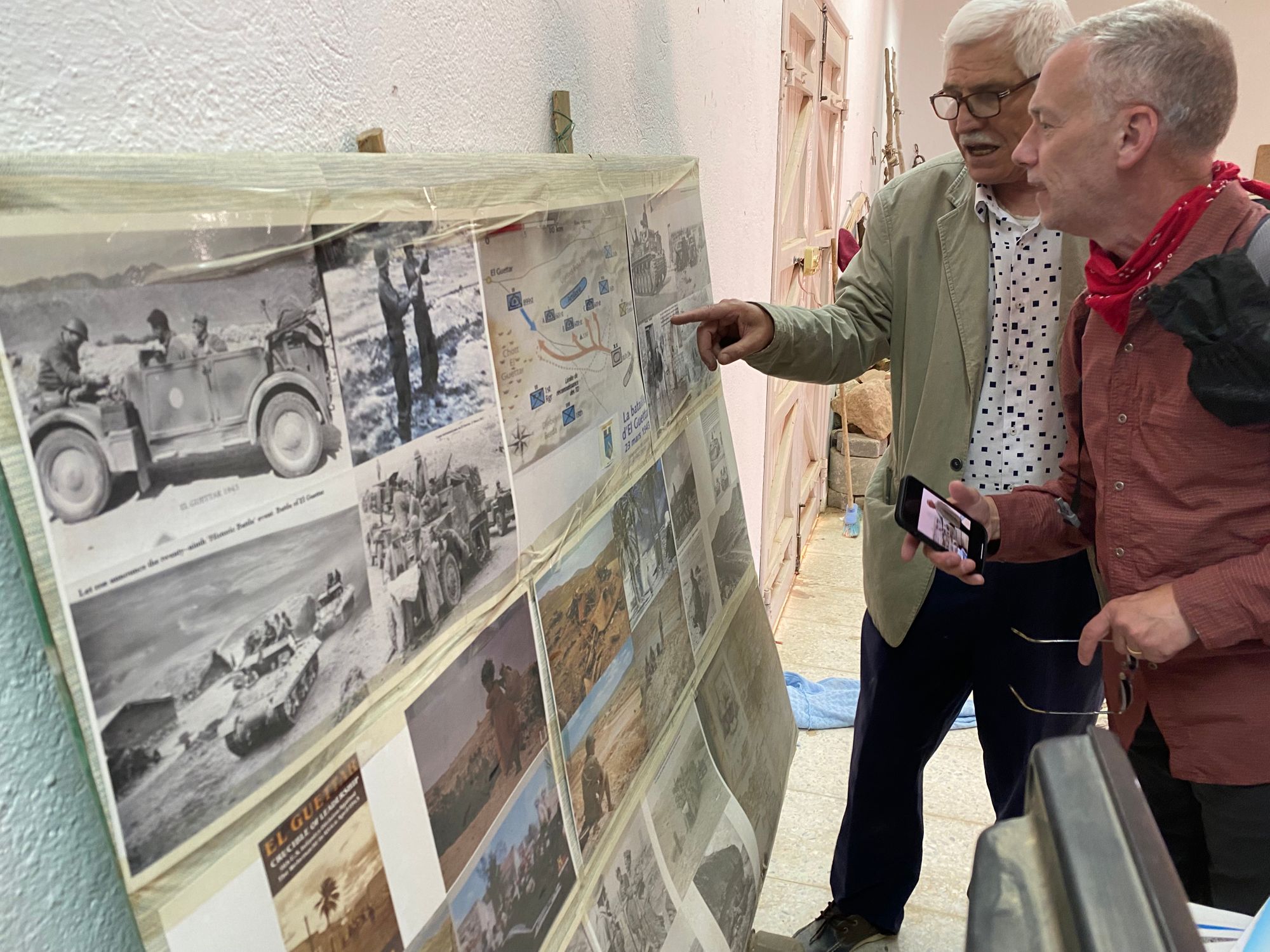
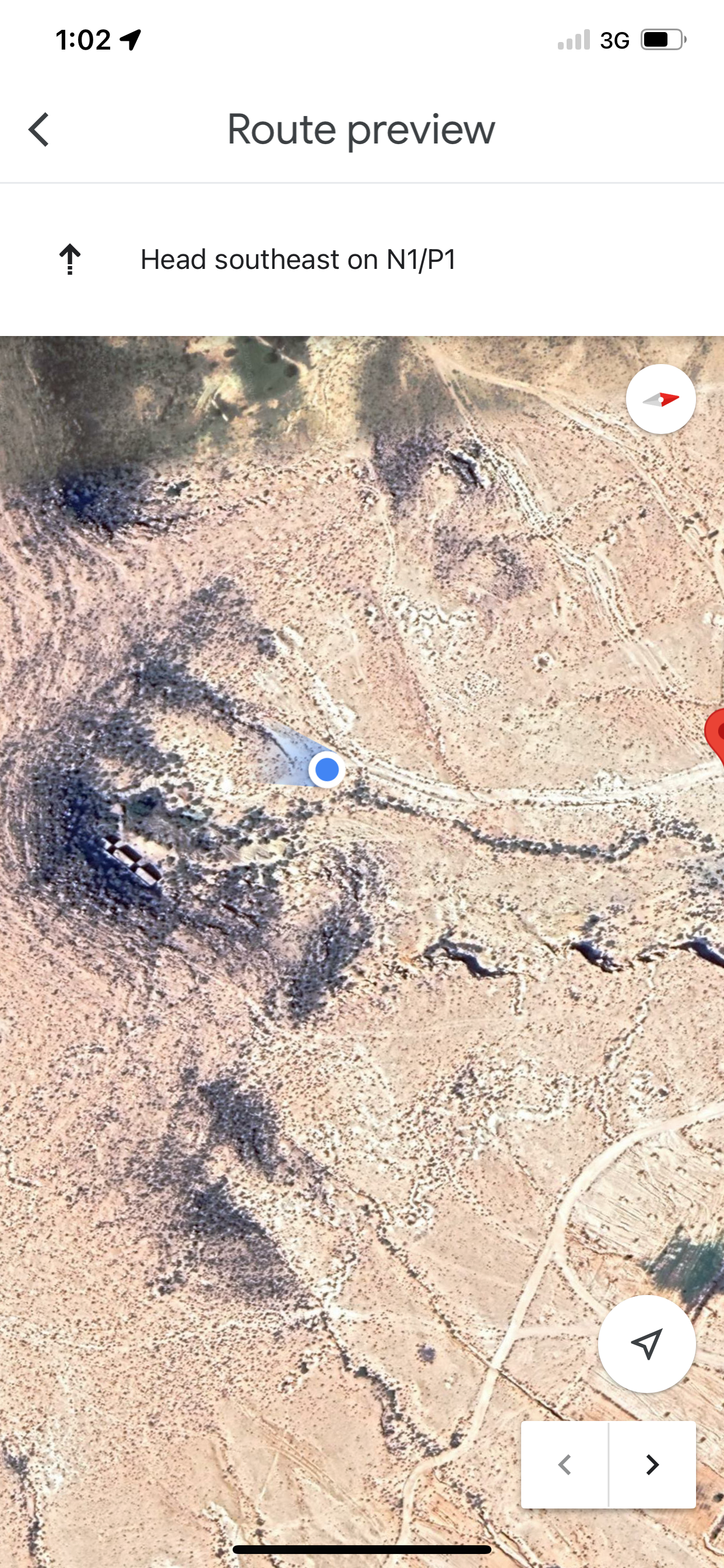
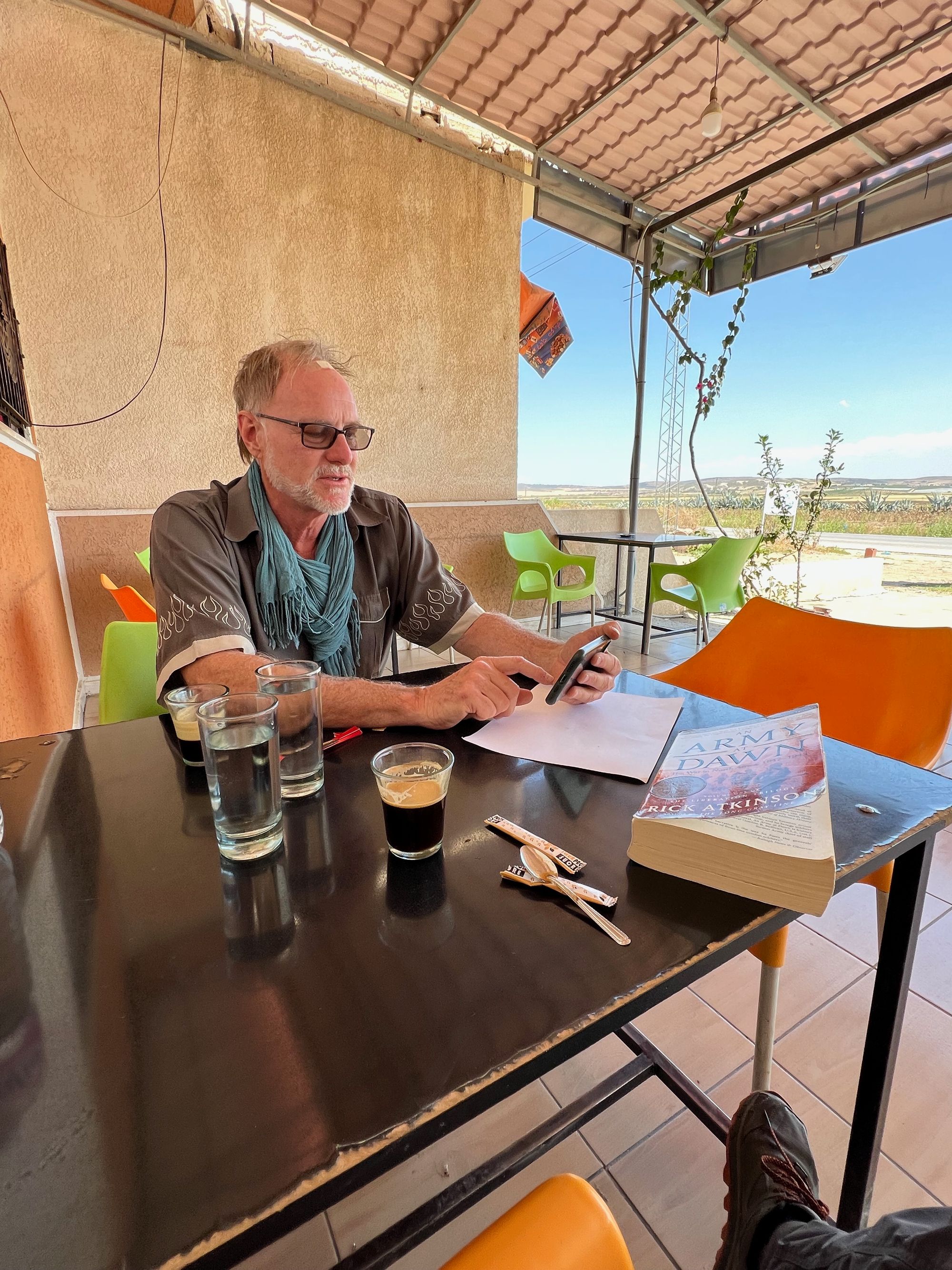
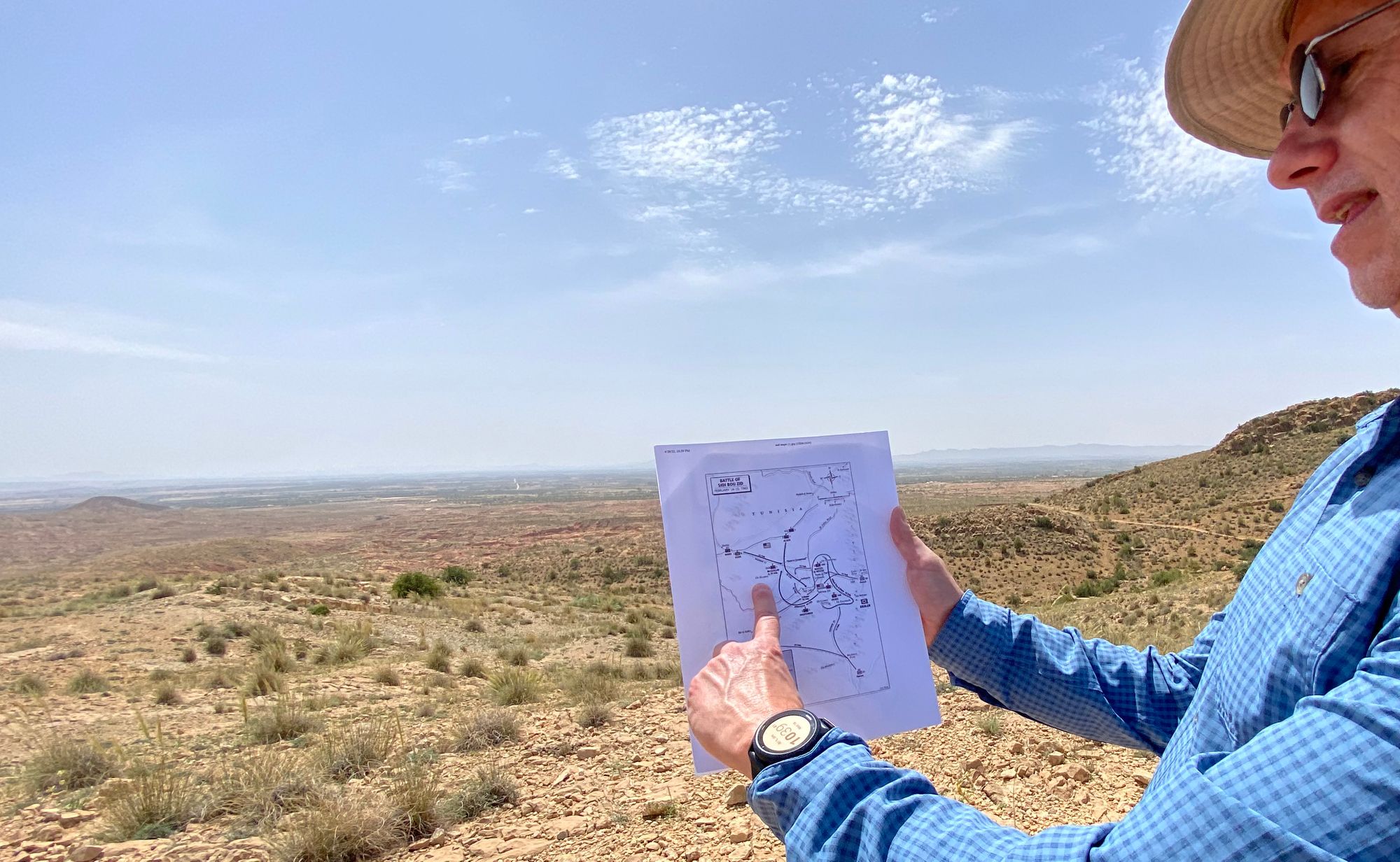
Google Map | stars (WWII), hearts (Carthage) flags (other) | Hadi Abid, Director of the Patton Museum - El Guettar | Google topography location of Rommel's bunker complex -Mareth | consulting smartphone geography - Longstop Hill | Sidi Bou Said Battle map
We overnighted in Sbeitla where magnificent Roman and Byzantine ruins attest to the ancient importance of this commercial and trade route cross roads connecting the coastal area to the interior of the former Roman and Byzantine Empires in Tunisia.
Kasserine Pass |
The battle unfolded over a 50 miles expanse and lasted over a week from 14 to 22 February 1943. We first visited the eastern edge of the battle where under-equipped and unsupported French forces were attacked and routed. They would lose 500 casualties in the battle.
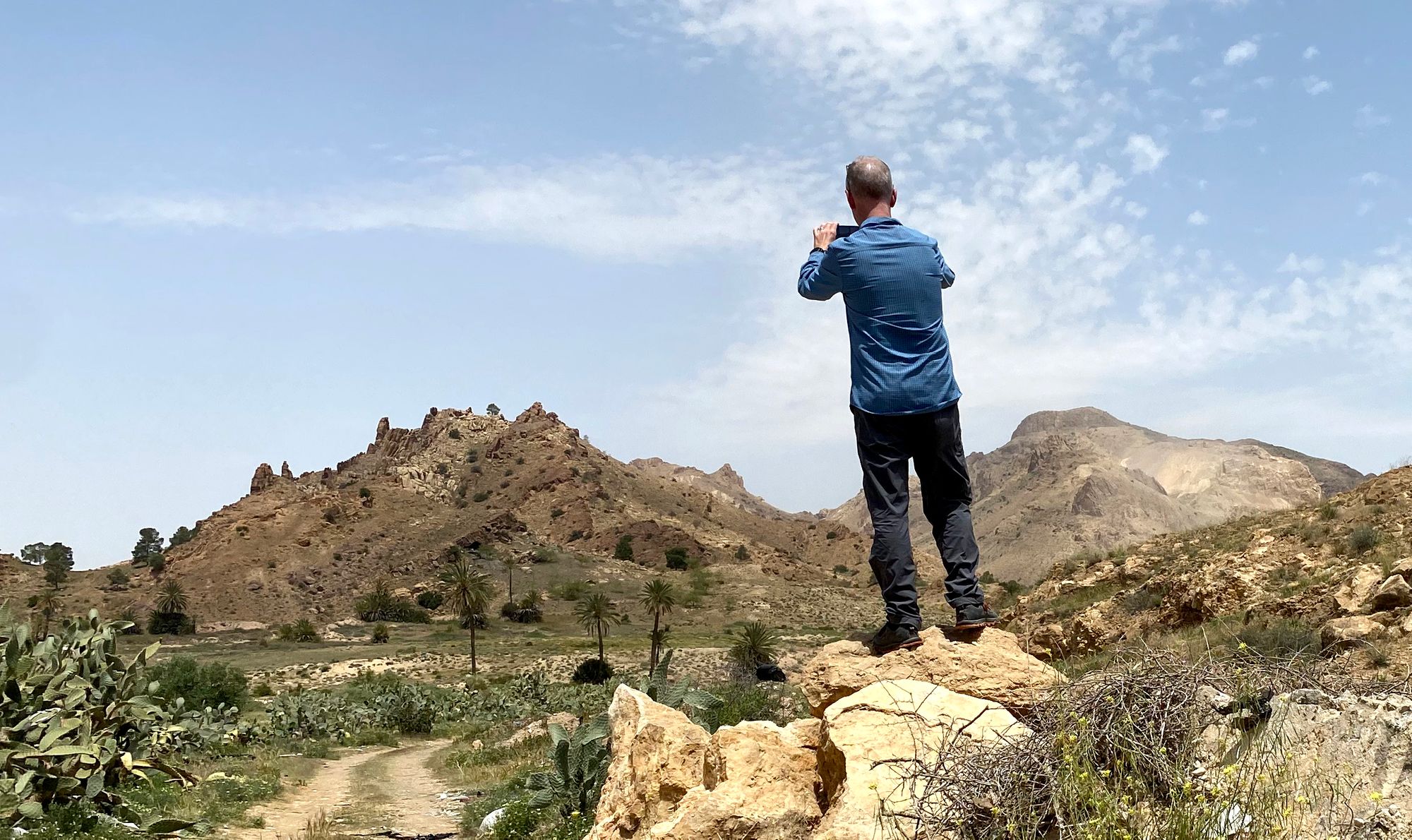
In An Army at Dawn there is a dramatic passage depicting the battle and capture of Patton's son-in-law John Water by Germans on Jebel Lessouda. We decide to hike up to the ridge line where he held-off repeated German attacks until completely surrounded with no means of escape or rescue.

As part of the documentation process when we set out on foot to explore an area, I will often map it with a tracking application. I use Wikiloc where distance, route, location, elevation gain is recorded. Pictures and commentaries can be added and shared.
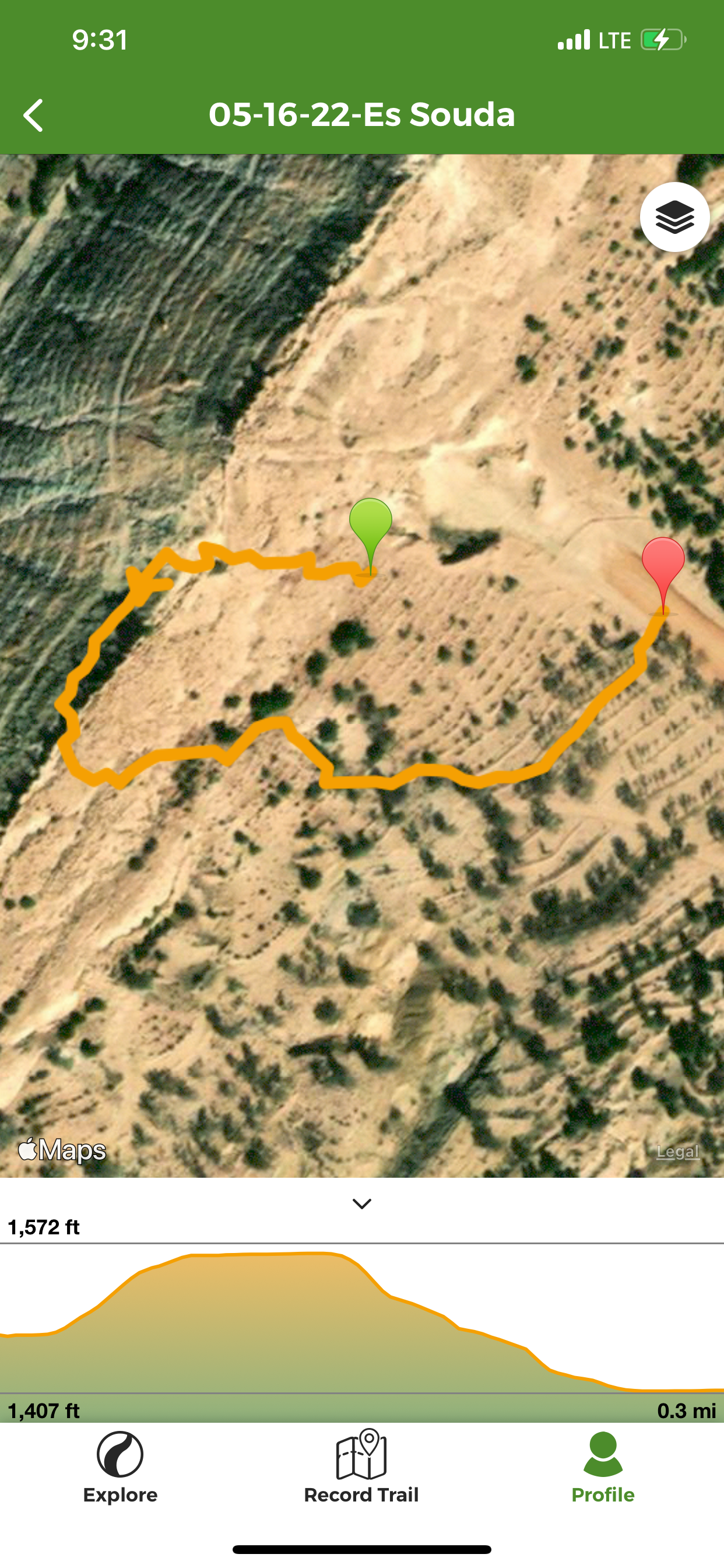

The hike to the Lessouda Mountain ridge | QR to view site and photos
As the German 5th Panzer pressed the attack, the American 1st Armored Division confronted the offensive and was lured into a tank killing trap. A US forward artillery officer whose communication was cut-off wrote the following of the ambush:
"It was murder. They rolled right into the muzzles of the concealed eighty-eights and all I could do was stand by and watch tank after tank blown to bits or burst into flames or just stop, wrecked. Those in the rear tried to turn back but the eighty-eights seemed to be everywhere."
— Westrate, 1944
The US Army would lose 183 tanks compared to only 20 on the German side.
American commanders gathered on Jebel Hamra to observe the unfolding rout of their forces and ordered a withdrawal to the base of the mountain to regroup and redeploy. It was too late to organize a coordinated defense and German Panzer grenadiers and Italian Bersaglieri pushed through Sidi Bouzid, Sbeitla and the town of Kasserine.
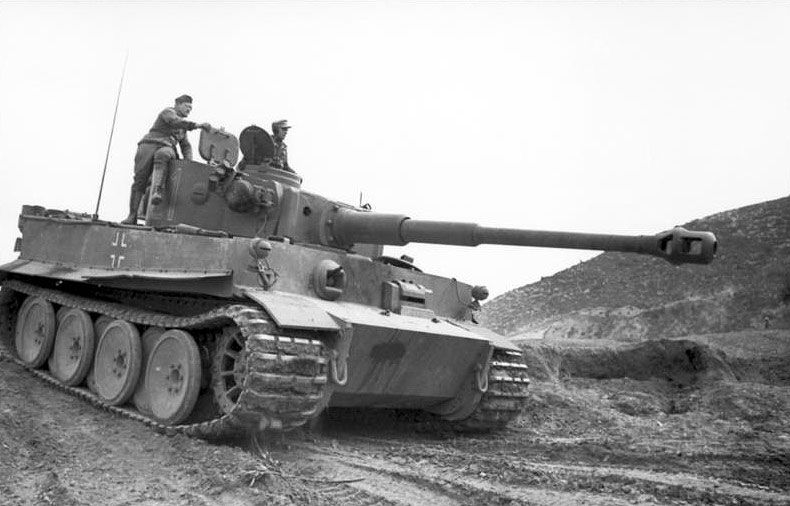
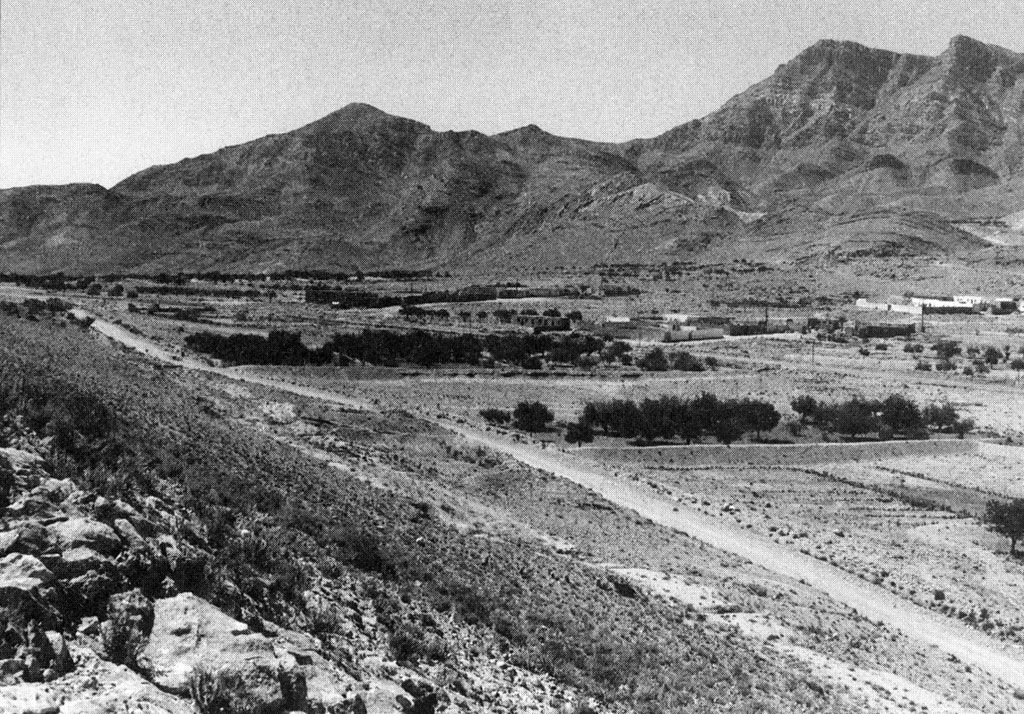
German Panzer Tank | Kasserine Pass where intense fighting eventually managed to stall the drive by Rommel to American supply depots in Algeria
We had been fortunate not to be impeded on our visits to sites that foreigners or for that matter anybody visits. Tunisia which was still being impacted by the COVID pandemic as was much of the world was reopening to tourism. However, almost all tourism is concentrated at the beautiful beach resorts along the coast, the troglodyte communities of Matmata, Tunis and Carthage and some Roman ruins such as Sbeitla and Jem. Many areas even in normal times as restricted because of security concerns especially areas near the Algerian and Libyan borders. Kasserine is located some 30 kilometers from Algeria and is what the US Embassy calls a "Code Red No Go Zone" where personnel are only allowed to go with military escorts in armored vehicles.
I, along with Abdellatif, had contacted numerous authorities and officials and they had indicated it should be possible to visit the places we were interested in but that letters needed to be sent to the governor's offices of each province to secure permission. I learned late the night before that the police chief I had been communicating with was only responsible for the Sbeitla area and that Kasserine was part of another governorate. It was decided that we would proceed and keep our figures crossed. I, as a former photojournalist who had covered numerous conflict zones and wars was confident we would prevail. Al, who as a US Army officer had experience dealing with foreign military personnel with his postings as a liaison officer in Taiwan, Hong Kong and China was optimistic as well. We pressed on.
The weather like clockwork started to change from cloudless blue skies and scorching heat to an ominous storm bank approaching from the north. Moisture from the Mediterranean Sea collects and intensifies as it passes through the Atlas Mountains gathering strength until it reaches the far south and turns into thunder storms, winds and rain. Just as we were approaching the first police (Gendarmerie) checkpoint outside of Kasserine, a driving rain storm swept through sending the policemen scurrying for cover.
As I would write in my recollections, “The adventure gods were smiling down on us.” Into the "Code Red No Go Zone" we went. With wind swirling about and intermittent wind we made a straight bee line through the grim, dusty, crumbling and congested town to the railroad station. On Google Maps, I had marked the it as our destination. It is where Rommel set up his headquarters and where a photo of US soldier sweeping for mines was taken after the Germans and Italians had pulled back when their offensive stalled in the pass. It was one of the only photos I knew precisely where it had been taken.
It continued to rain and we geared up in rain wear and went in search of the station. We stood out like sore thumbs being the only foreigners around, but projecting confidence we explored the area and found a way through a wall separating the railroad tracks that ran through the middle of town. It appeared that the railroad no longer ran to Kasserine. And there was the station. Almost exactly as it was back in 1943 almost eighty years ago. A few people crossed to the other side and two guys peered out from the station.
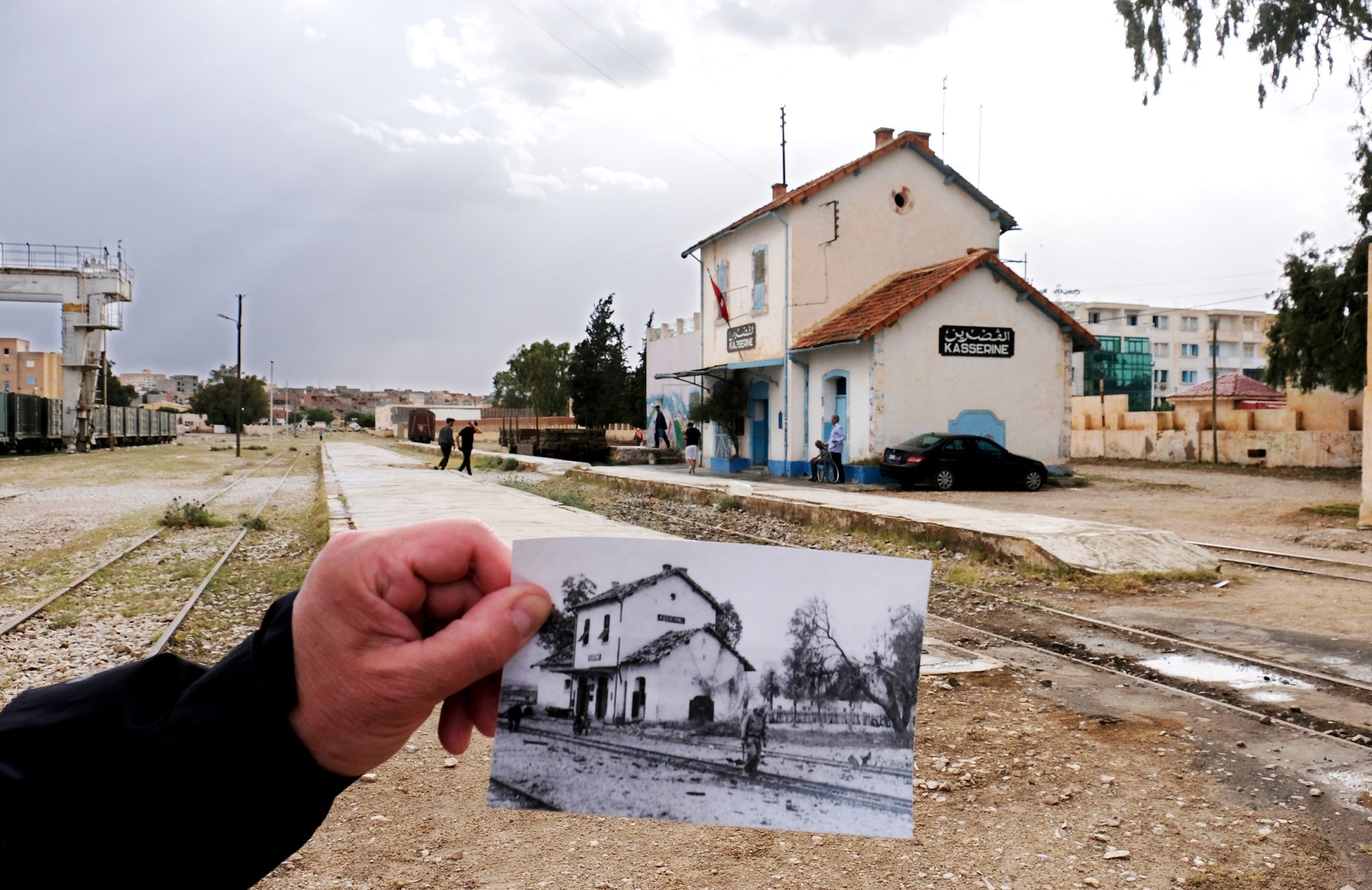
So far so good. With photos taken, we looked at each other and agreed, "Let's try and make it to the pass." Abdellatif who had disappeared, presumably scoping the place out and ready to run interference if citizens or police became curious, was back at the car. We had had an encounter earlier when hiking up Jebel Hamra. A man had come out of nowhere, and started yelling at us as we proceeded up the hill. He was on the other mountain and we continued the climb. He found the car which had been relatively well concealed under some trees. Abdellatif recounted how he had convinced the guy who claimed he was "the guardian of the mountain," that it was not in his best interest to notify the authorities and that as a descendant of the Prophet he could be trusted and everything was alright.
Outside of Kasserine we approached another check point. This one was a National Guard post and well manned and the soldiers attentive. I slowed down and they waved us through. "OK, travel angels still with us." Abdellatif was getting a little nervous and so we decided to proceed far enough up the pass to where the first line of US defense had been set up.
On 19 February 1943, a coalition of American infantry, Ranger, engineer and artillery battalions supplemented by a French artillery battalion initially repelled a German reconnaissance unit and dug in blocking the pass and adjacent mountains. Rommel committed the 10th Panzer tank units with the Afrika Korps Assault. The positions were overran during the night and the German panzer grenadiers and Italian Bersaglieri advanced up the pass inflicting heavy casualties on the Americans. The Italian Centauro Division assaulted the road leading to Thala and after a prolonged fight and losing their commander they prevailed and pushed north. British armoured divisions arrived from the north and bolstered the US defensive position outside of Thala and at Jebel El Hamra near the Algerian border and the Axis offensive was halted. German General von Arnim wanted to push the offensive but Rommel was opposed, knowing that the Allies would continue to reinforce their positions and they had the upper hand in the increasingly narrow passes. The German were low on supplies and fuel and were already outmanned. After overnight consultation with Field Marshal Albert Kesselring, the overall commander of German forces, Rommel won out and the German and Italian armies started to pull back leaving the Allies to reclaim the lost territory. This was one of the Axis last offensive of the two-year long war in Africa.
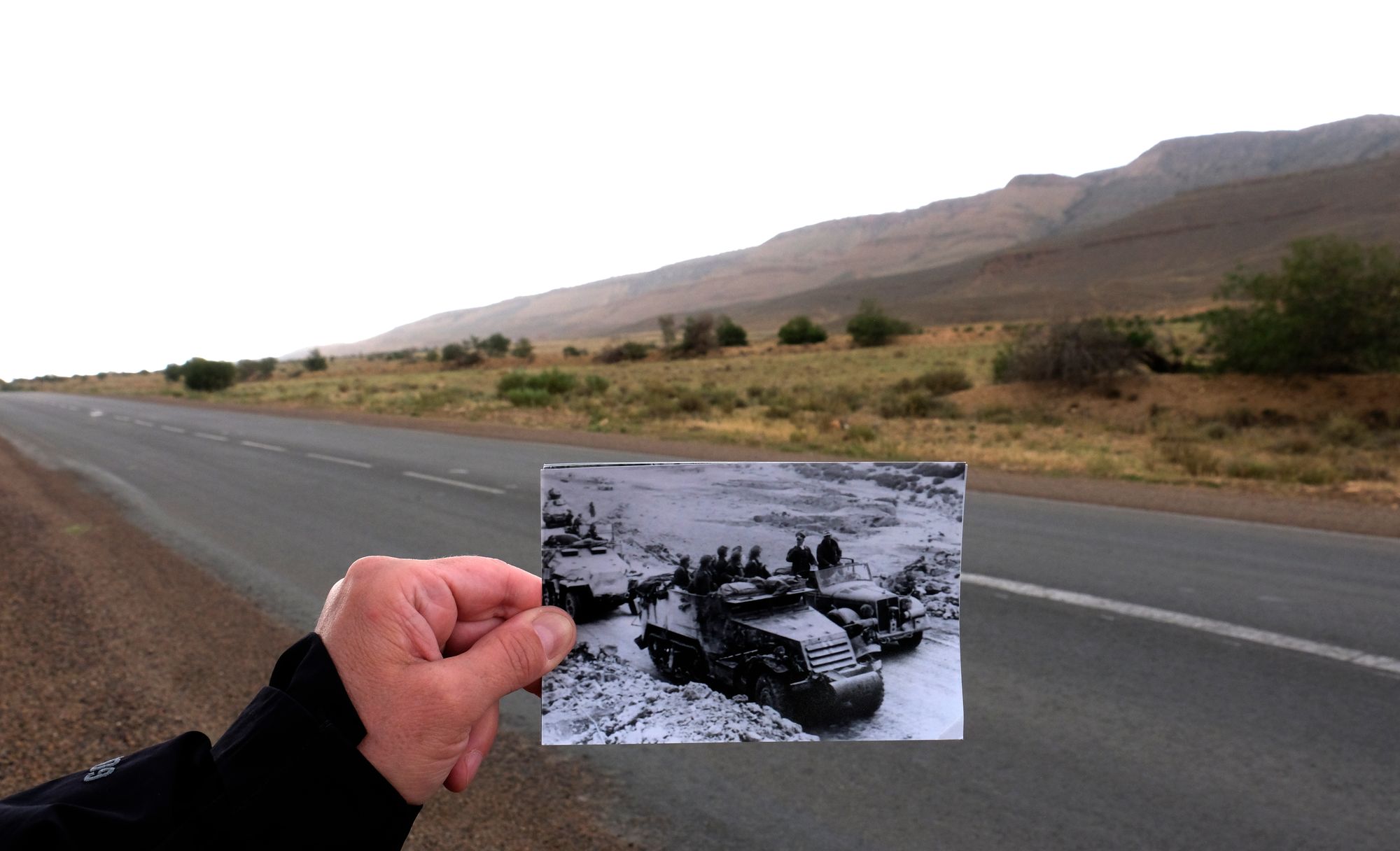
The toll |
United States
3,300 killed and wounded
3,000 POWs
183 tanks lost
616 vehicles lost
208 guns lost
Free France
500 killed and wounded
Total:
10,000 casualties
Germany
989 killed or wounded
608 captured
20 tanks lost
67 vehicles lost
14 guns lost
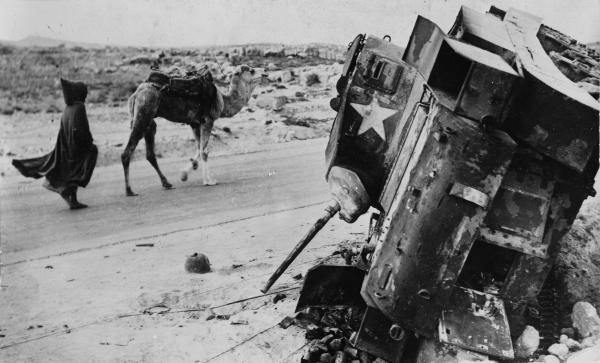
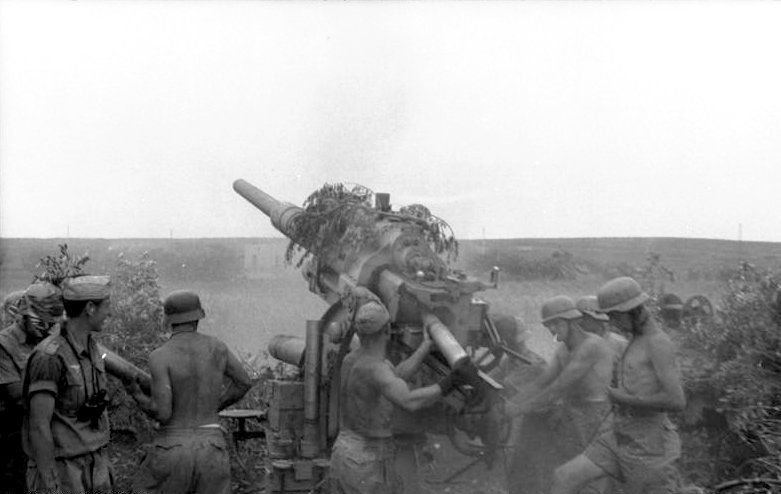
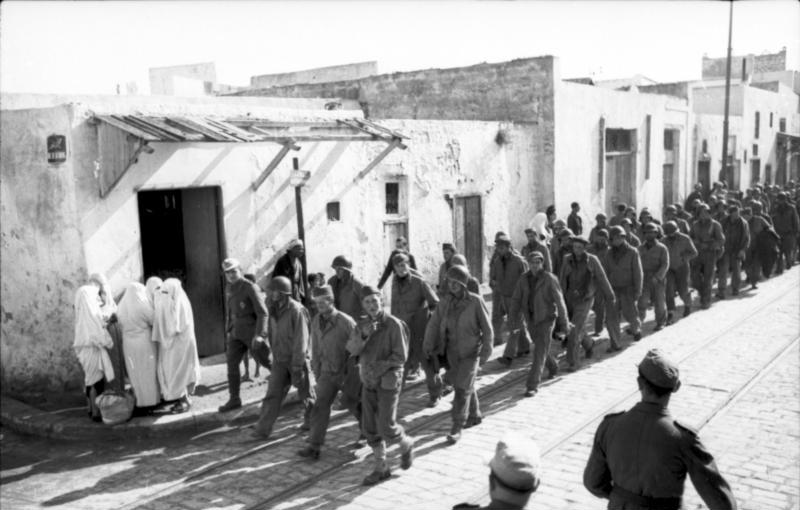
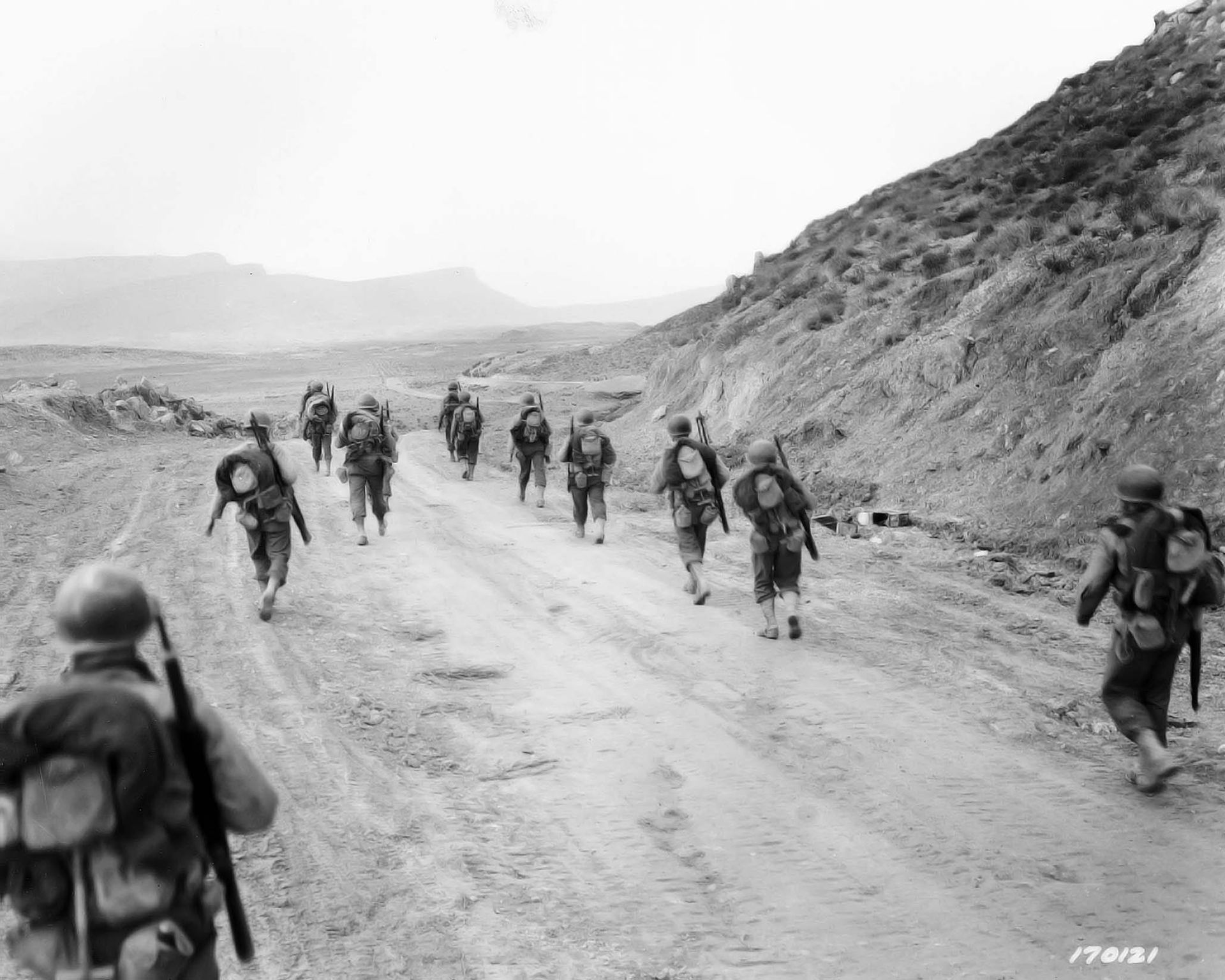
Destroyed US tank | German artillery in action | captured American soldiers | US soldiers march through pass after German withdrawal | Kasserine Pass
We had pulled over at the 12 kilometer marker where the pass narrowed and the roads diverged - one going towards Tebessa and the other to Thala. There was little traffic on the road, but with foreigners stopped on the side taking photos and looking around, it might appear a bit suspicious. Also considering that we were on the slopes of the closed Jebel Chambi National Park where there had been reports and incidents involving groups suspected of terrorist ties, we would not be dallying long. I completed my pictures with the assistance of Al, as wind was hampering holding the photos steady. One quick, rushed photo of us by the marker and it was time to roll.
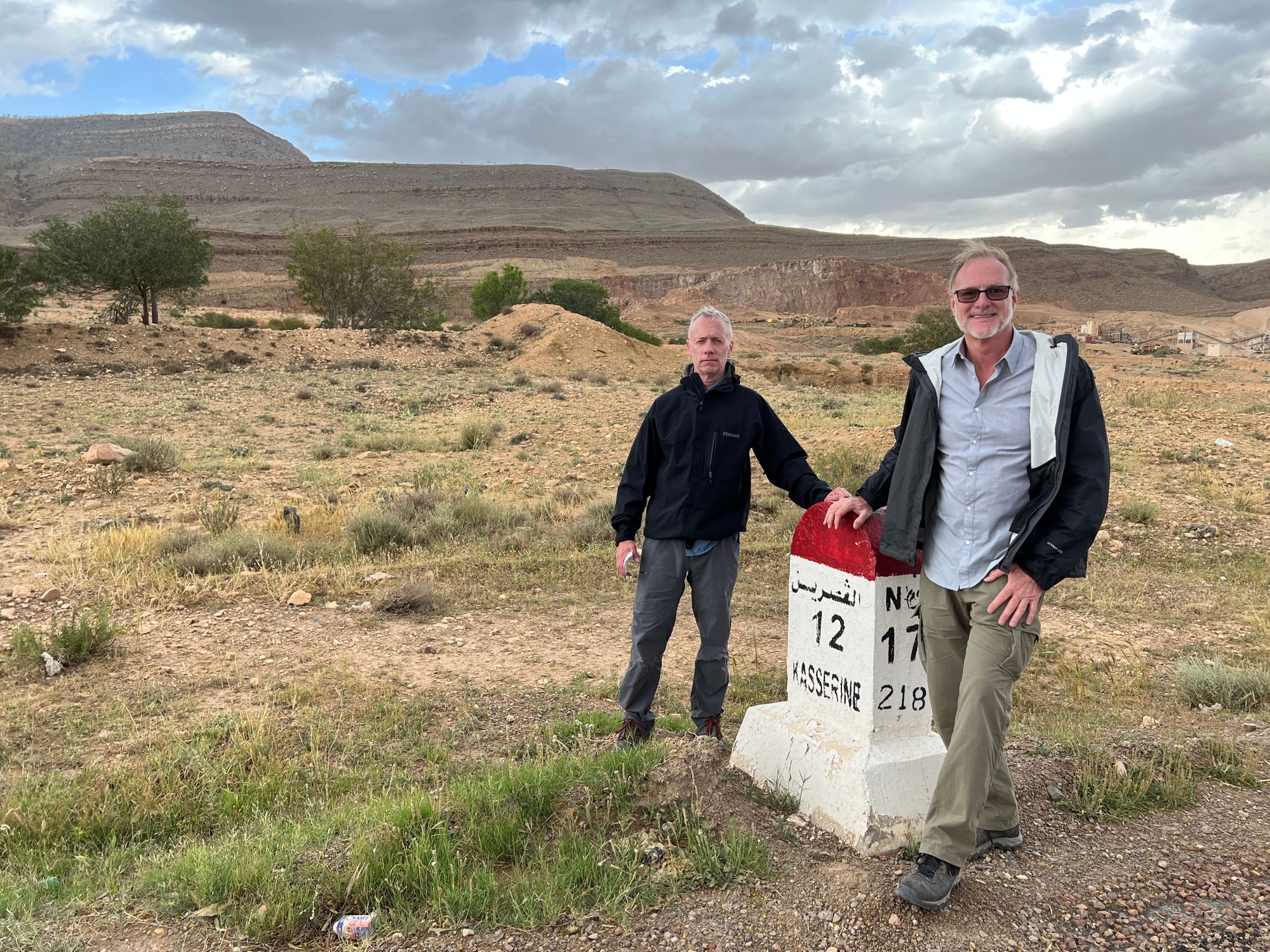
"All good, humduallah", as we say in the Middle East and we were turned around and heading back. We still had the National Guard checkpoint to negotiated and as we approached it we were waved over by a young soldier. "Oh no", I thought "our luck has run out." I rolled down the window. He looked in. Abdellatif said something, and he smiled and waved us through. "Humduallah"
It was late afternoon and we still had over a 100 kms to our next destination and our accommodations at the Hotel Jugurtha Palace in Gafsa. We had succeeded in visiting one of the most important and significant battles of World War II where the US Army had taken a beating and would regroup and reorganize and go on to defeat the war-hardened Nazi military machine and liberate Tunisia.
We drove along the almost deserted highway skirting the Algerian border as the sky darken and storm clouds formed. We diverted off the main road to investigate one of the critical airfields that had been constructed that would eventually lead to air superiority and victory. It was still there, completely fenced off. It was drizzling now and I could imagine how the hard dirt surface could quickly turn to a quagmire. We were in May when the rains were light and the weather moderate. Winter is when large storm systems move over Tunisia dropping the temperature and even snowing in the Atlas Mountains. I could see how the unanticipated winter weather - US war planners had not factored in cold and drenching rains - had impeded the US advance across these beautiful but hostile mountains in the Battle for Tunisia.
T0morrow would be different. Abdellatif who had arranged for the Director of the Patton Museum to give us a tour of the El Guettar battlefields, now informed us that an official delegation including the mayor of El Guettar would be welcoming us at La Mairie (City Hall) tomorrow morning.
El Guettar |
After the debacles of Kasserine Pass, Sidi Bouzid, Sebeitla and Faid, Eisenhower reorganized II Corps and placed in under Lt General George S. Patton's command. The Axis forces after some limited holding action battles had withdrawn and were now dug in at strategic mountains and hills protecting the coastal plains area and their southern front which faced the approaching British 8th Army - resupplied from the now functioning port of Tripoli. Rommel had left Africa on 9 April to take over the defense of Fortress Europe and Afrika Korps was now commanded entirely by von Arnim. The Italians by General Giovanni Messe.

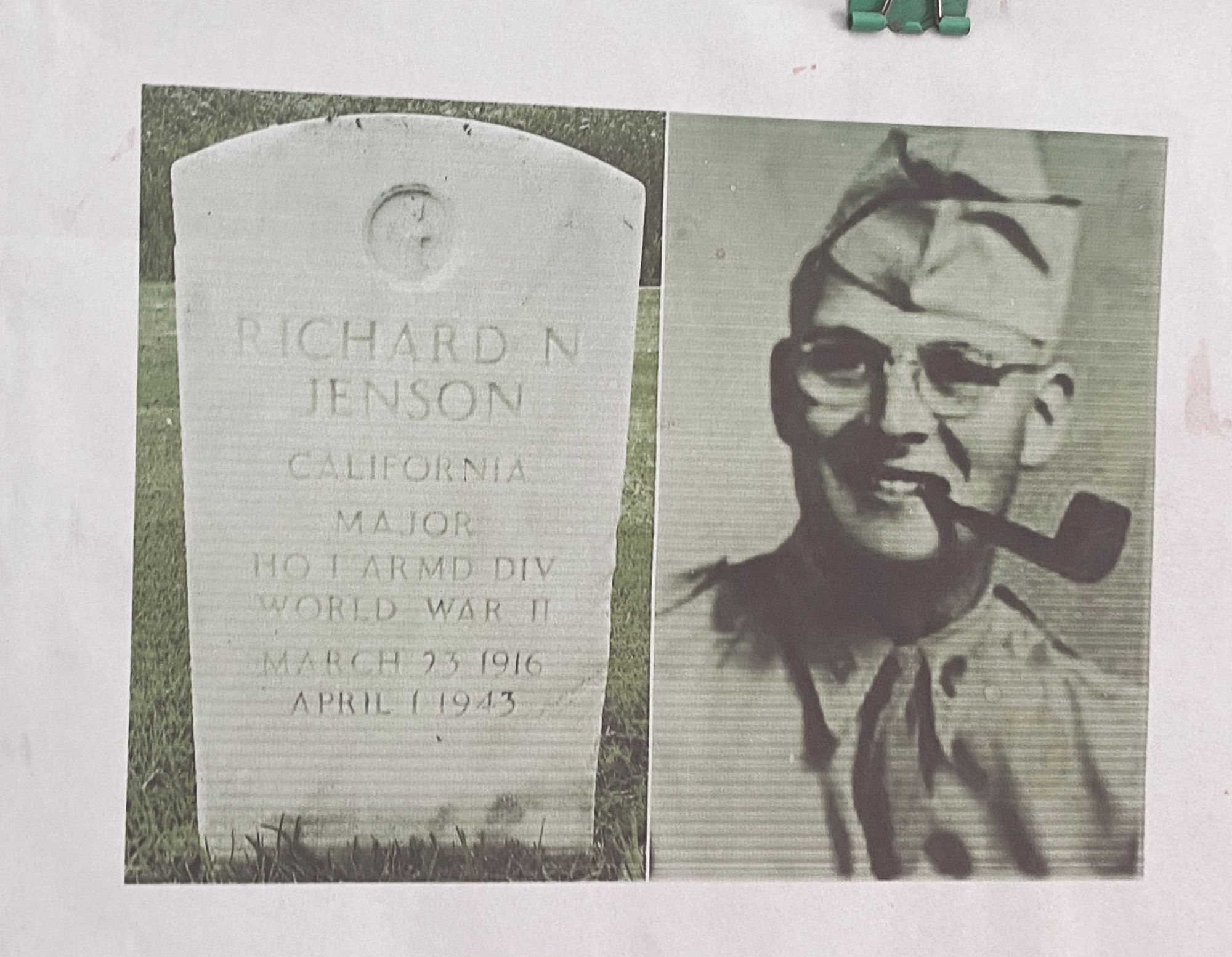
Al stands among fox holes on Wop Hill | the German offensive was turned back here | Patton's aid-de-camp Major Richard Jenson depicted in an emotional scene from "Patton" was killed nearby
After the poor showing by the Americans, von Arnim shared Rommel's opinion on the low quality of the American forces and decided to strike again and clear the threatening Allied forces from the Eastern Dorsal region of the Atlas mountains.
____________________
17 May 2022 | We had a long day ahead of us and checked out of the hotel early to quickly visit some Roman cisterns where US soldiers had bathed during their multiple occupations of Gafsa. It changed hands three times during the six month long Battle for Tunisia.
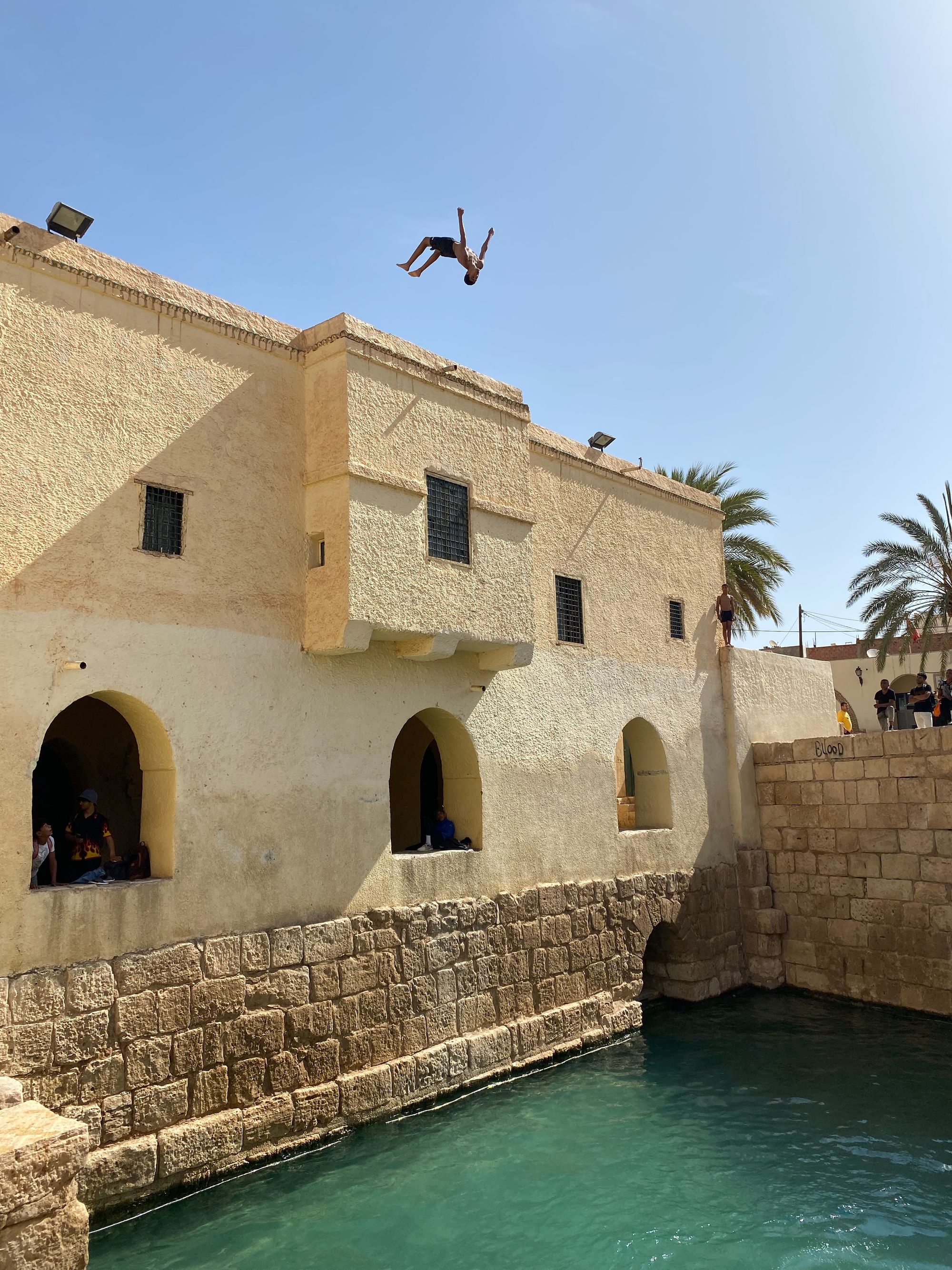
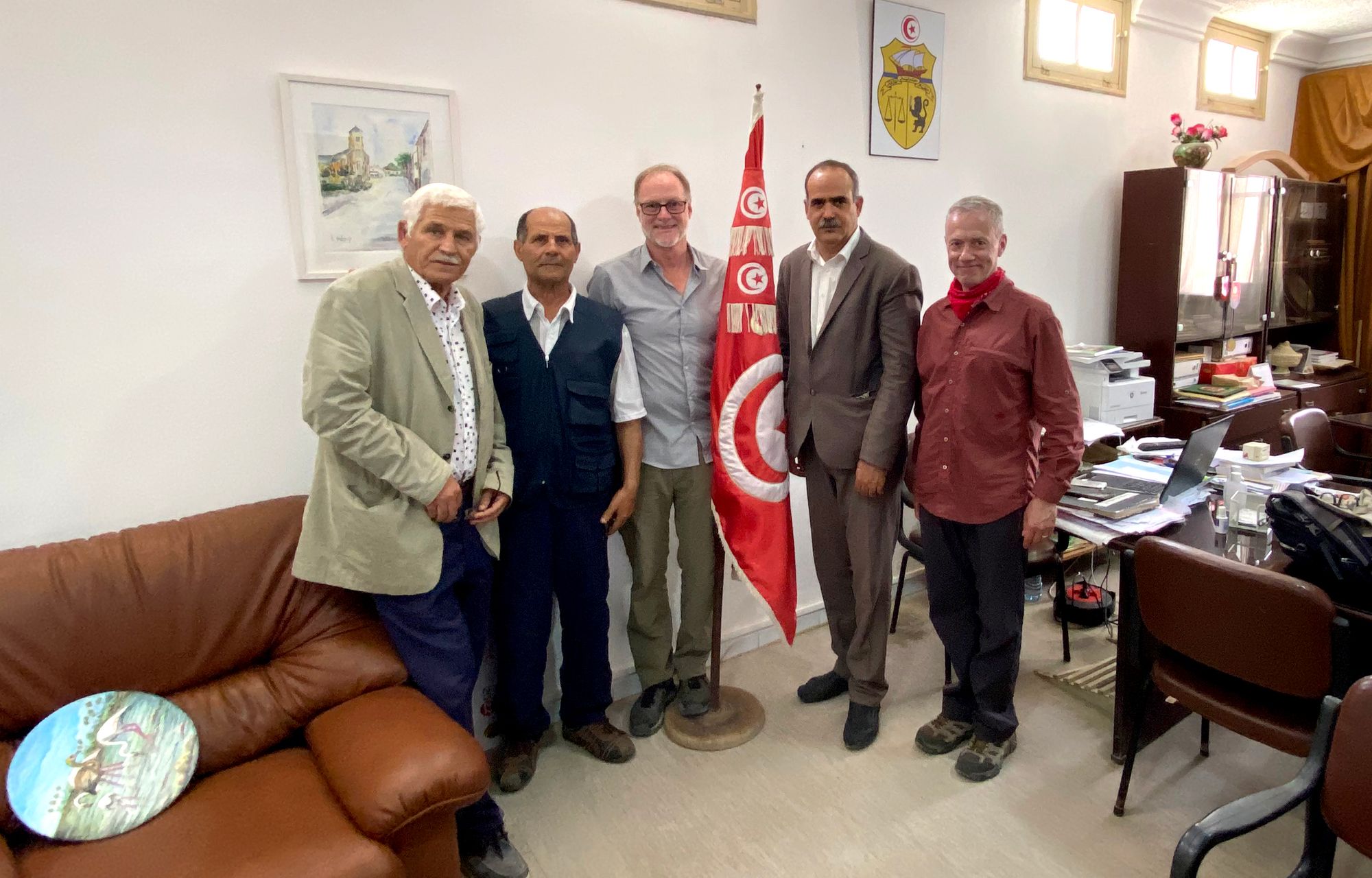
A youth dives into the same Roman baths that US soldiers washed in | Gafsa | L to R: Hadi Abid, Abdellatif, me, Mayor Ammar Mabrouk, Al | El Guettar
On the outskirts of El Guettar we met up with an escort car and proceeded to meet the mayor and dignitaries. There had been talk of taking us to an irrigation project tour now that we were official VIP guests. I was very wary because I know how these local project tours go, having done them many times as a news photographer. Abdellatif handled it and we proceeded straight to the Patton Museum with director Hadi Abid to start the day's tour. Following discretely behind us was a security detail in a white Land Rover.
First stop - the museum which was specially opened for us and was the personal lifelong project of Hadi. He is a passionate historian and talked non-stop about whatever mishmash artifacts he came across as he led us through the museum. Most of it was dedicated to the Battle of El Guettar but there were other displays with bones and supposed artifacts from pre-historic caveman sites.
Patton Museum Director Hadi Abid explains displays | French language | 3 minutes
On the morning of 23 March 1943, von Arnim, using 50 tanks from the 10th Panzer Division and motorized halftracks and motorcycles with machine-gun mounted sidecars, launched his attack. The assault met with initial success overrunning American forward infantry and artillery positions but soon got bogged down in minefields. The Americans took advantage of the German regrouping and hit the tank columns with artillery and newly arrived M10 anti-tank guns. 30 German tanks were destroyed and by 9am the battle was over and the Germans retreated from the valley. Another assault was made in the late afternoon but it soon met concentrated and accurate artillery fire and suffered major casualties before withdrawing and digging in on the mountain slopes down the valley.
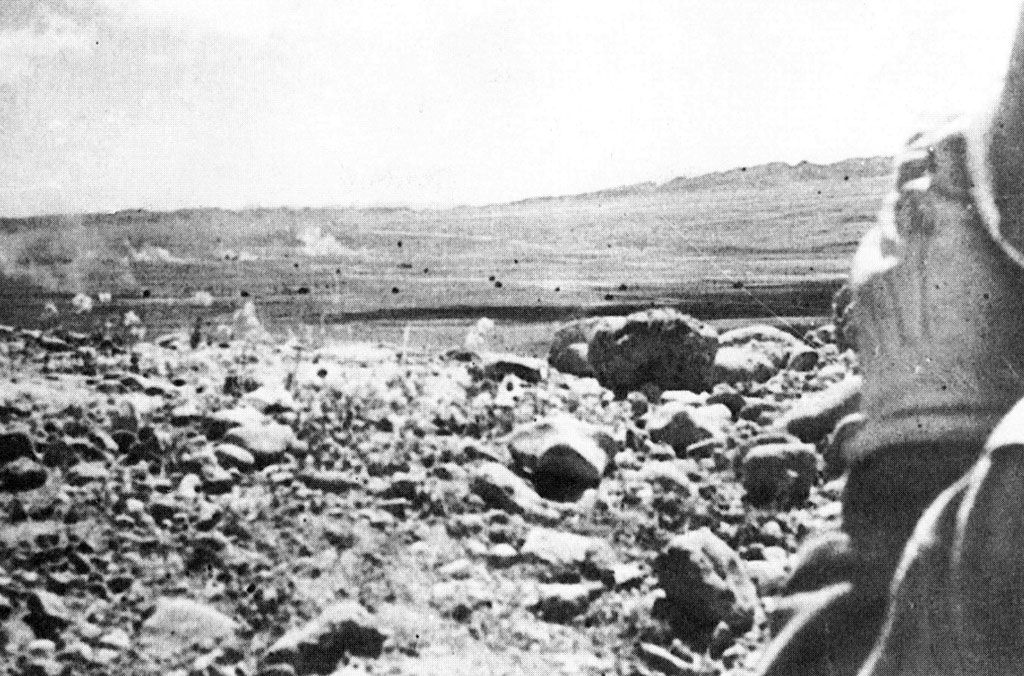
The Battle of El Guettar and Maknassy Pass to the north would continue for another 10 days with US and British forces slugging their way eastward fighting entrenched German and Italian forces in easily defended mountain and hill top redoubts.
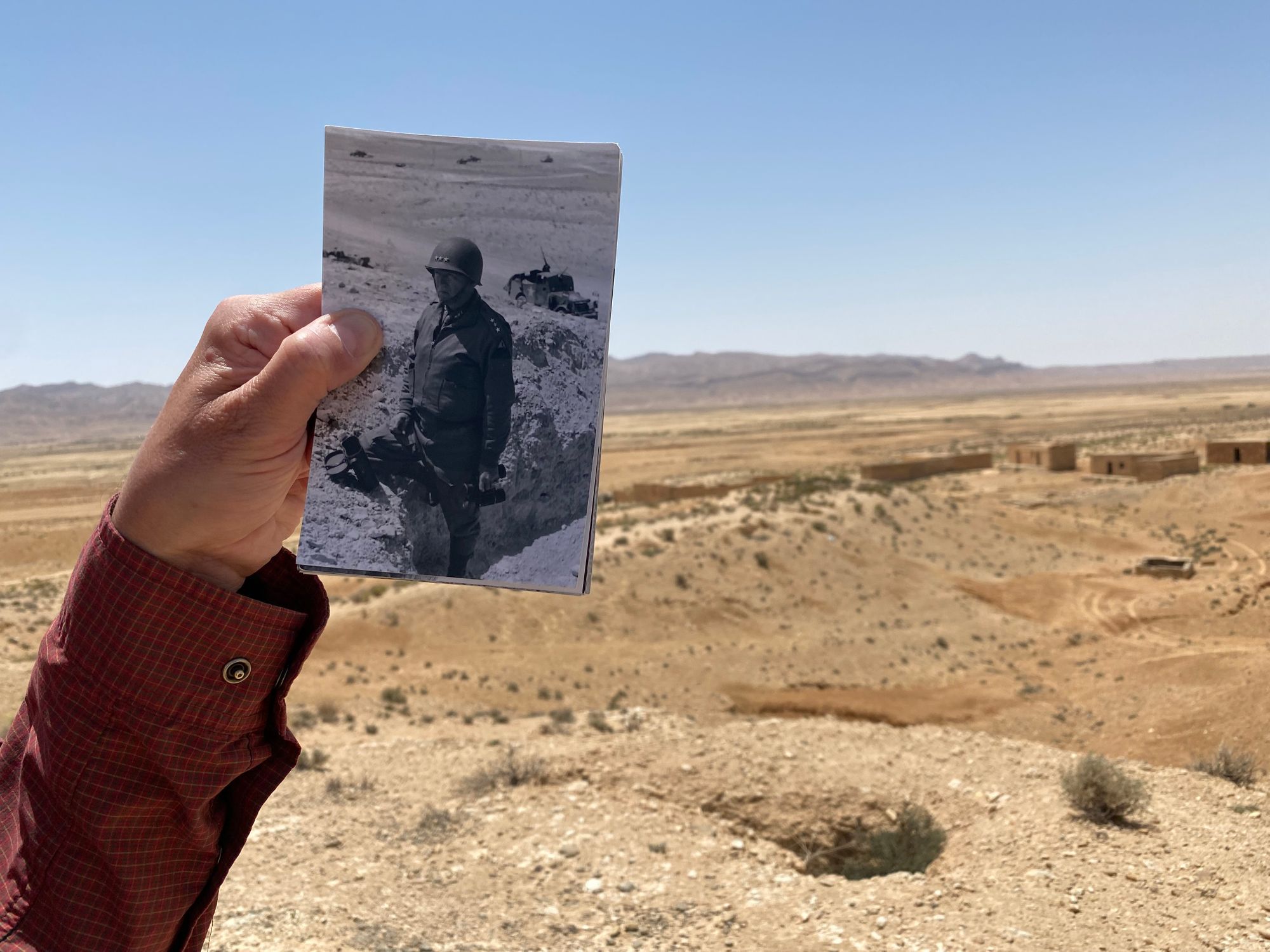
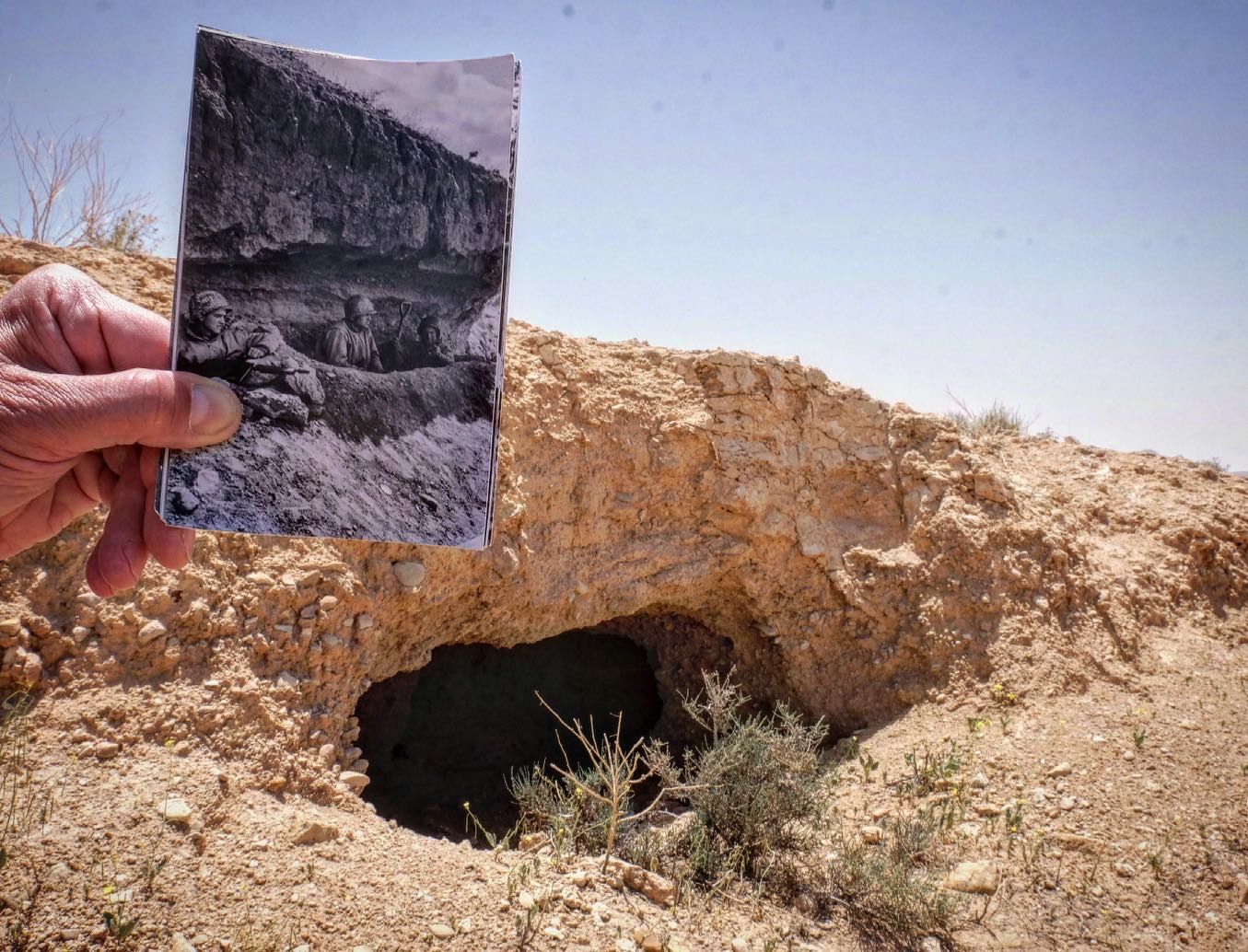
Patton visits the valley where von Arnim attack was turned back | an American defensive position | Wop Hill
The Toll:
22 tanks lost
4 halftracks lost
4,000–5,000 killed or wounded
Jürgen von Arnim and Giovanni Messe
37 tanks lost
4,000–6,000 killed or wounded in 3 weeks
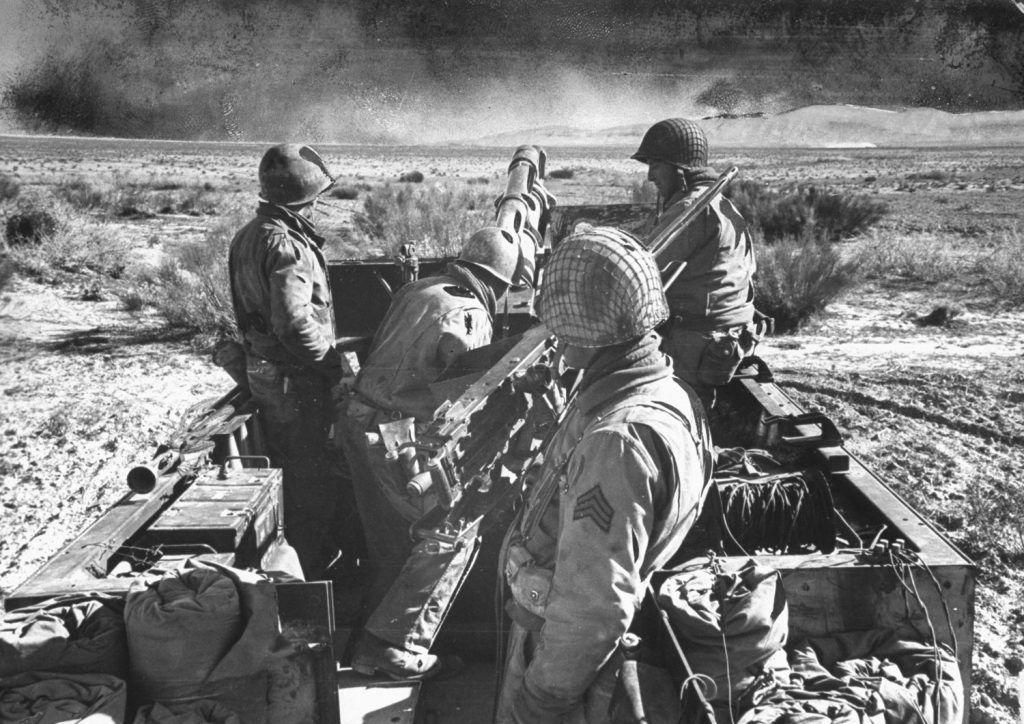
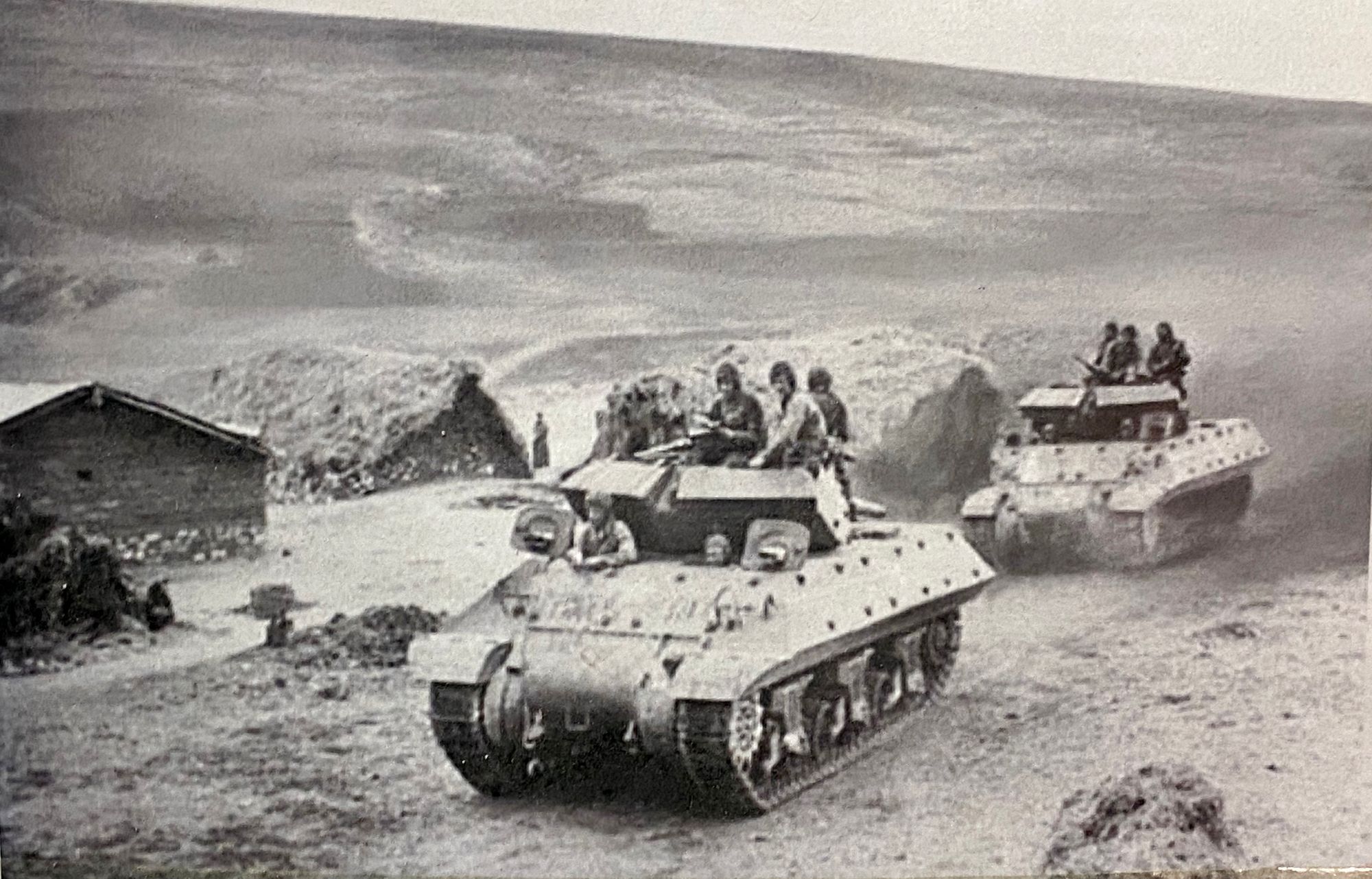
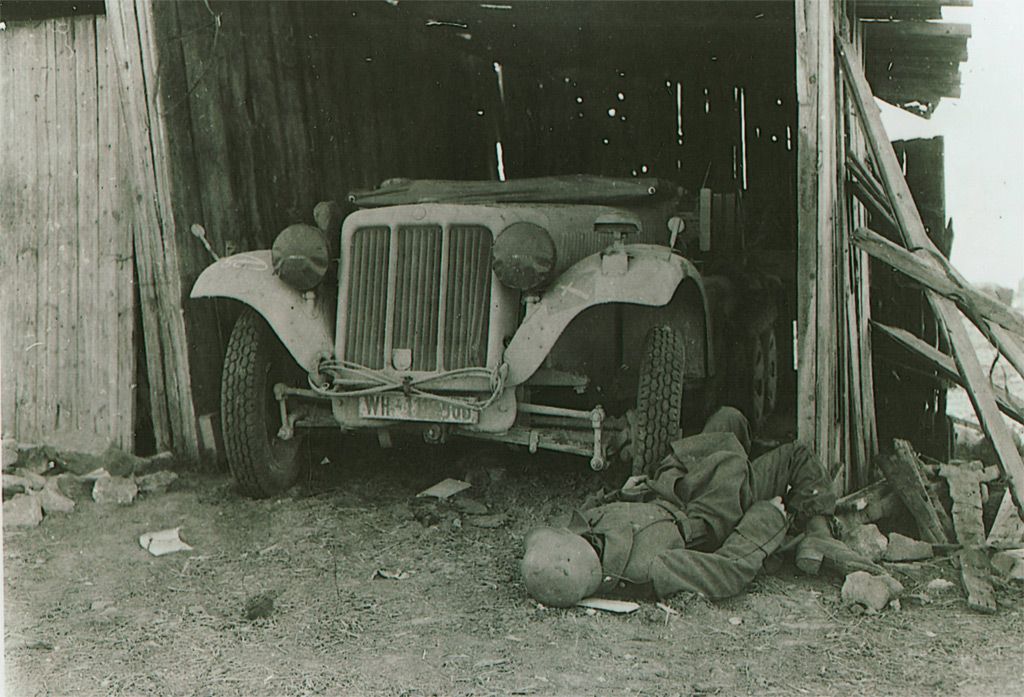
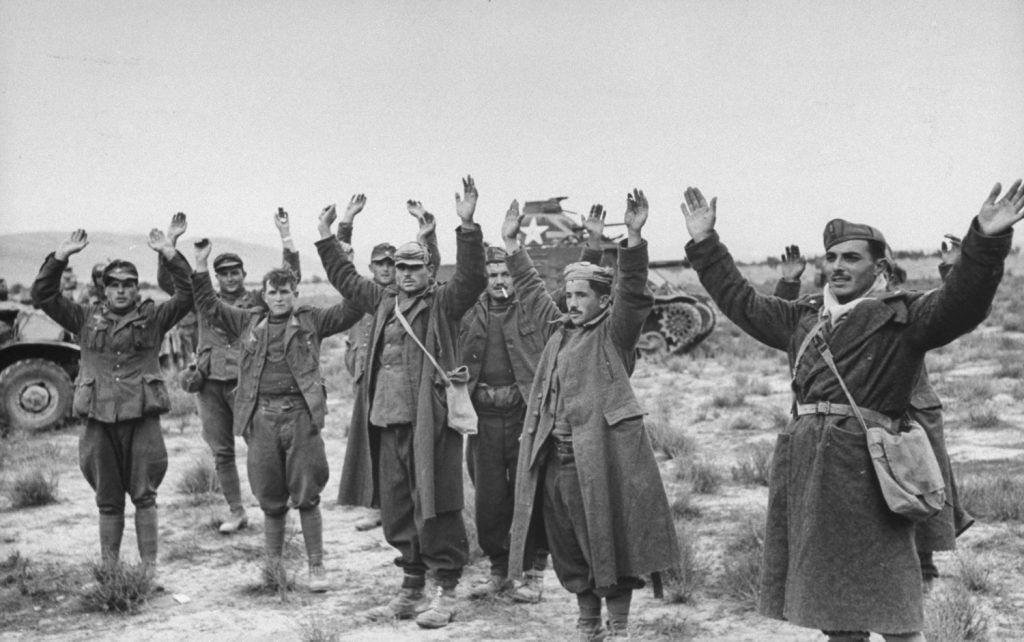
US artillery in action | US tanks advancing | El Guettar | German casualty | captured Axis soldiers | Sened
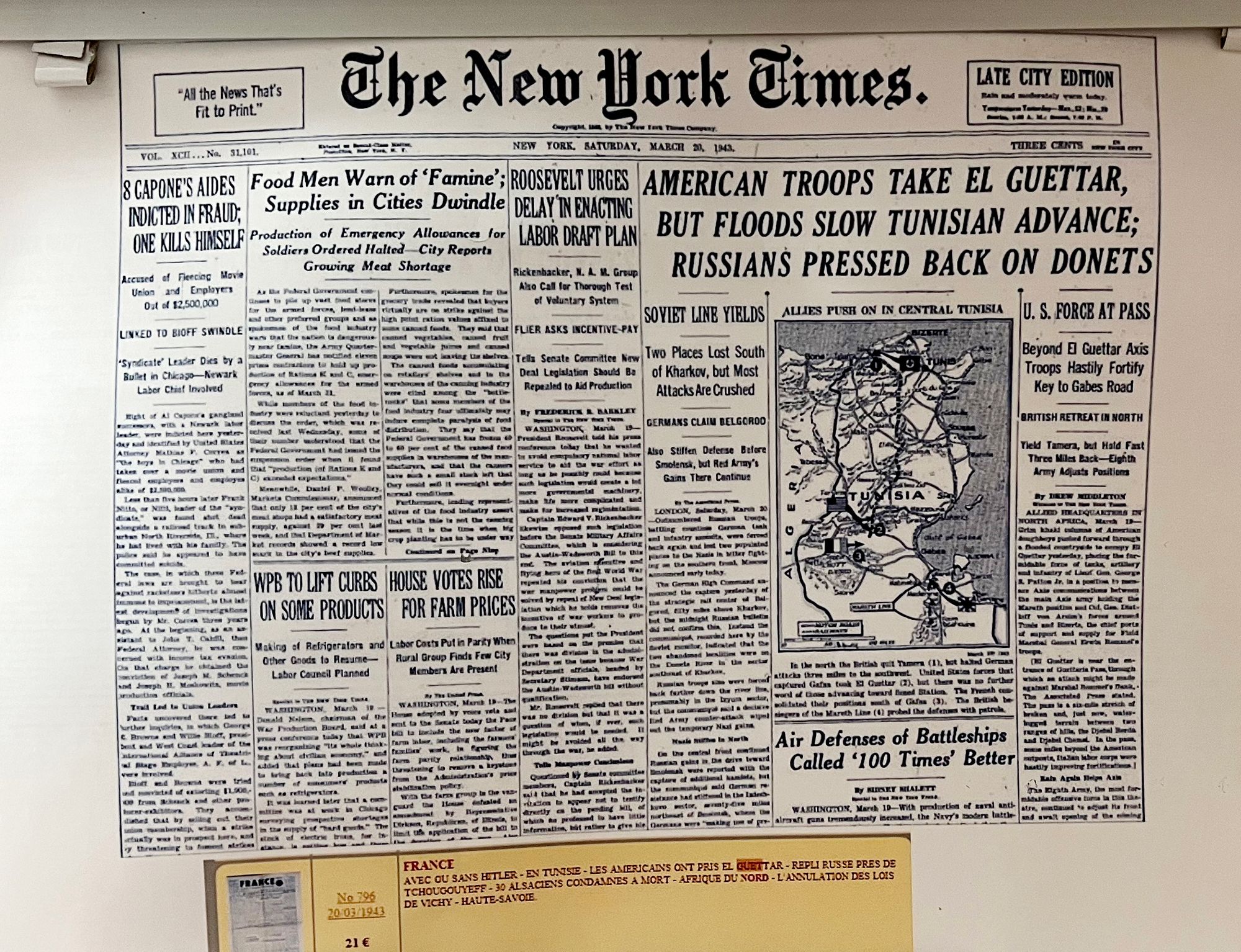
Mareth Line |
170 kms to the southeast, British General Bernard Montgomery, now resupplied, and newly arrived in Tunisia with the 8th Army launched a series of frontal attack against the French-built fortified bunker complex of the Mareth Line. Crossing muddy wadis (seasonal rivers), mine fields and razor wire, the night assaults were able to reach the far bank where ladders were deployed to attack the bunkers. The Mareth Line constructed to protect French colonial Tunisia from Italy's Libyan colony and now manned by Italians and Germans was impregnable and the British and Commonwealth soldiers were turned back with substantial losses.
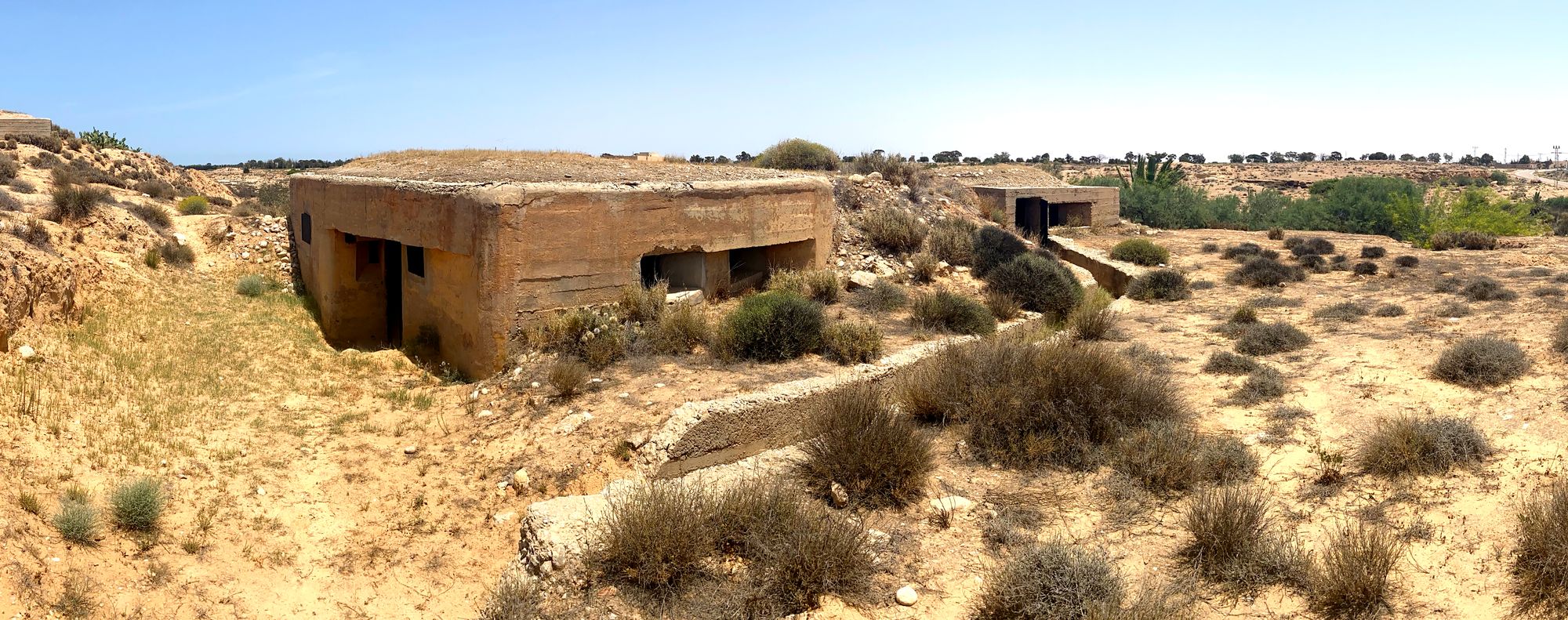
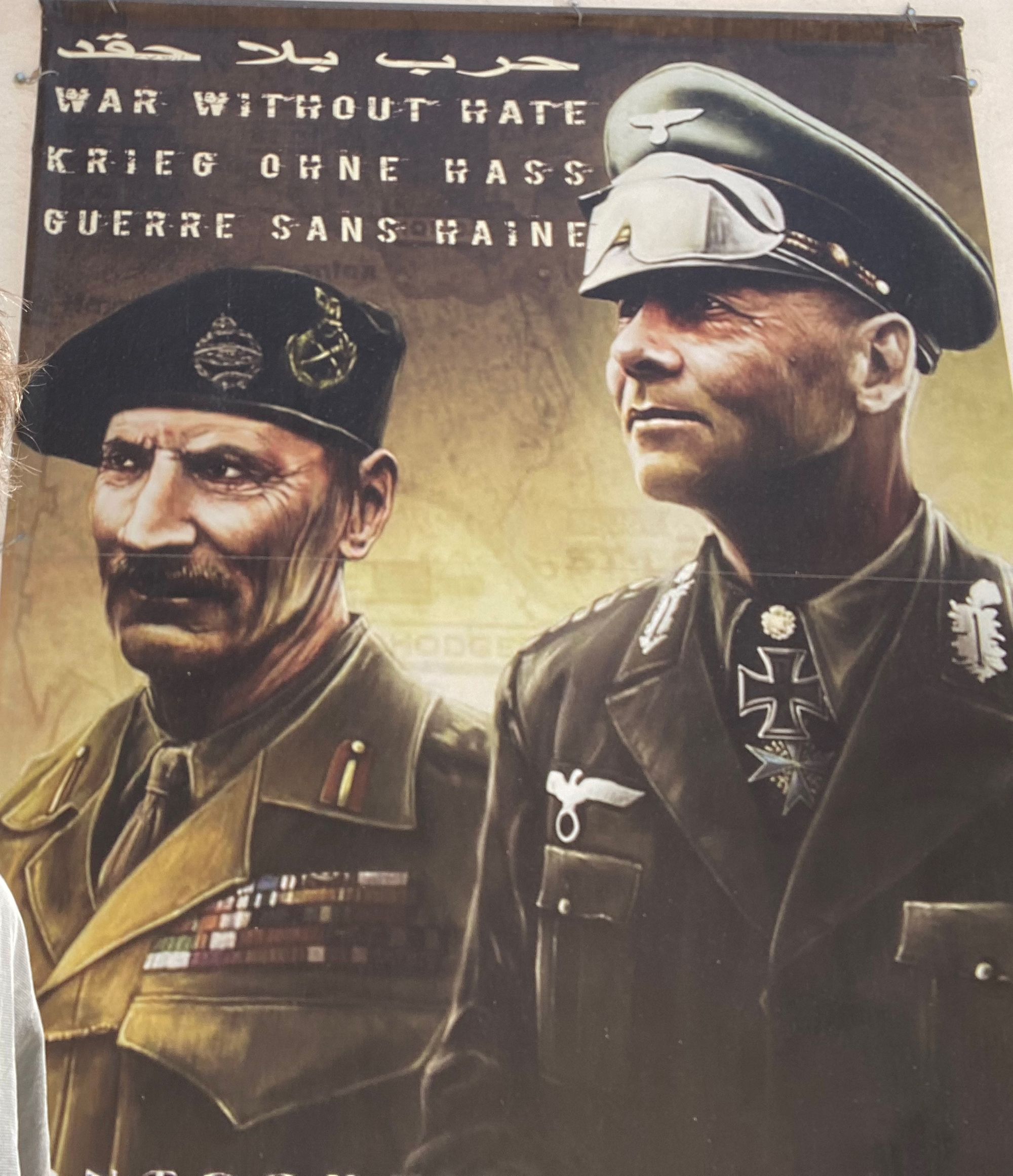

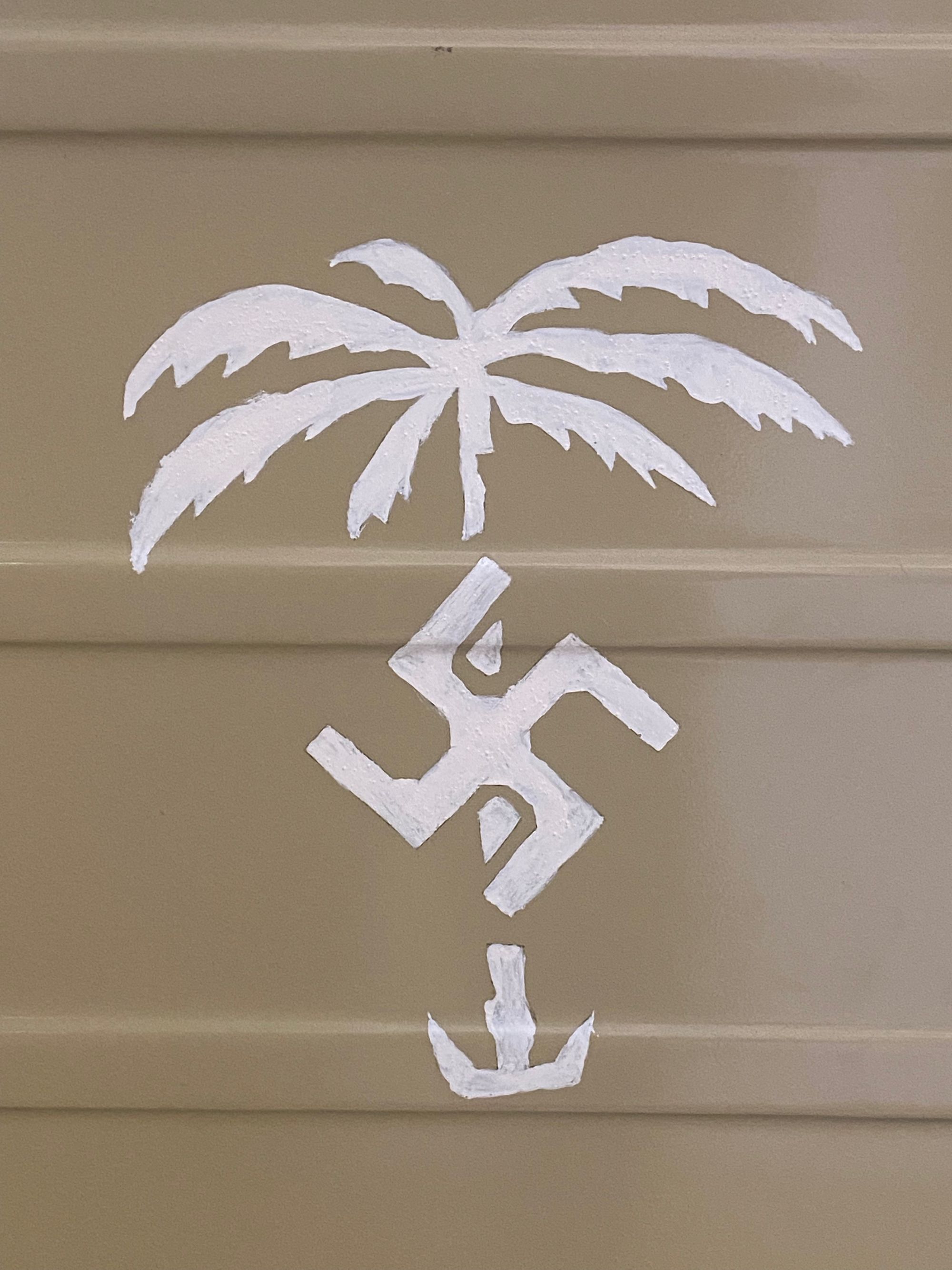
Mareth Line bunkers | Montgomery and Rommel mural "War without Hate" | Afrika Korps emblem | Museum of Mareth Line
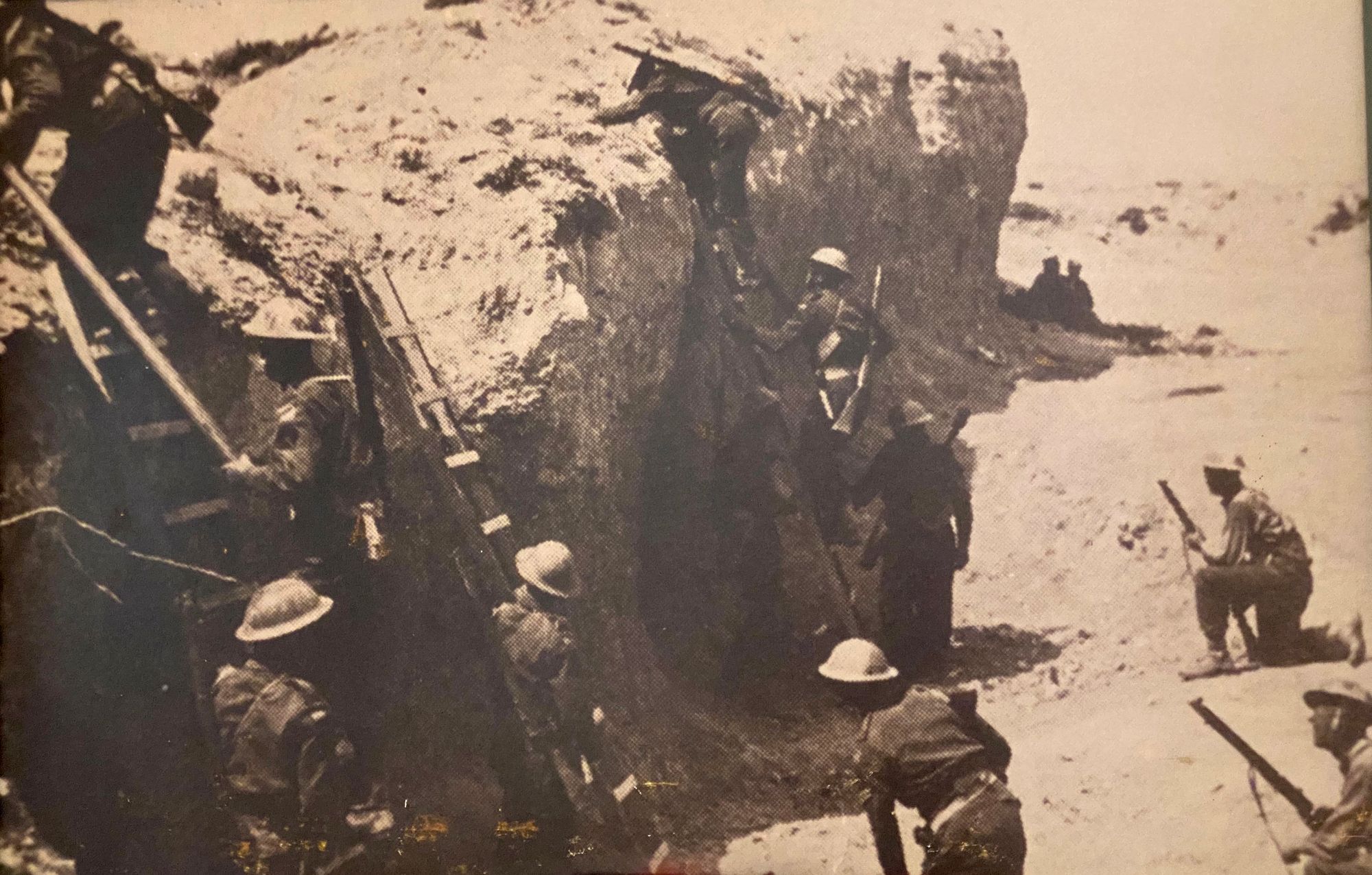
With the failure to breach the Mareth Line, Montgomery ordered the New Zealand Corps on a dangerous and daring left hook through the Matmata Hills where troglodytes lived to attack the rear of the German and Italian forces at El Hamma. The combined German and Italian Armies were now commanded by First Italian Army General Giovanni Messe. German General von Arnim was leading the fight in the north of the country.
Inside the Mareth Line bunker complex system | 2 minutes
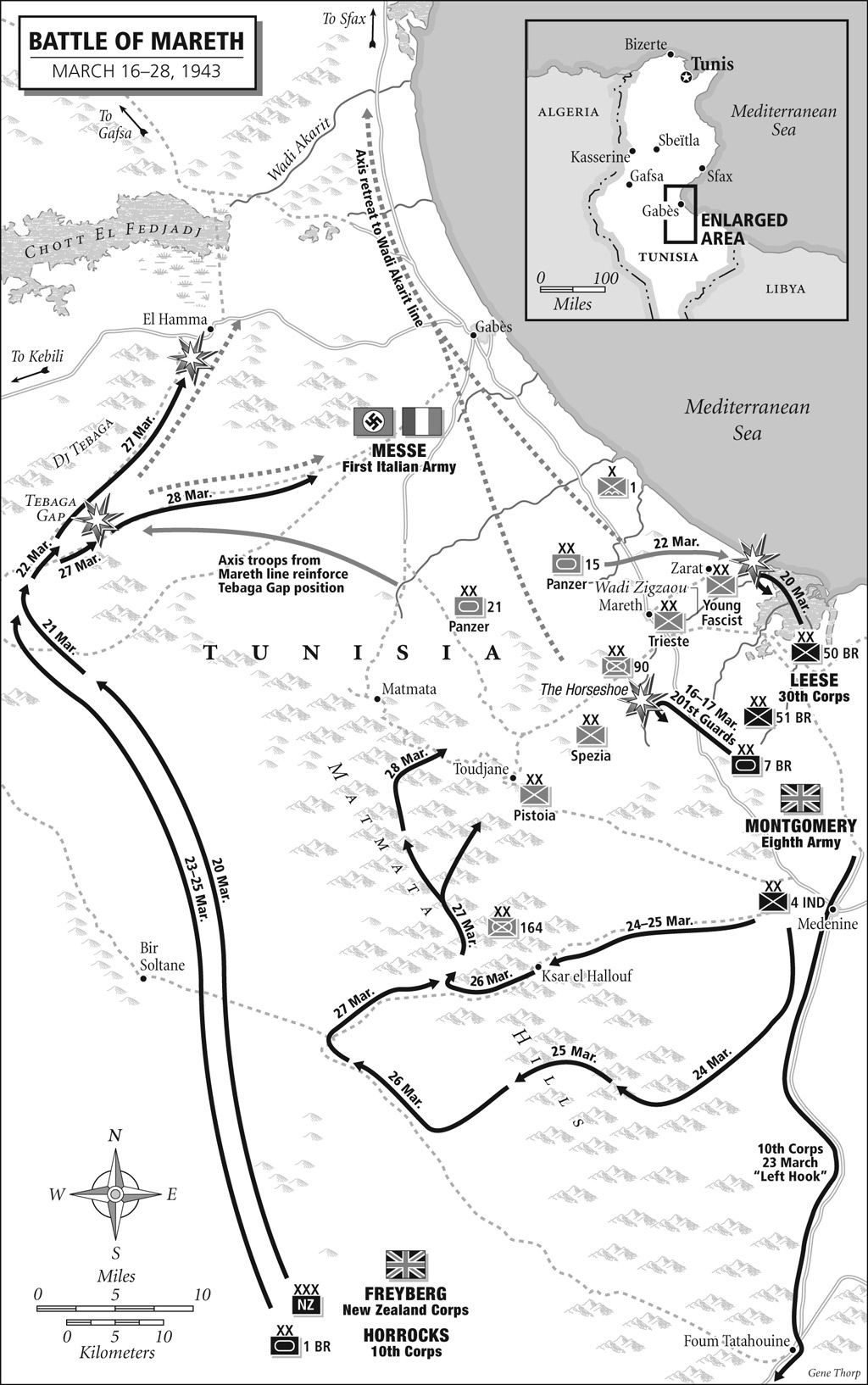
_________________________
After a long and rough drive from El Guettar over an unimproved road that Google Maps had directed us to we arrived at sunset in Matmata where many inhabitants still live in caves. As it turned out the 18 kilometer dirt road that Google Maps had directed us to was the route that the New Zealand Corps advanced on El Hamma after engaging and pushing back the 164th Light Afrika Division and 21st Panzer Division at the Tebaga Gap.
We made a quick tour of one of the Star Wars sets and an abandoned troglodyte cave community and headed to the Museum of Mareth Line. It was being opened especially for us and officials were expecting us in the morning.

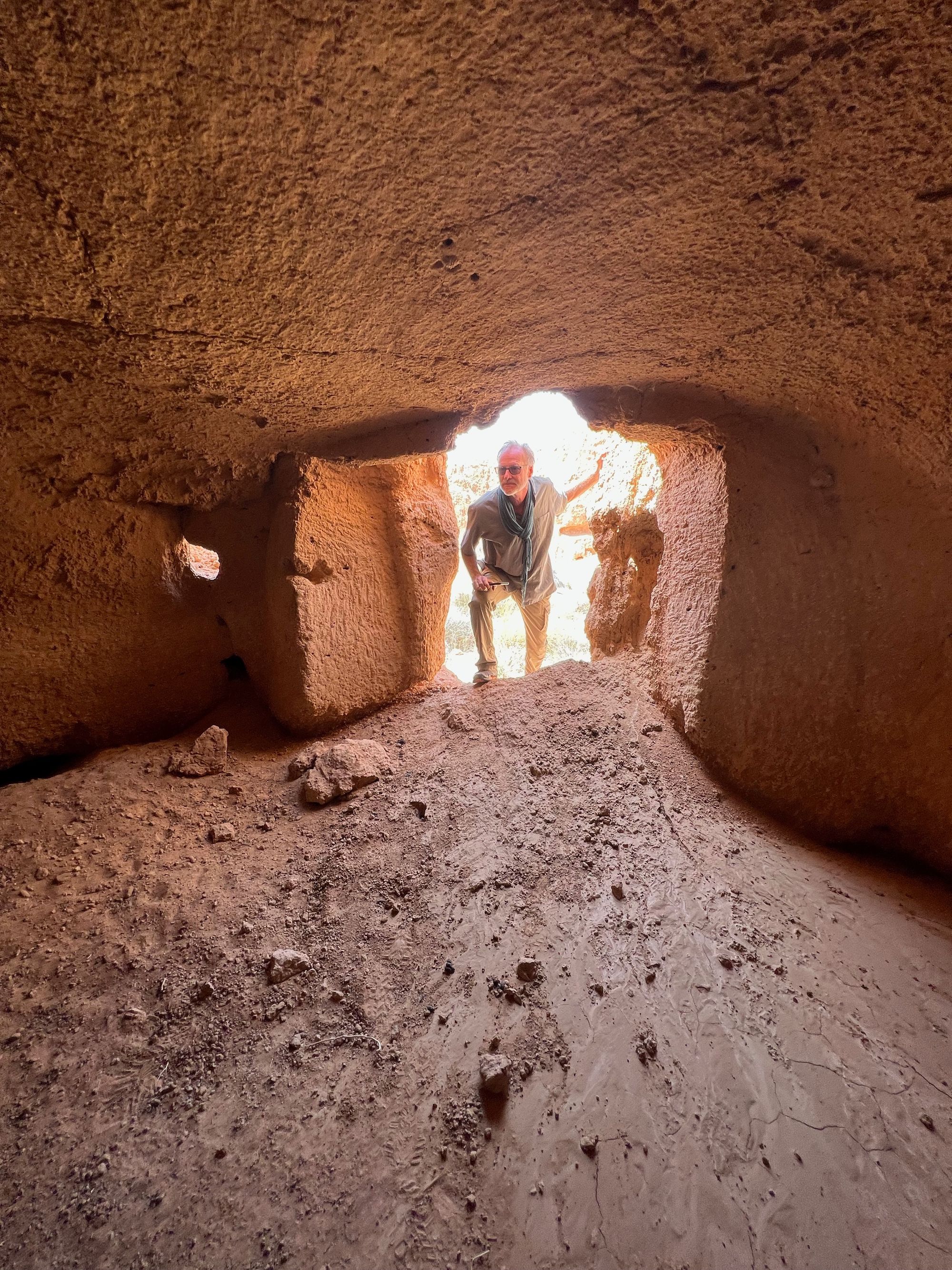
Panorama Star Wars cantina set | abandoned troglodyte dwelling | Matmata
After a tour of the museum by Tunisian military public affairs officer Mohammed Ali Attafi who spoke impeccable English, I asked him if he knew the location of Rommel's Bunker. During my research I had come across some videos where adventurers had explored the area and found the bunker complex. None of the videos or any other sources of information that I scoured the internet for gave the location of the bunker. One video claimed it was too dangerous because of the hostile environment and its isolation in the uninhabited desert. "It is not for the fainted hearted," it concluded.
Mohammed gave us precise instructions and even pinpointed it on Google Satellite. I marked it and after an 8 kilometer, 15 minute drive, the last three kilometers over a dirt track we arrived at the complex which now overlooks the under construction Gabes to Mareth hi-way.

The three-part bunker complex has long corridors that go deep into the mountain with some small rooms dug into the hillside making them impervious to bombs. There is no indication of damage. There was little graffiti, no garbage or human presence that often mark such abandoned places. It was strange to imagine that this place was where the legendary Desert Fox had directed much of the Battle for Tunisia from November 1942 to March 1943.
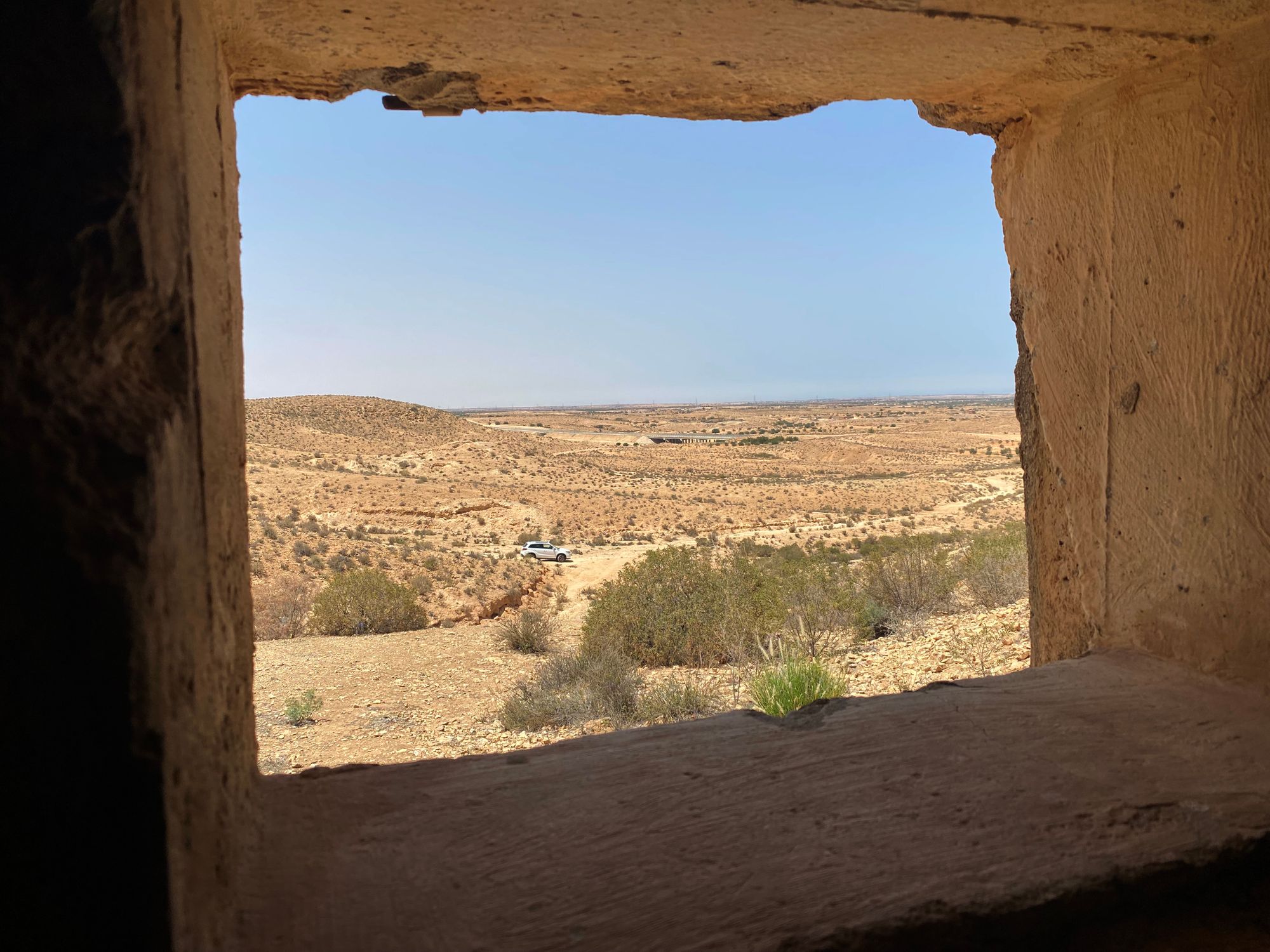
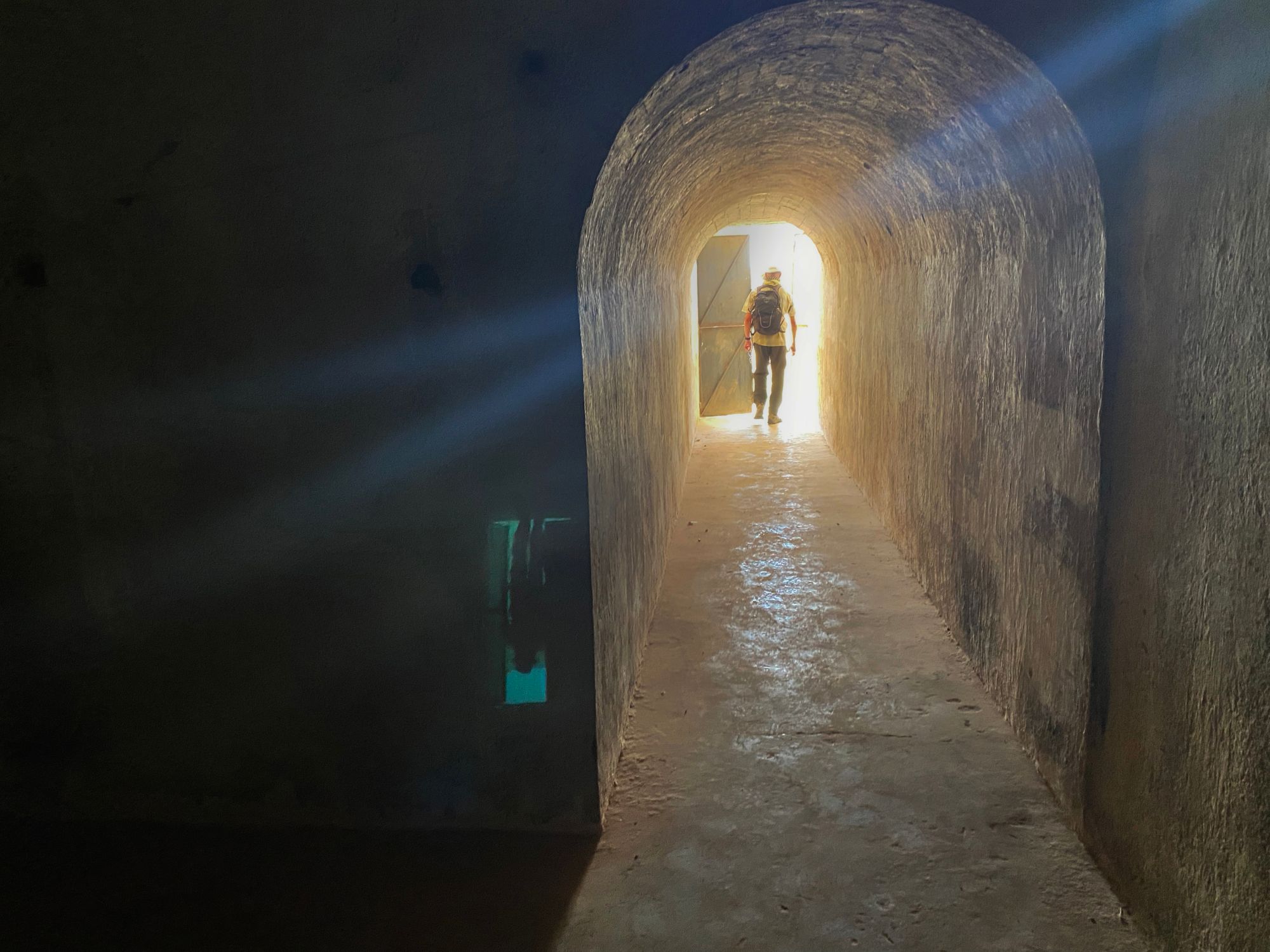
Interior of Rommel's bunker
Rommel's Bunker | Mareth Line | Tunisia | 2:30 minutes
___________________
By 28 March 1943, the New Zealanders had eventually succeeded in threatening Messe's rear and with Montgomery circumventing the bunker system, the Italian general gave the order that all Axis forces on the Mareth Line be withdrawn. He was able to hold up the 1st Armoured Division assault at El Hamma long enough to regroup north of Gabes at Wadi Akarit.
The Battle of the Mareth Line was over.
Combined divisions of Patton's II Corps called "Benson Force" broke through the Italian controlled hills on 7 April and raced down the abandoned road toward Gabes. The British 8th Army penetrated the Italian defenses at Wadi Akarit and Messe was ordered to retreat 240 kms north to form a defensive line with von Arnim's Afrika Korps at Enfidaville.
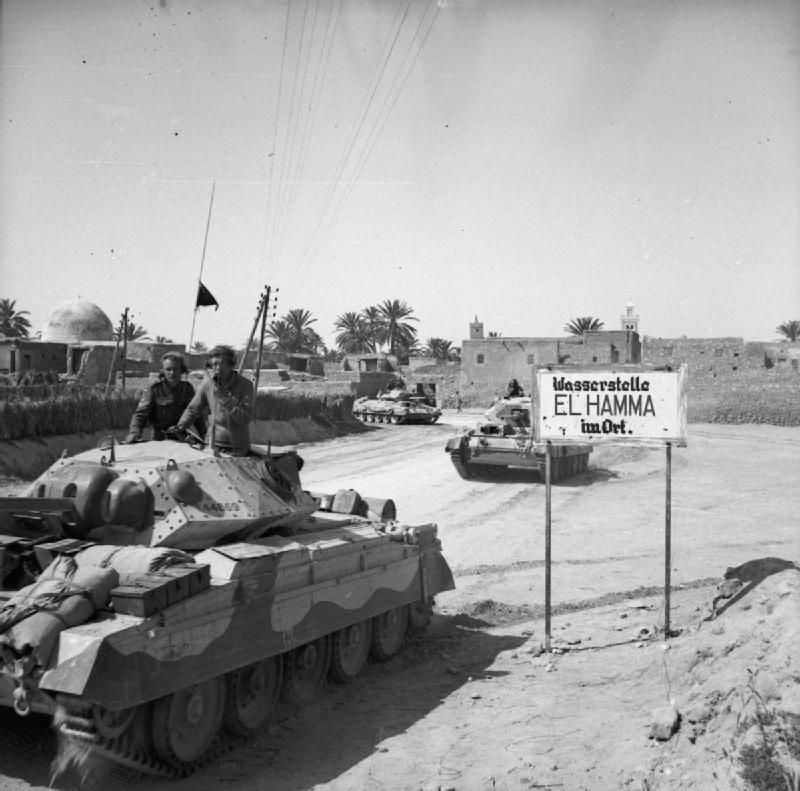

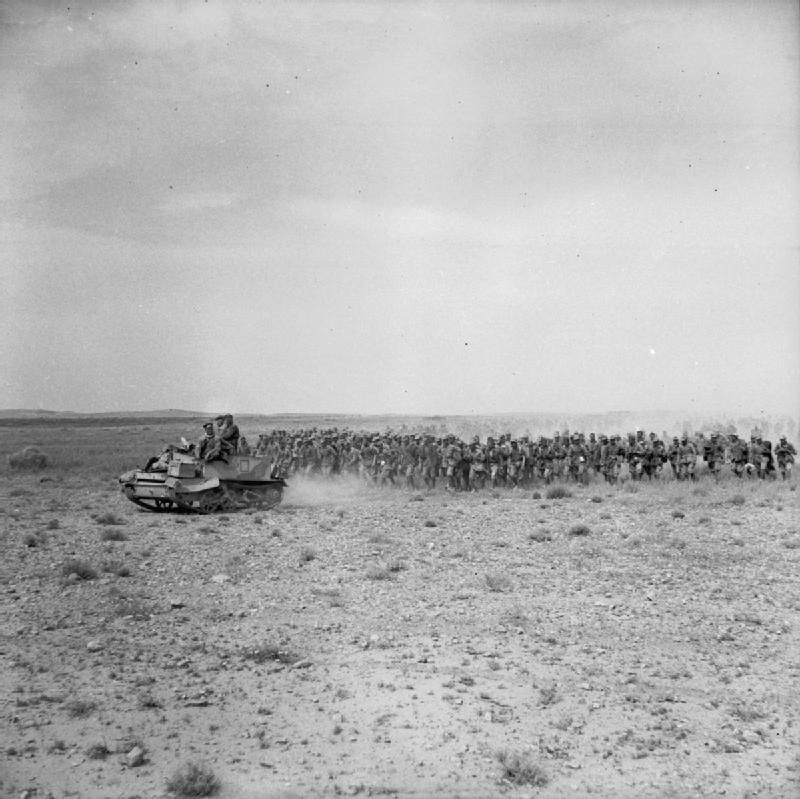
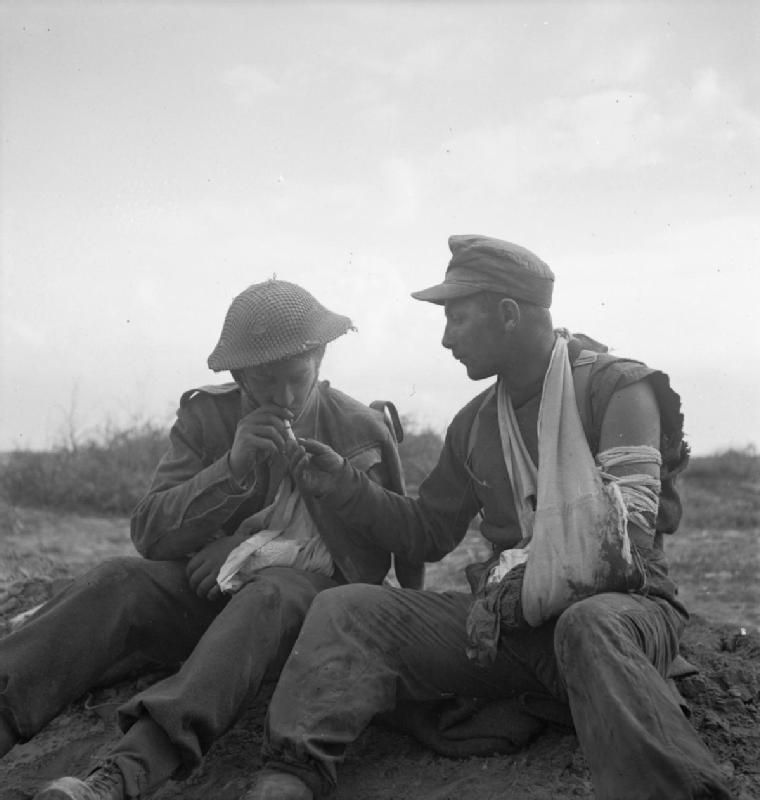
Commonwealth troops entering El Hamma | Gurkhas in action 16 March | Italian prisoners | A wounded German prisoner lights a cigarette for a British soldier
The Toll:
British
4,000 casualties
New Zealanders
945 men killed
51 tanks lost
Axis
7,000 prisoners (2,500 of whom were German)
Axis casualties are undetermined
The 15th Panzer Division had suffered many losses, the 164th Light Afrika Division lost most of its weapons and vehicles. The 80th Infantry Division "La Spezia" suffered losses of nearly 50 percent and the 16th Infantry Division "Pistoia" was almost annihilated (Wikipedia)
At 5pm on 7 April 1943 US II Corps Benson Force met up with lead elements of the British 8th Army near Gabes.
The Battle for Tunisia now moved to the north and the final push to Tunis.
Longstop Hill and Hill 609 |
The Nazis and their Italian allies were defeated. Already thousands of prisoners had been taken. Their resupply from Italy was compromised with the Allies now in command of the air and sea around Tunisia. With any sort of evacuation of what remained of the quarter million Axis force in jeopardy there was no other choice than to fight on or to surrender.
The Americans were now under the command of General Omar Bradley. After the successes at El Guettar, Patton had been recalled to continue planning for the invasion of Sicily. With the Anglo-American 1st Army and the British 8th Army now converged in Tunisia, General Sir Harold Alexander was given command of the British forces. The 8th Army now confronting well entrenched Italian and German positions in the mountainous terrain outside Enfidaville, units were detached to aid in the final US-British offensive on Tunis coming from the west.
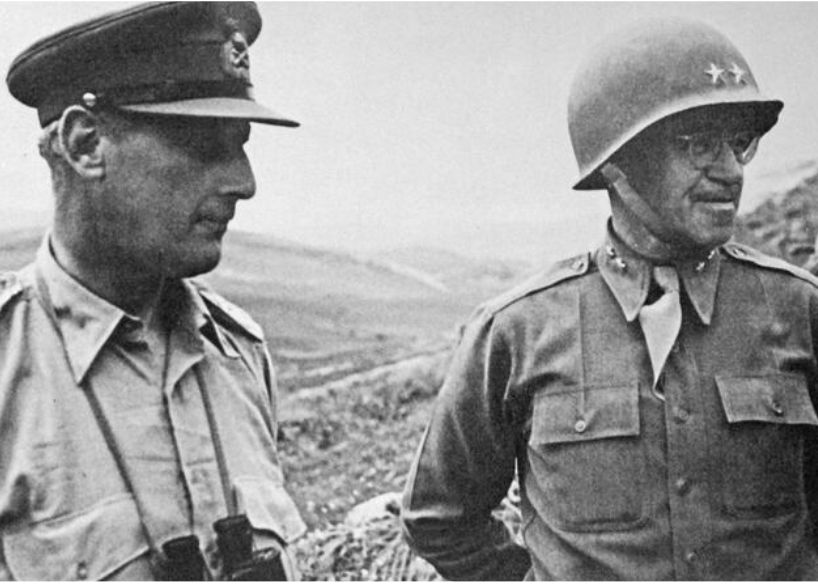
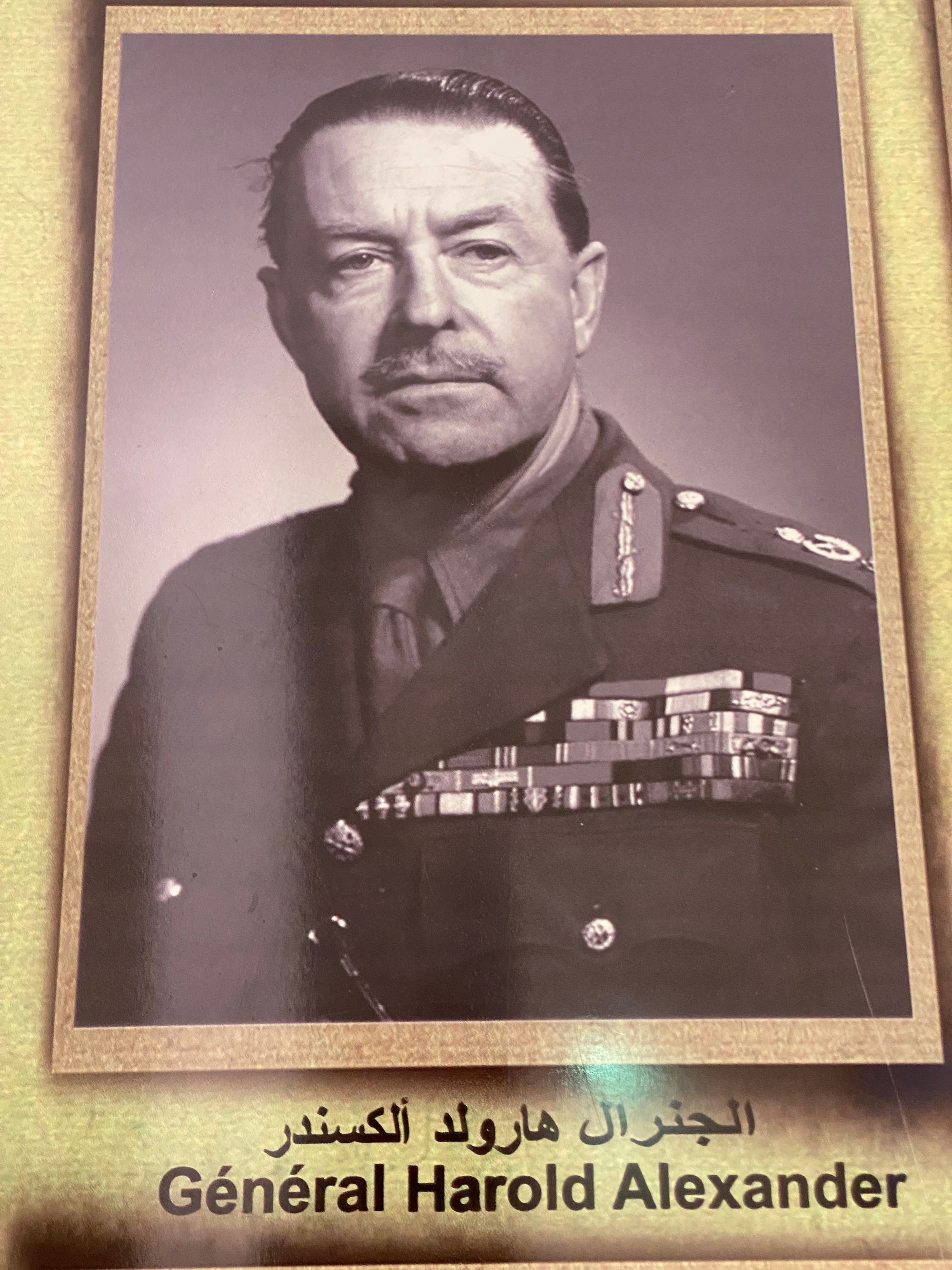
British General Kenneth Arthur Anderson (L) and US General Omar Bradley (R) | British General Harold Alexander |Tunisia
The push to Tunis needed to pass through two narrow plains that squeezed through a complex of hills where German forces had plenty of time to fortify and dig in.
The British under Anderson would attack Longstop Hill which they had lost five months earlier on the initial push to Tunis. The Germans called the hill "Christmas Mountain" because after four days and nights of intense and bloody fighting the Germans took the strategic hill on Christmas Day 1942.

The US 34th Infantry Division under Major General Charles W. Ryder was tasked with the attack on Hill 609 and the adjacent hills where German positions were set-up to deliver deadly crossfire. Two weeks earlier at the Battle of Fondouk Pass, questionable leadership of Ryder and performance of 34th was blamed for the defeat of the joint British-American operation. British criticism, the fact that Hill 609 was deemed one of the most difficult objectives in Tunisia, with the 34th reputation on the line and Germany's veteran battle harden Afrika Korps ready and well dug in, the battle had the makings of an epic showdown and proving ground.

It was 19 May 2022 and this would be our last day on the battlefield circuit. We had already travelled over 1,200 kms over some rough roads. It had been exhausting but incredibly rewarding. Abdellatif's company and assistance had been a combination of fascinating stories of his life and experiences and serious and careful planning, working the phones and arranging important meetings and permissions. He was leaving us today and we would be dropping him off at his home outside Tunis before heading inland on our own.
We aw0ke early to find Abdellatif downstairs sitting stoically near the reception. He did not look good. He had not felt well the night before and had gone to bed without eating saying that he'd be alright. He had pain in his abdomen and didn't want to see a doctor and said he'd be OK once he got home. He insisted in honoring us with medals from his "Agence de Promotion de la Photographie". I figured after the intense five days of travel he was stressed and it was manifesting itself with an upset stomach.
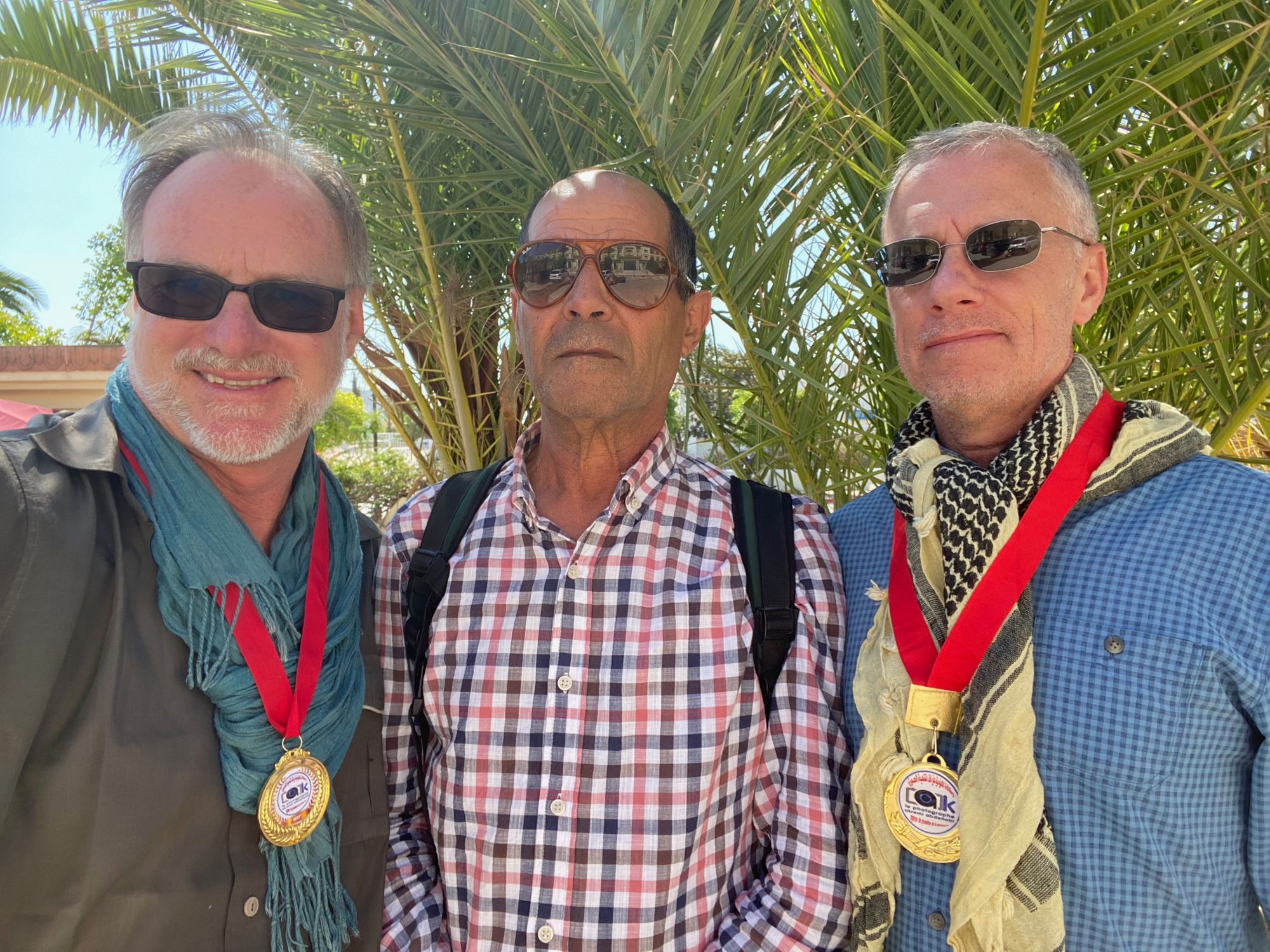
He would notify us the next day with a cryptic WhatsApp message showing him on a gurney preparing to take an MRI. He had suffered a perforated intestine and needed immediate surgery. He's a tough man and humduallah (thanks to God) he has fully recovered. We had had an amazing five days with him - had shared some incredible adventures and it had been a privilege to get to know such an interesting and talented fellow photographer and proud Tunisian.
We would now be on our own in uncharted terrain. Unlike Kasserine, El Guettar and Mareth, these battle site that we were going to visit today were just high hills in the countryside. No museums, no markers, no bunkers. The only indication that anything war-like had happened in the area was the Masssicault Commonwealth Cemetery.

The second Battle of Longstop Hill started on 22 April 1943. The British V Corps supported by Churchill tanks was going up against the Hermann Göring Division supported by other infantry and artillery divisions. There are multiple hill peaks on the oblong shaped Longstop Hill. Artillery had failed to dislodge the fortified German positions and infantry were needed to climb their way up the steep rock and crevasse infested hillside that afforded excellent defensive cover. With heavy casualties and grindingly slow progress on the southern slope, another assault group was cobbled together and started to make progress coming up the western slope. Once atop they would need to fight along an undulating kilometer long ridge. The Argylls' commander was killed and Major John "Jock" Anderson took over and urged them on. Despite a terrible casualty toll, they reach the first summit of defenders and their ring of machine gun nests. The defenders were over- powered and for his bravery and leadership, Anderson was awarded the Victoria Cross with this citation of his actions.
"Major Anderson re-organised the battalion, led the assault on the second objective, and, despite a leg wound, captured Longstop Hill with a total force of only four officers and less than forty other ranks. He personally led attacks on at least three enemy machine-gun positions and in every case was the first man in the enemy gun-pits."
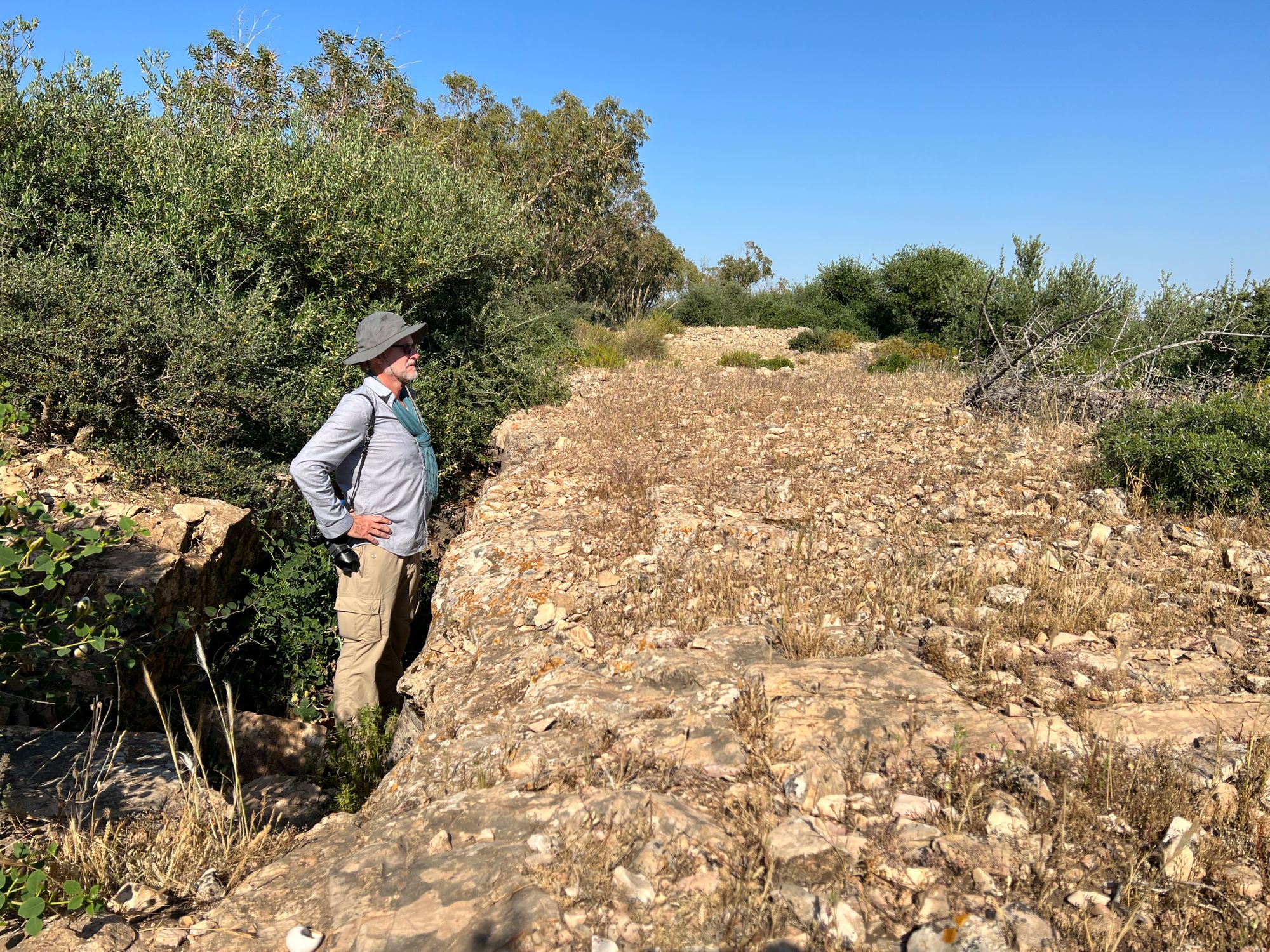
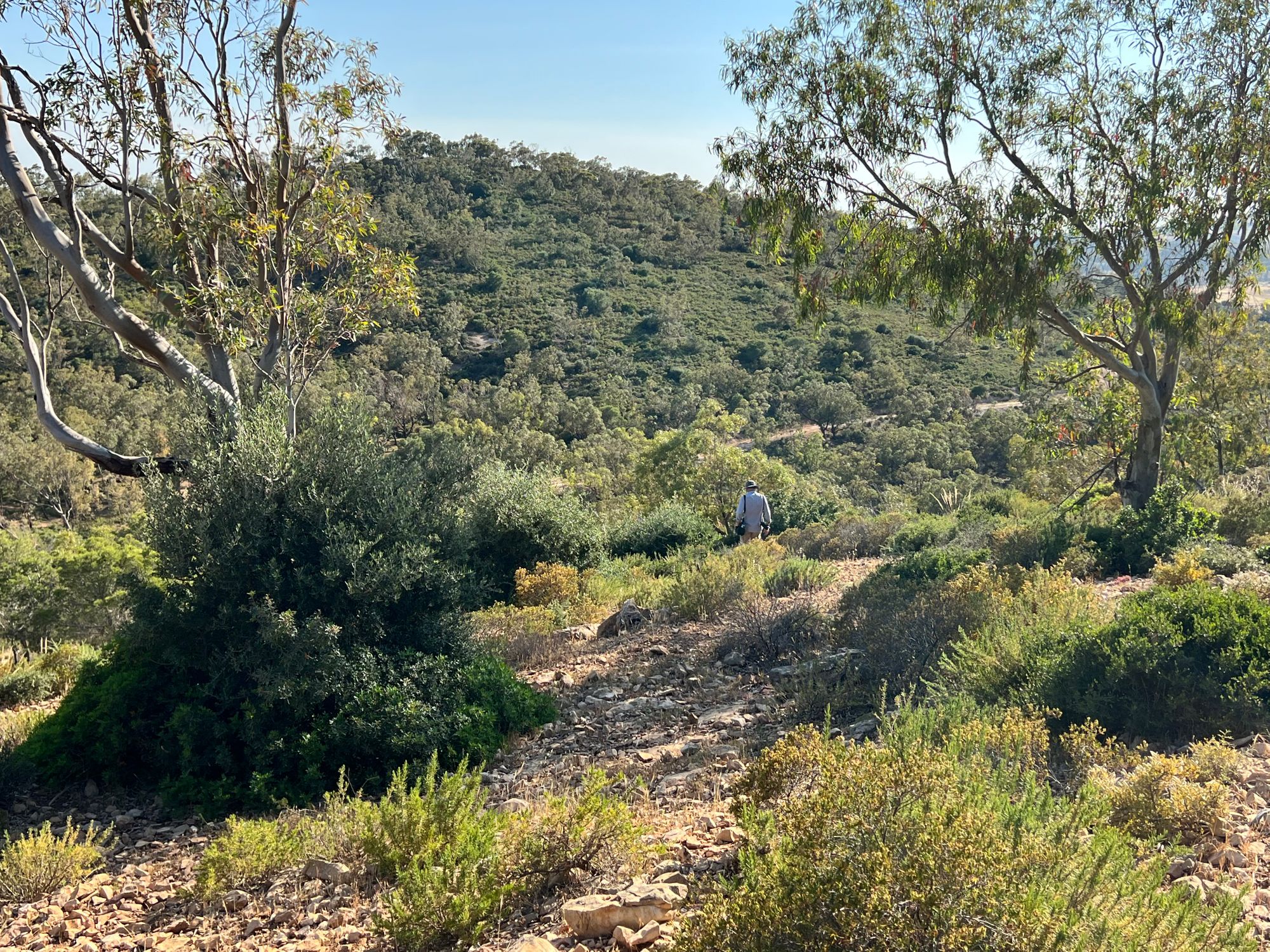
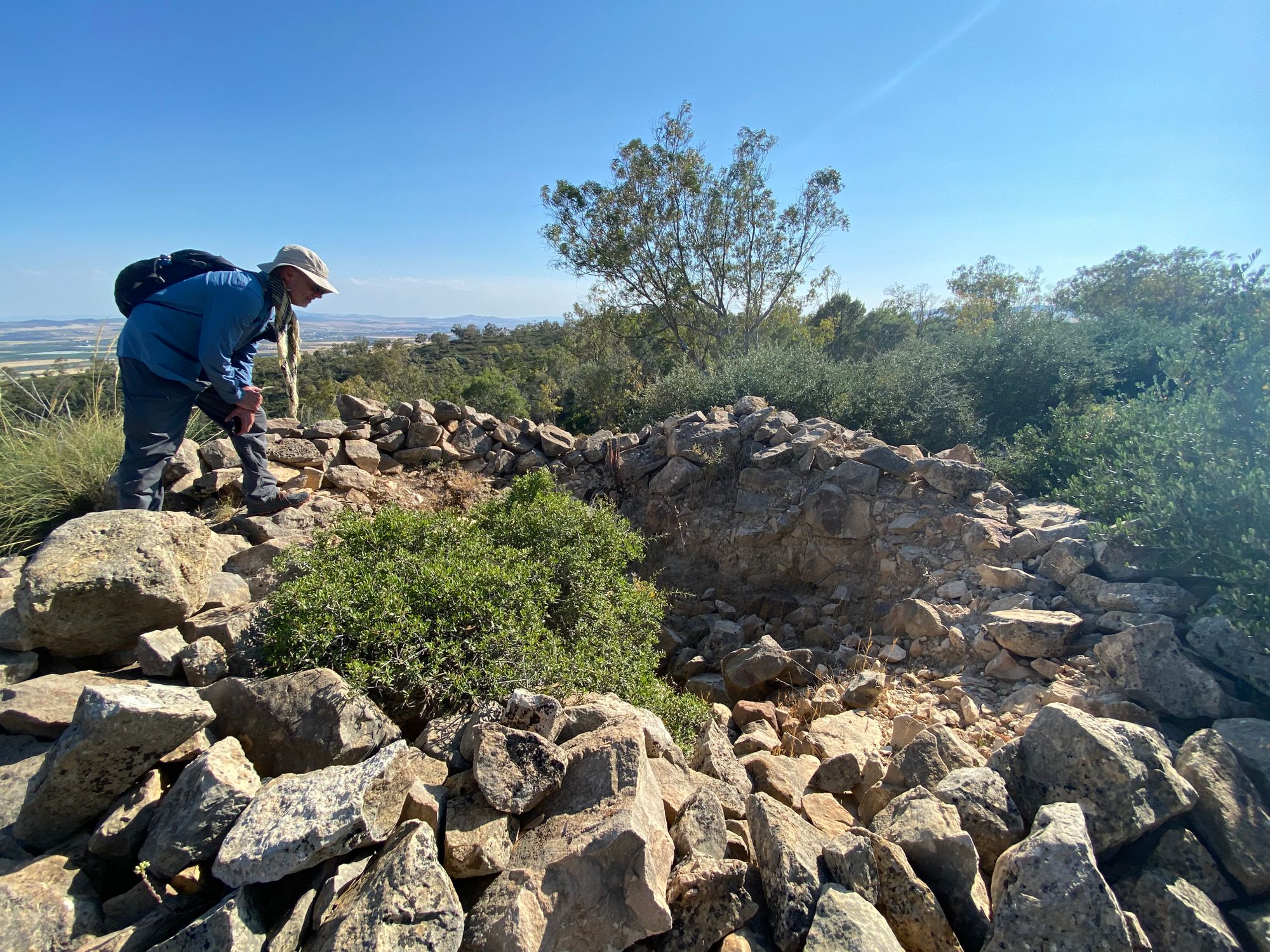
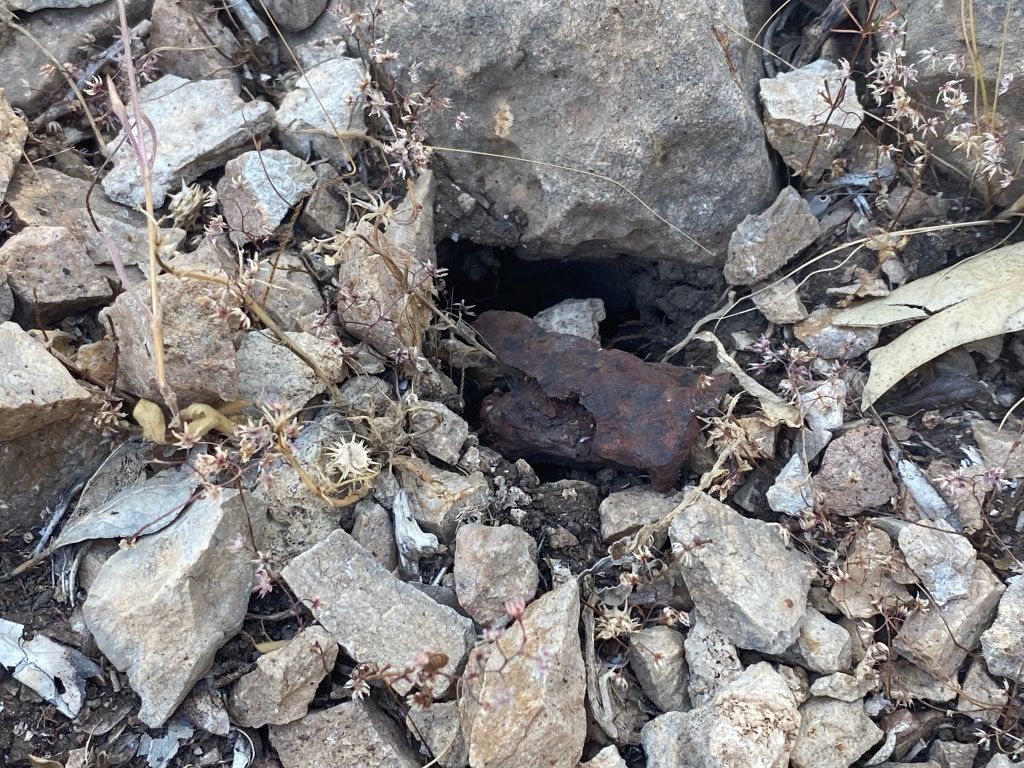
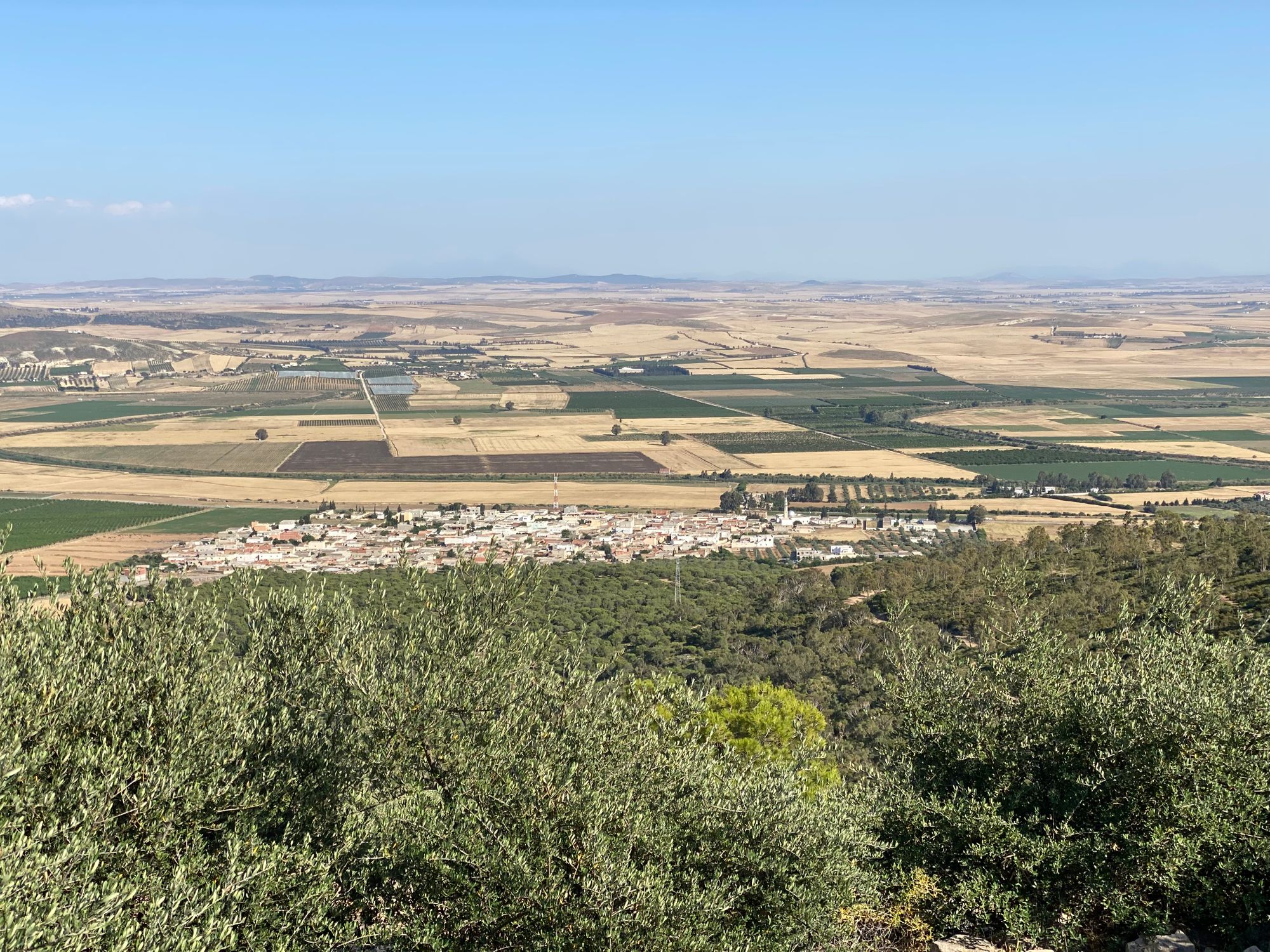
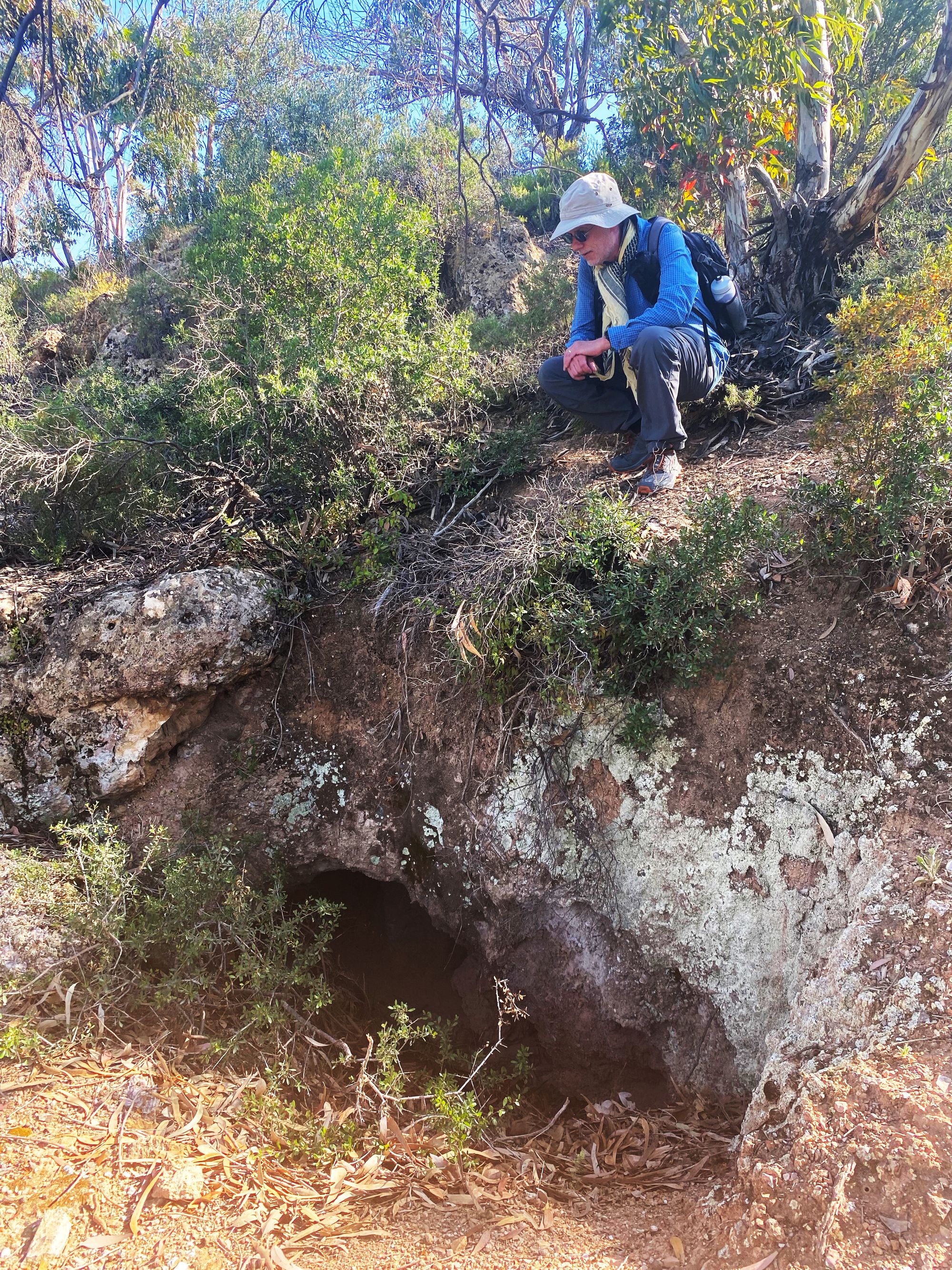
German trench line | hill summits | machine nest | shrapnel | town of El Heri | foxhole | Longstop Hill | Tunisia
The battle, now in its forth day, was making incremental gains against the heavily fortified ridges and hills. German mortars and snipers were pinning down soldiers hugging the slopes for cover. With the western slope now in British hands and a diversionary attack underway, infantry working in close coordination with Churchill tanks were able to grind their way up the uneven and steep terrain surprising German strong points and eliminating them one-by-one with Besa machine guns and 6-pounder fire. Unbelieving captured prisoners called these nimble tanks "metal mules."
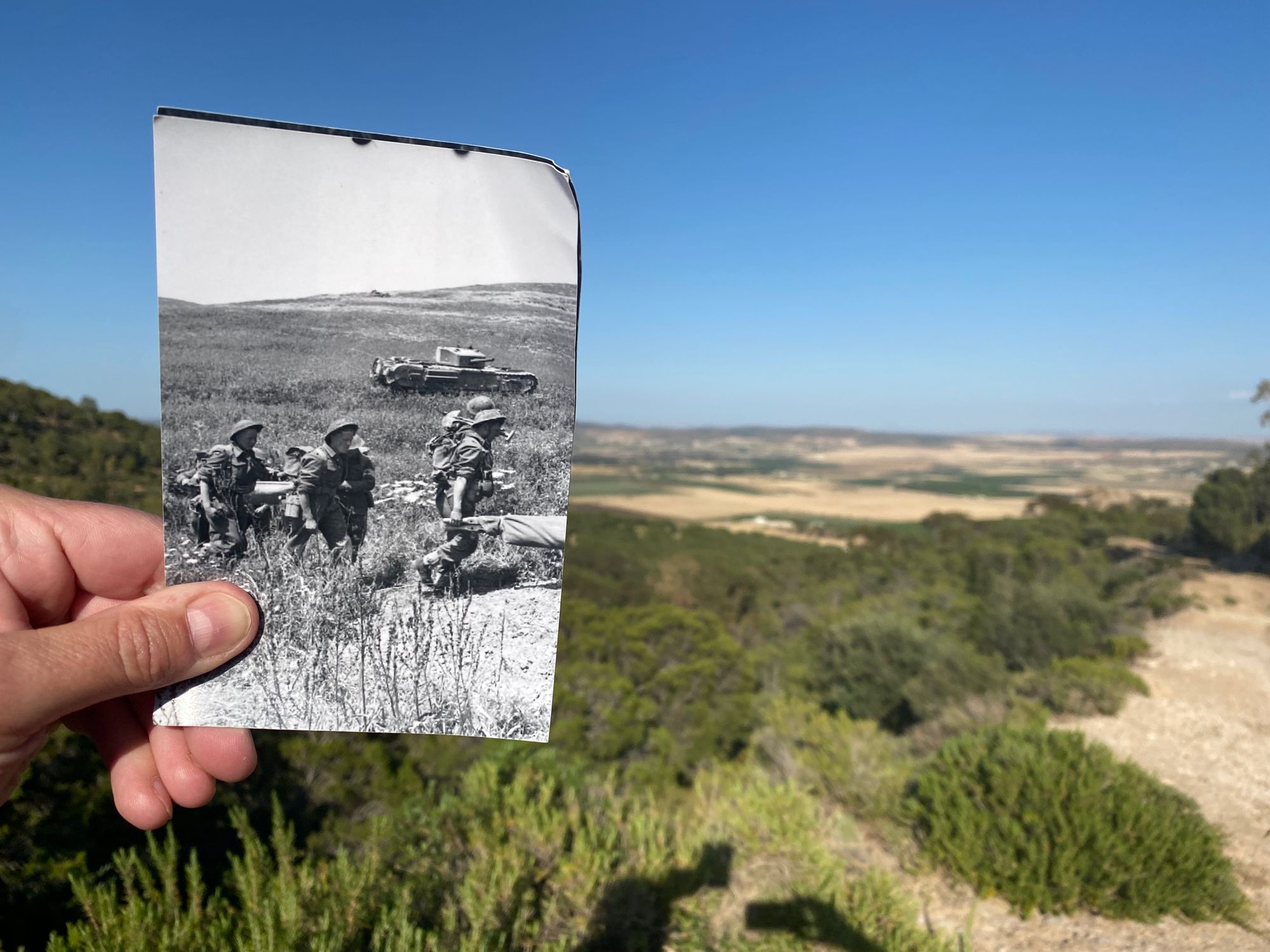
Battle of Longstop Hill | Tunisia | 4 minutes
Longstop Hill was finally secured on 27 April and the way to Tunis, some 60 kms away, was wide open with the Germans reeling to find a defensive strategy.
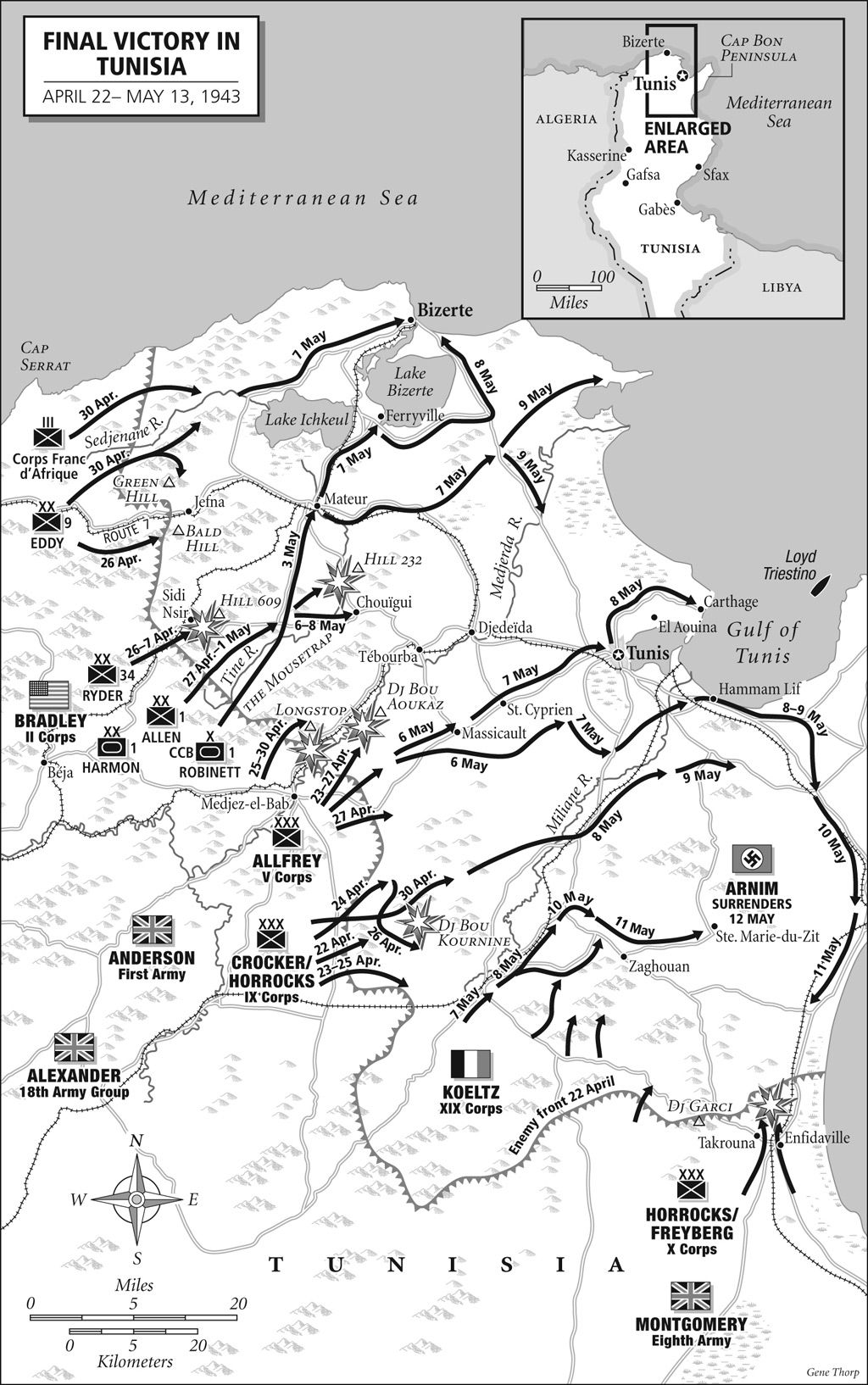
It was now 5pm and we had spent three hour hiking and exploring the Longstop Hill battlefield. We had two hours of day light left to drive to and find Hill 609. There were no precise GPS locations and I had found nothing that told me what the name in Arabic might be. Using the map from the book and comparing it to internet terrain and satellite maps I had located a likely spot where the battle may have taken place. Instead of taking the long way around (Google Maps recommendation) which skirted the mountains separating Longstop Hill from Hill 609 we decided to chance the more direct way over the mountains.
It was one of the more beautiful drives I have made. There was almost no traffic except for occasional sheep herders. The narrow road did deteriorate on some steep ridges and over peaks where the asphalt either had crumbled away or washed away completely. With our high profile 4-wheel drive SUV we managed to negotiate these roads. We sped north, in thought, with windows open and music playing.
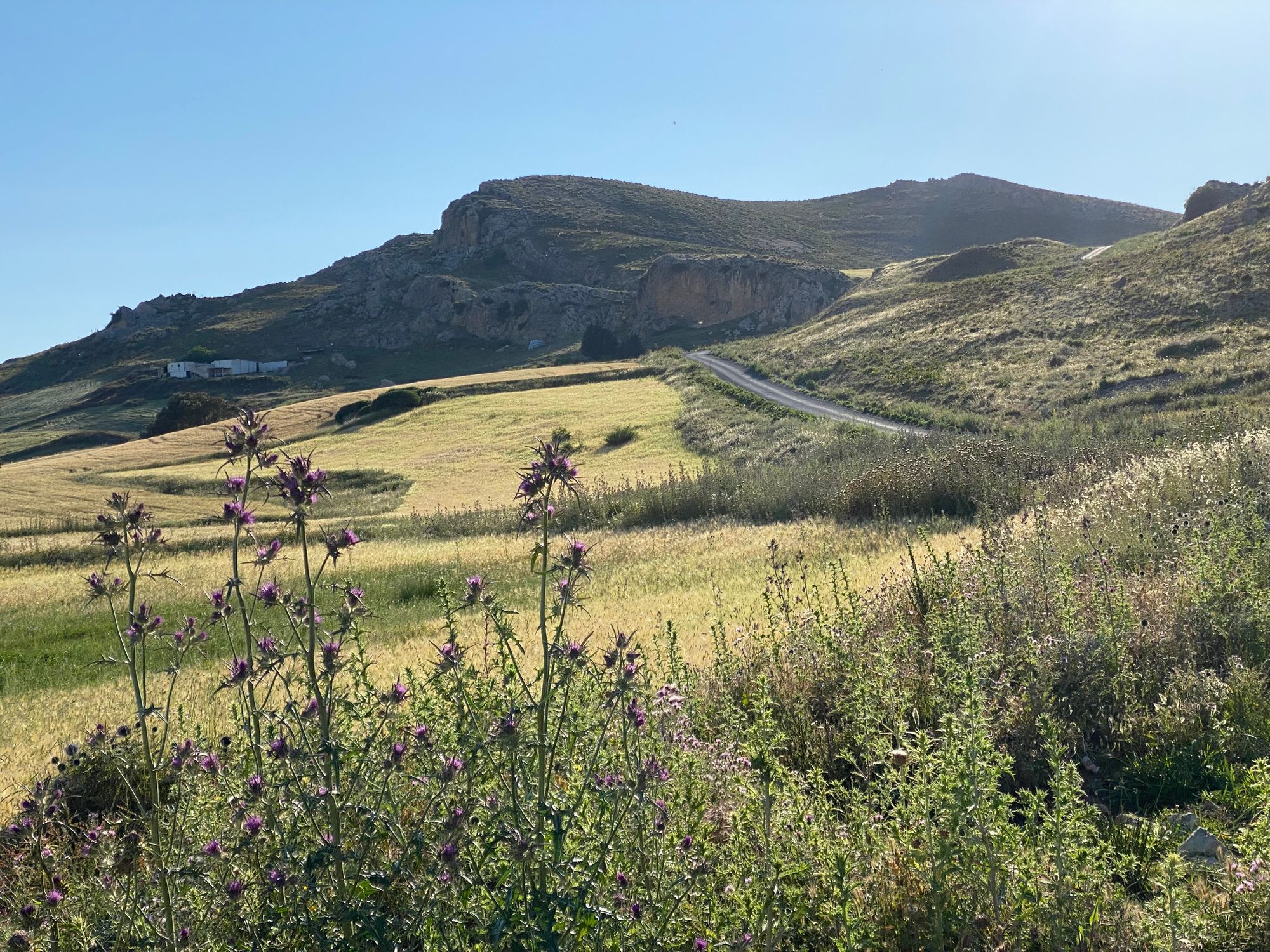

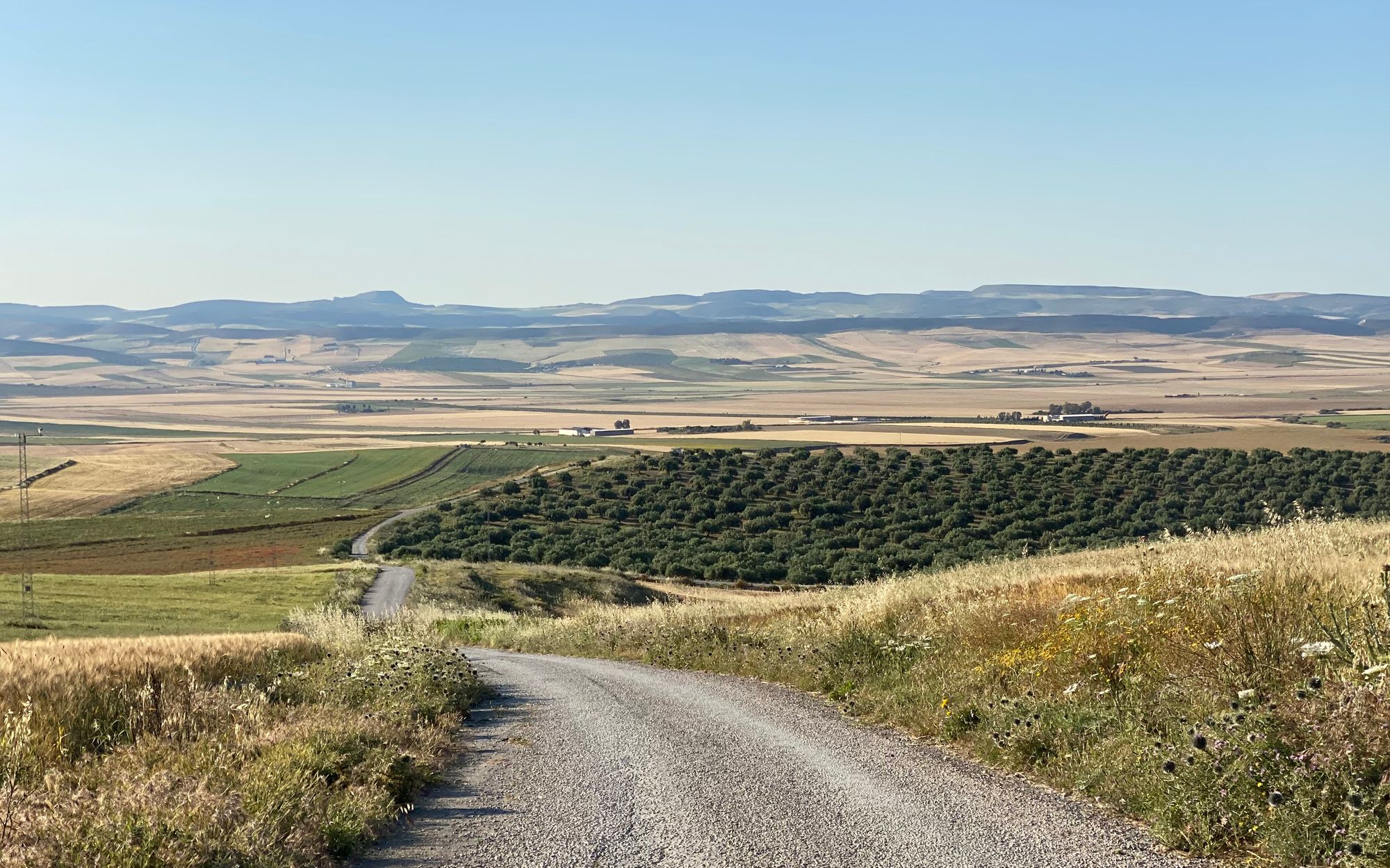
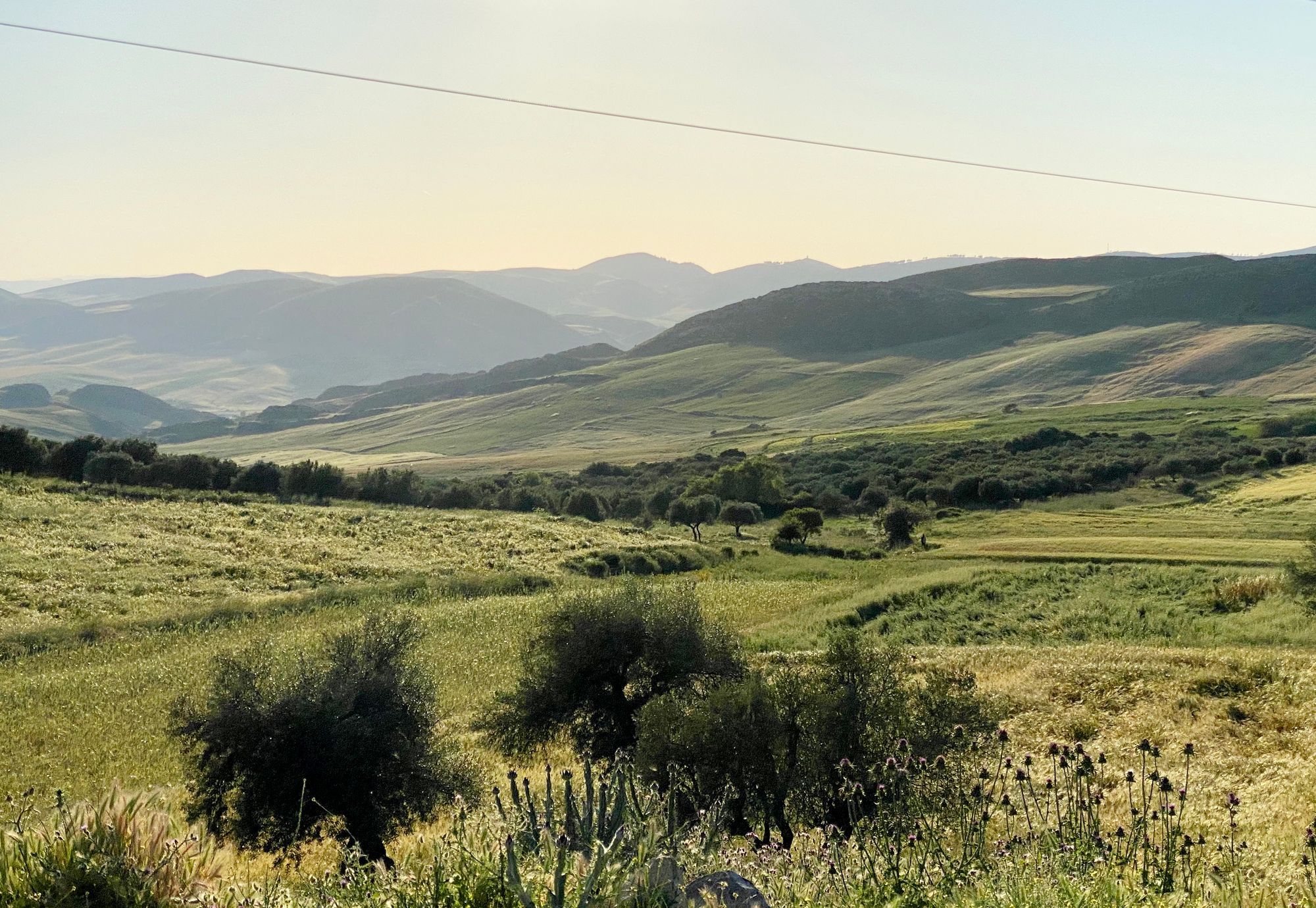
The road between Longstop Hill and Hill 609 |Tunisia
We were driving through the same country side at essentially the same time of year as were the Allied forces. It was beautiful and idyllic. I imagine that even with the horrible specter of war surrounding them and prospect of meeting the enemy around the bend, that such landscape vistas, rural life and smell of nature might have given them pause to contemplate the good in this world.
We were approaching the mark on the map and things did not look right. I stopped. We scrutinized a photo of the hill taken in 1943 and though the hill to our left did not have the same profile, I turned around and decided to try and make it to that geographic feature. I turned right at a one-lane rural road that led to the village of Tahent and off to our right was the familiar profile of Hill 609 or Jebel Tahent as it is know locally.
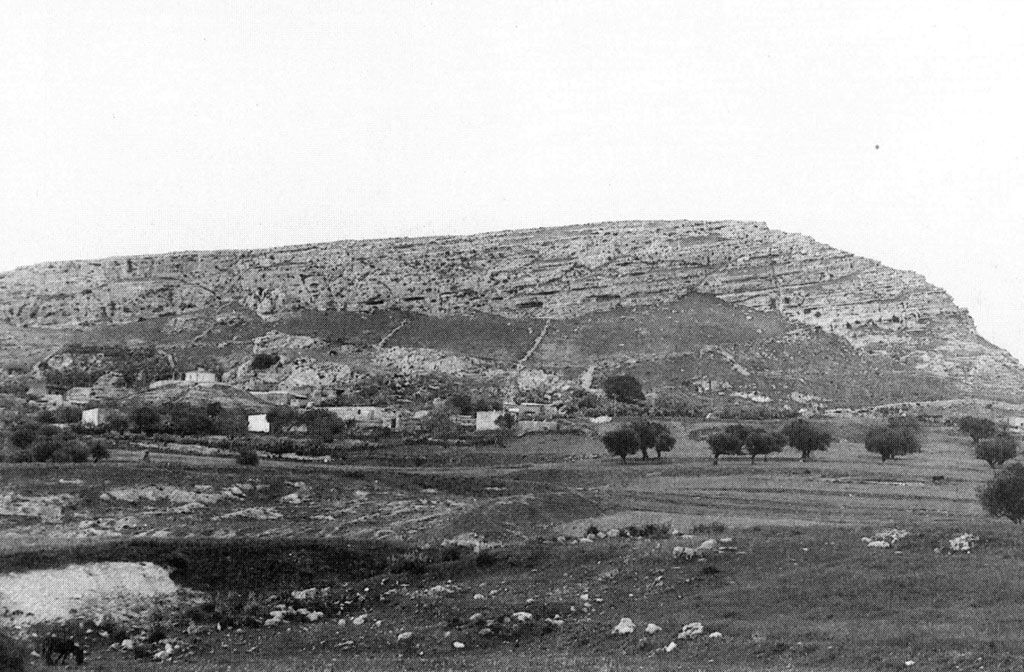
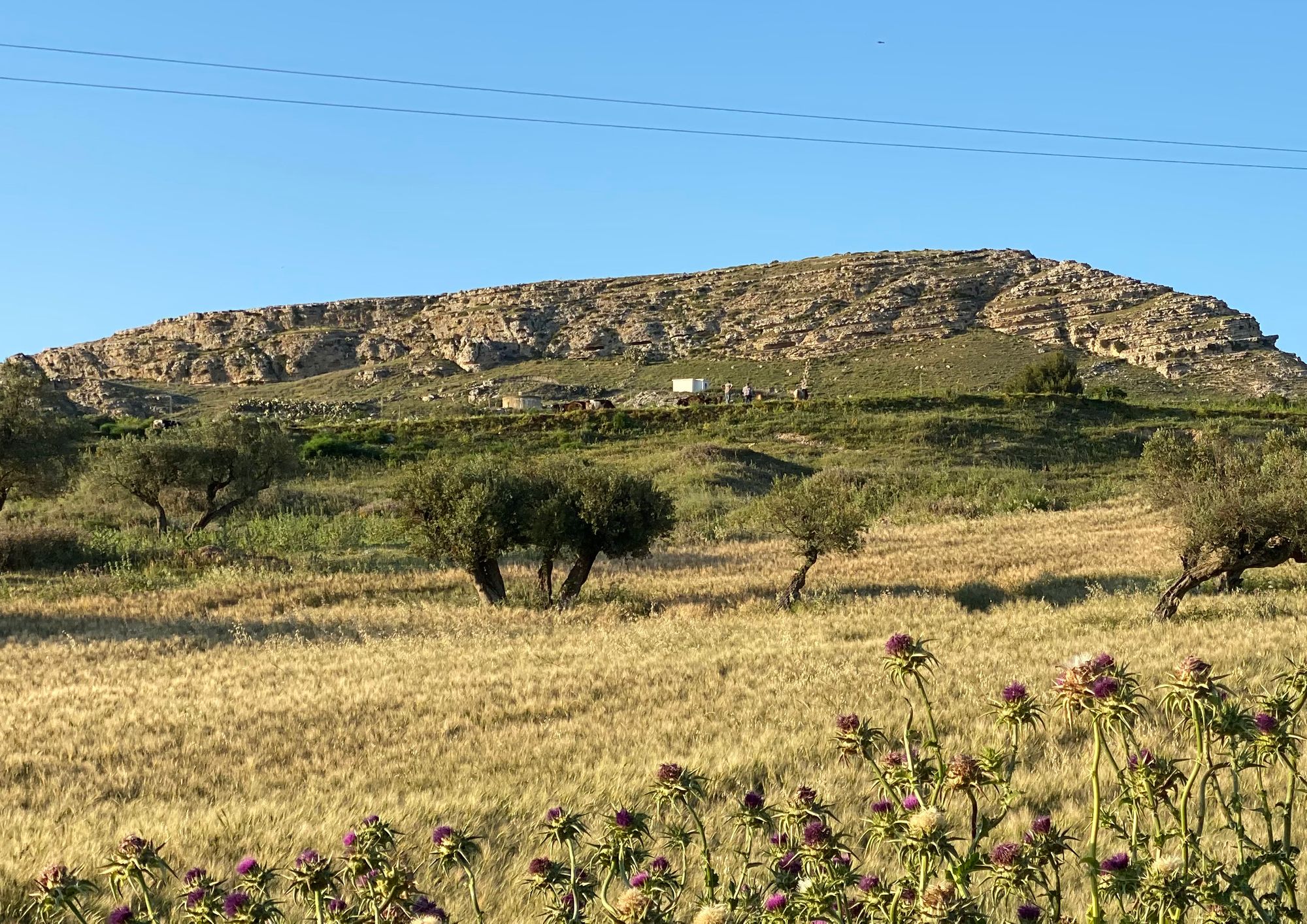
Hill 609 | 1943 | Jebel Tahent | 2022 | Tunisia
Up into the village we proceeded which was full of kids and life. Our arrival was quite an event. We eventually parked and were met by villagers and a boy called Saber. Nobody spoke French very well, so I communicated what we wanted to do and Saber led the way up the steep incline to the top of the barren rock strewn and low vegetation covered plateau top.
Battle of Hill 609 | Tunisia | 2 minutes
The attack on Hill 609 and on the adjacent Hill 523 started the night of 26-27 April 1943. The fighting was fierce, the defenders desperate. US artillery had pummeled the plateau prior to the assault, but the Afrika Korps was not going down without a fight. The Americans were swarming the steep cliffs sides and tanks from the 1st Armored Division moved up the rocky north slope. As the battle raged for the third day, the 6th Armored Infantry became pinned down by intense German machine gun fire. In an incredible act of personal bravery, Private Nicholas Minue crawled forward through enemy lines and using only a bayonet cleared several machine gun emplacements before he was killed. For his heroism Private Minue was awarded the Medal of Honor. Later that day, the 28th of April, II Corps overwhelmed the last defenders and Hill 609 was in American hands. One witness described a scene "carpeted with bloated German bodies".
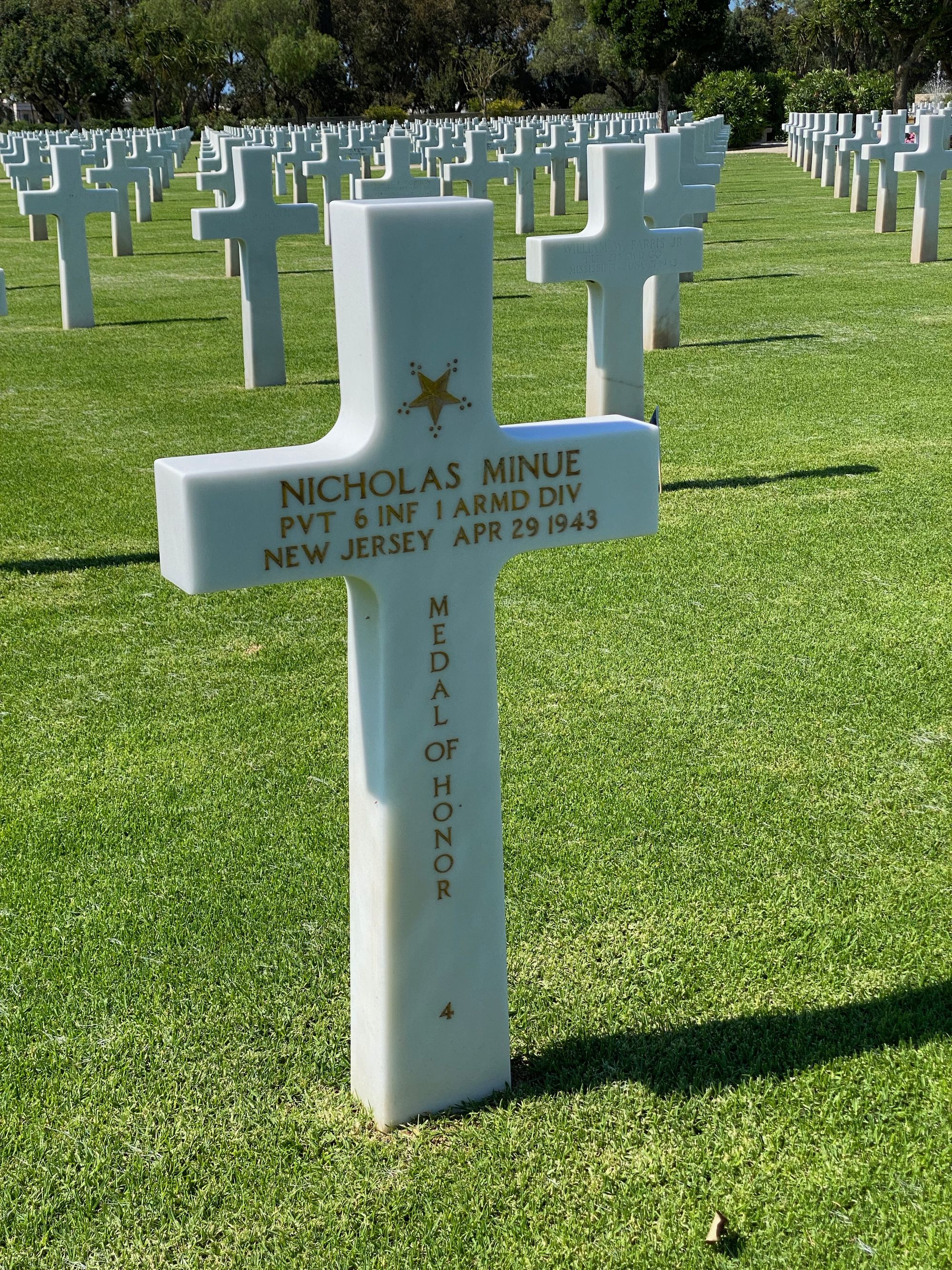
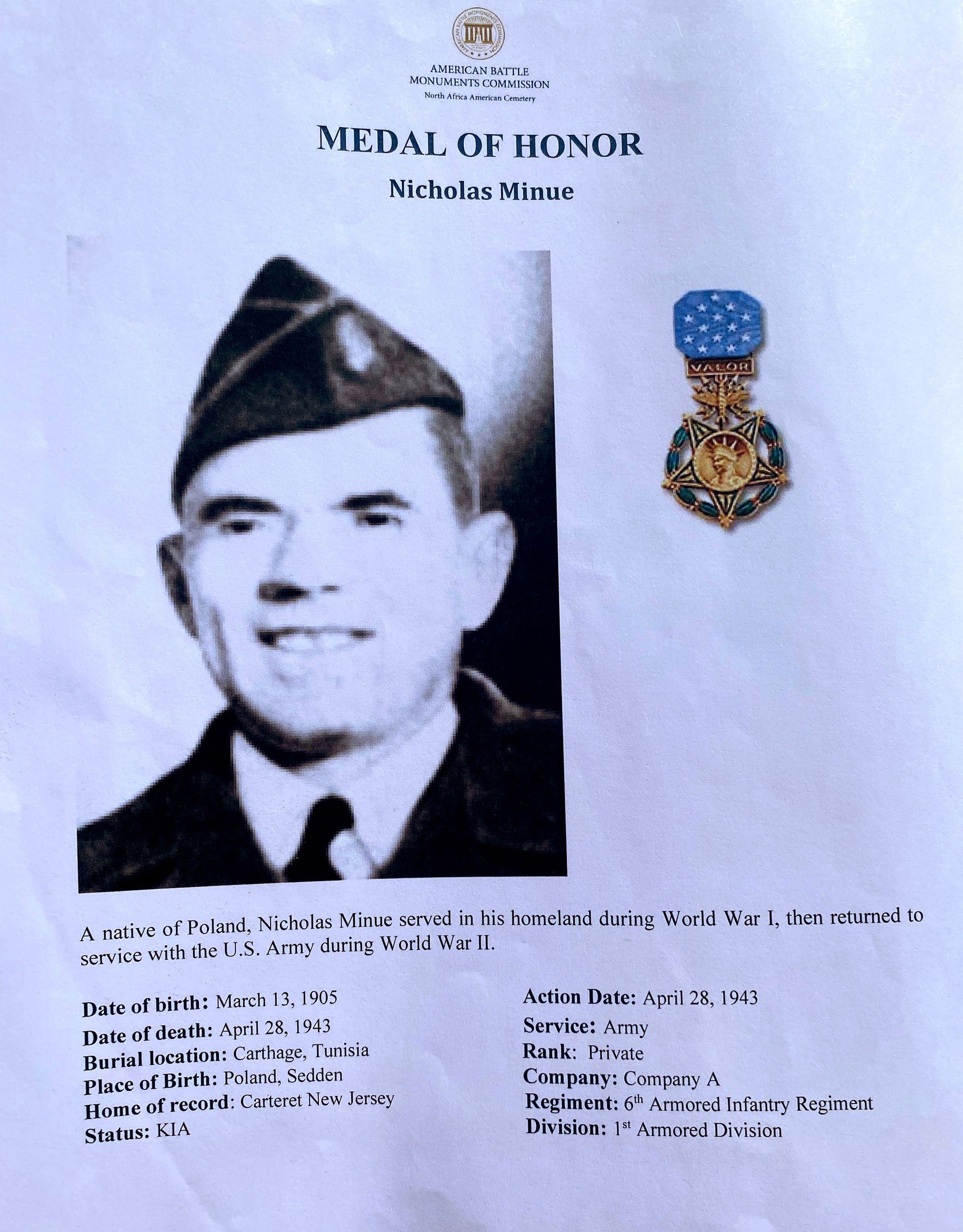
Private Nicholas Minue who gave up his rank as sergeant to serve in a combat unit | North African American Cemetery

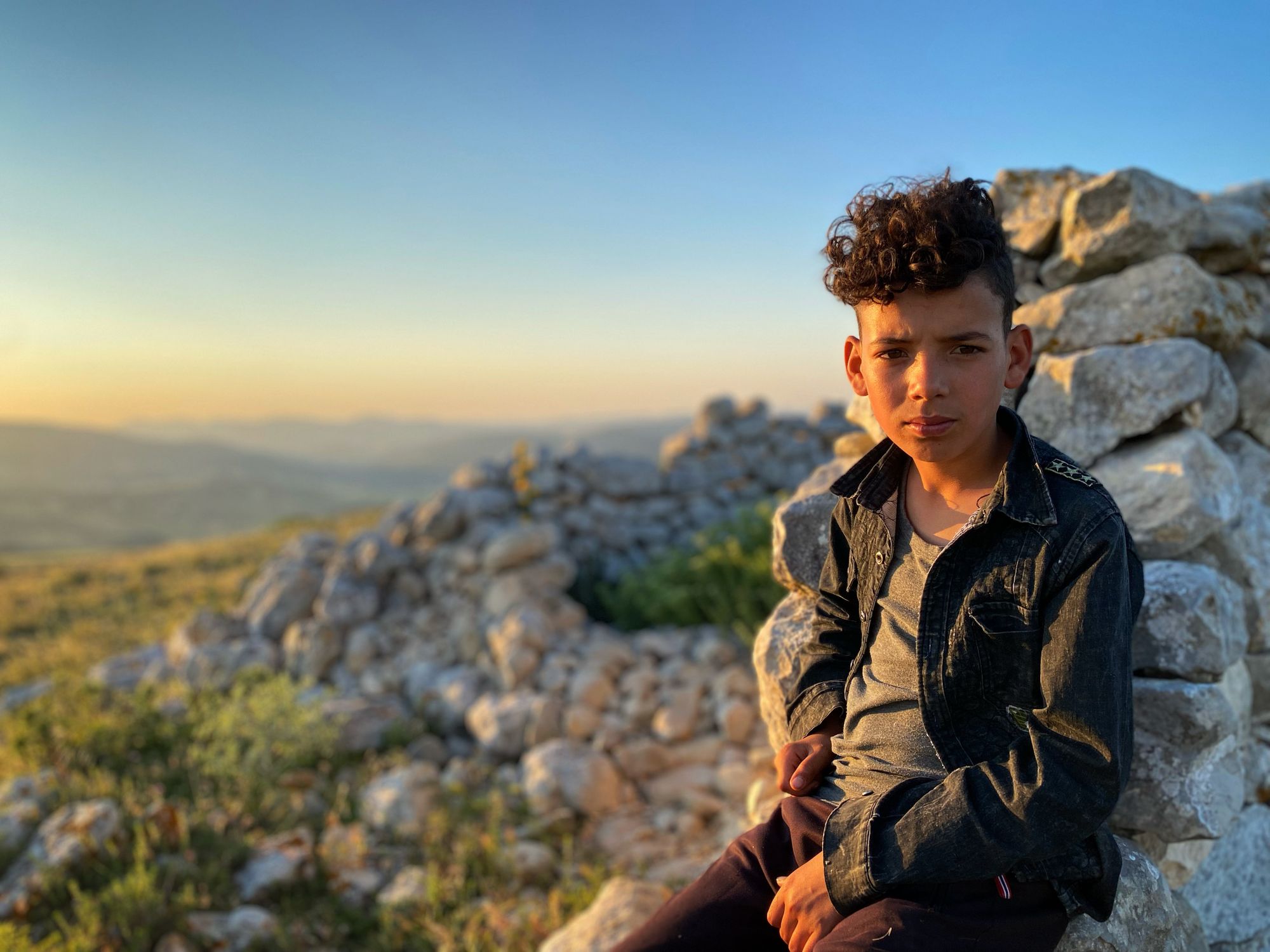
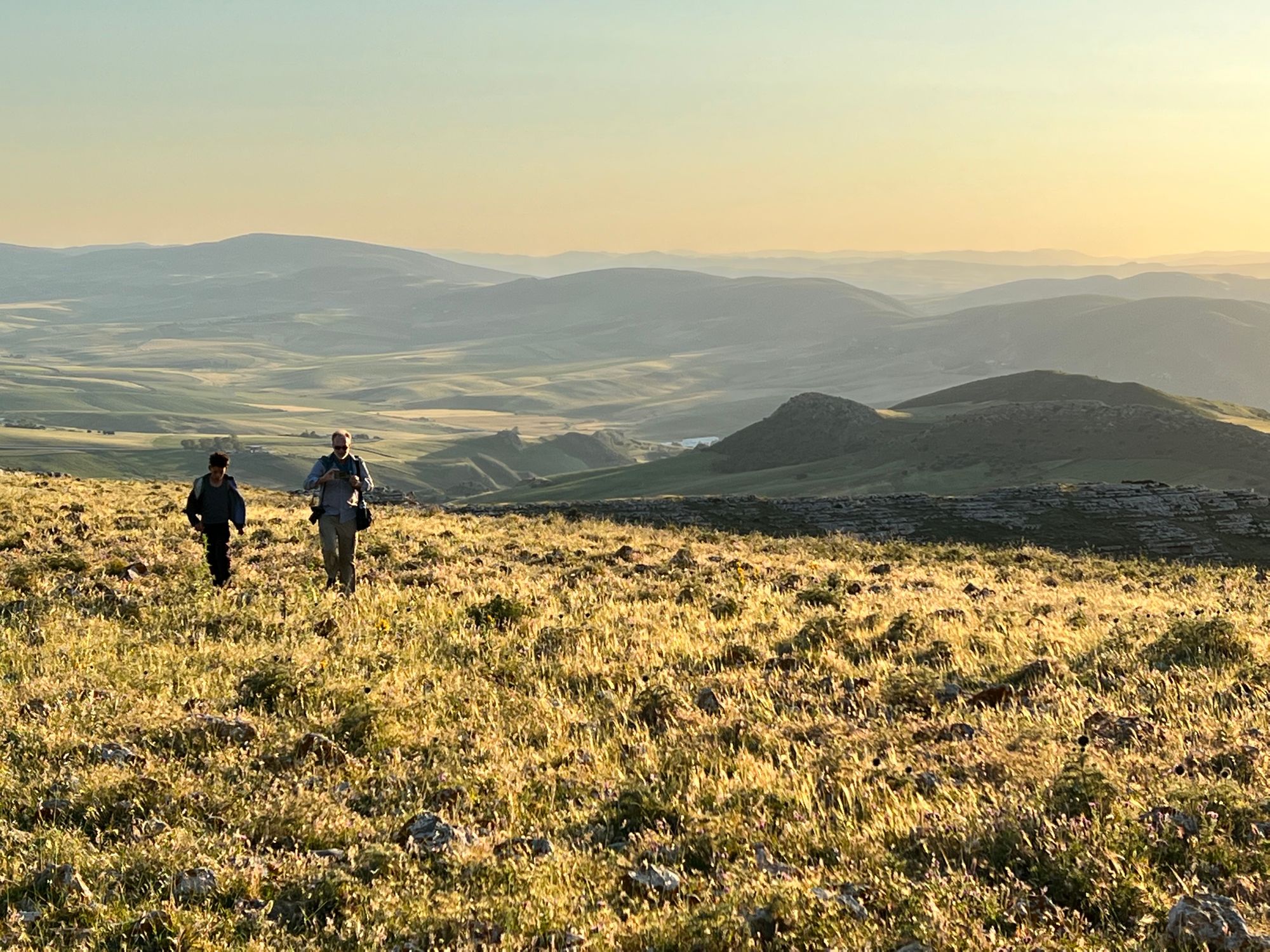
Saber, the 12-year old boy who guided us | the plateau top where bloated Germans bodies were strewn about | Hill 609
II Corps had lost 183 killed, 1,594 wounded, and 676 captured or missing. The German casualties are unknown. It was the last stand of the Afrika Korps and for the Americans it was their first clear-cut victory of the campaign, and has been called "the American Army's coming-of-age.
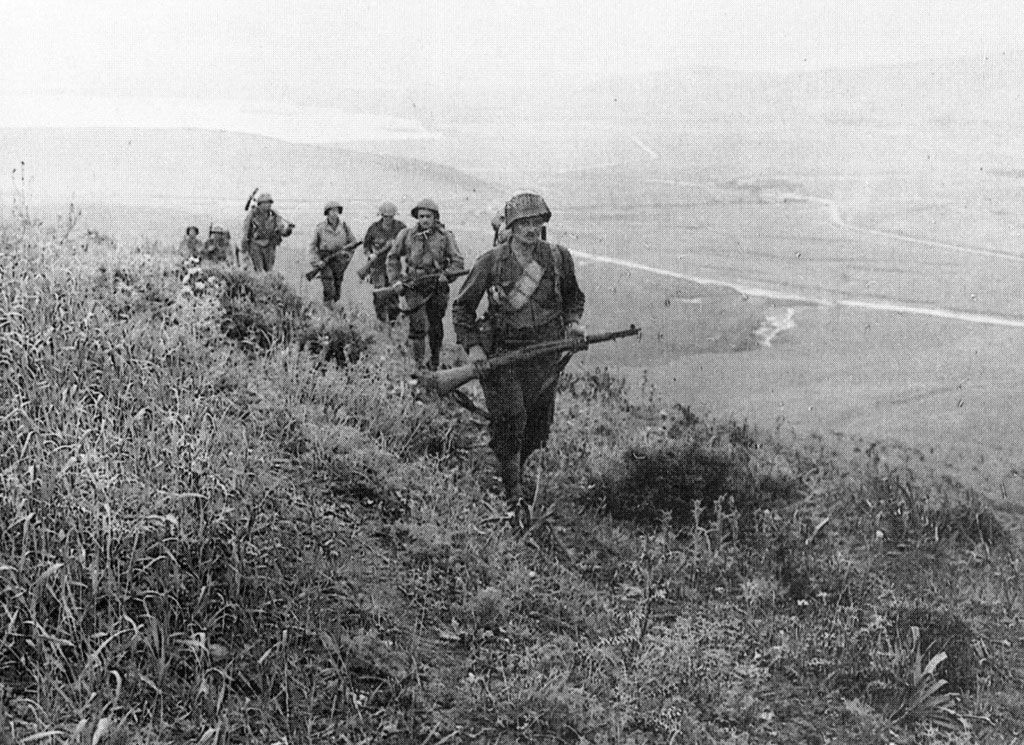
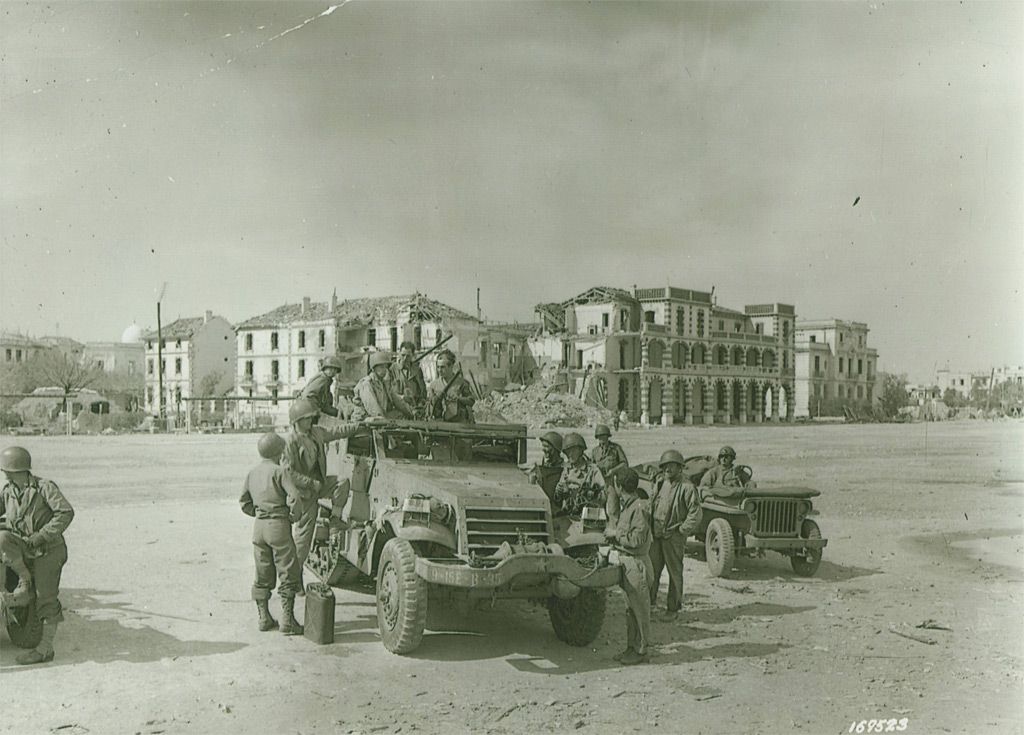
Soldiers from the 60th Infantry Regiment of the 9th Division in the hills outside Bizerte | US II Corps in Bizerte | Tunisia
The Battle of Hill 609 had set in motion the Axis collapse in the north. 1st Armored Division bolted eastward and II Corps captured Bizerte on 6 May. On 7 May Britain's V Corps entered Tunis, surprising Axis forces, some emerging from shops and bars to Allied tanks rolling through the streets of the capital.
Within a week, German General Hans-Jurgen von Arnim would surrendered, followed the next day by Italian General Giovanni Messe.
The Toll |
The Allies
British Empire:
35,478 killed
220,000 total casualties
Free France Free French:
16,000 killed, wounded or missing
United States United States:
2,715 killed
8,978 wounded
6,528 missing
Material losses:
2,000 tanks destroyed
1,400 aircraft destroyed
The Axis
Italy:
22,341 killed
250,000–350,000 captured
Germany:
18,594 killed
3,400 missing
180,000 captured
Vichy France:
1,346 killed
1,997 wounded
Material losses:
2,550 tanks lost
70,000 trucks lost
6,200 guns lost
8,000 aircraft destroyed
2,400,000 gross tons of shipping
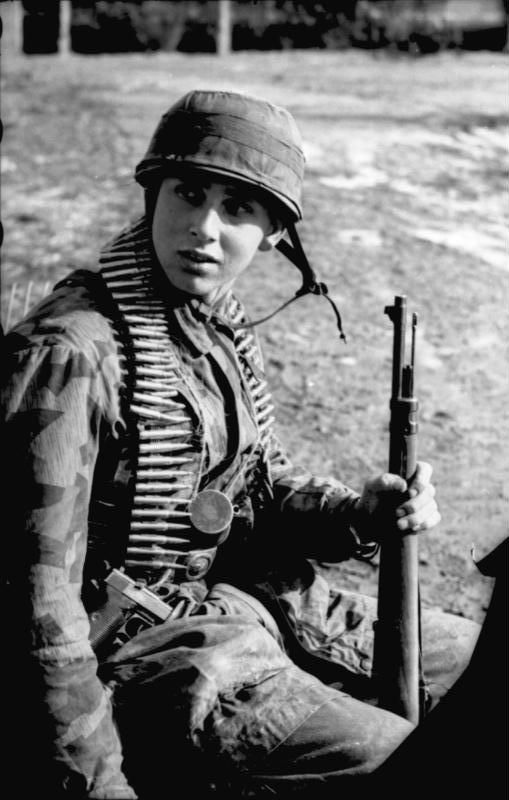
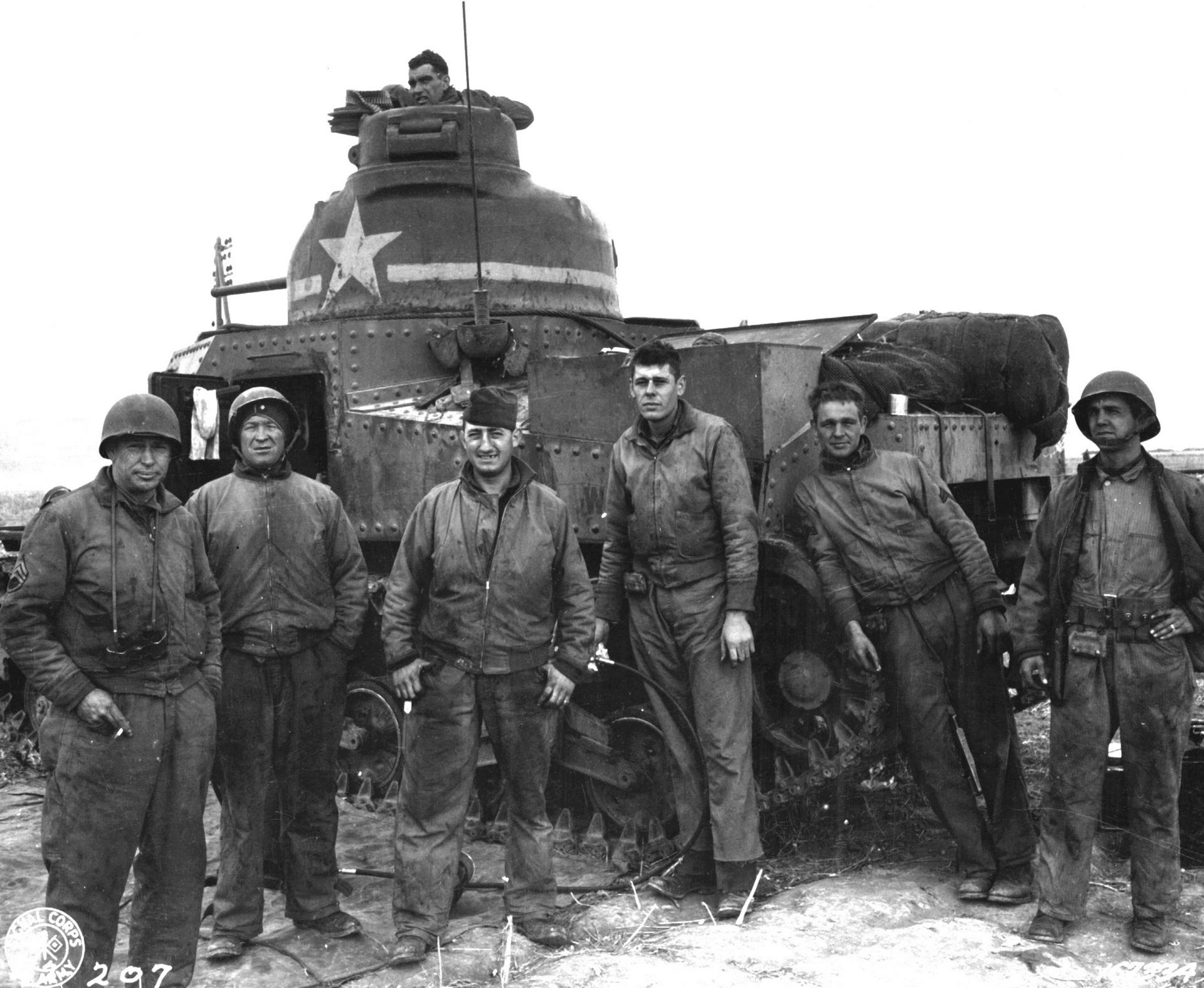
German paratrooper | near Algerian border | US tank crew | Souk el Arba | Tunisia

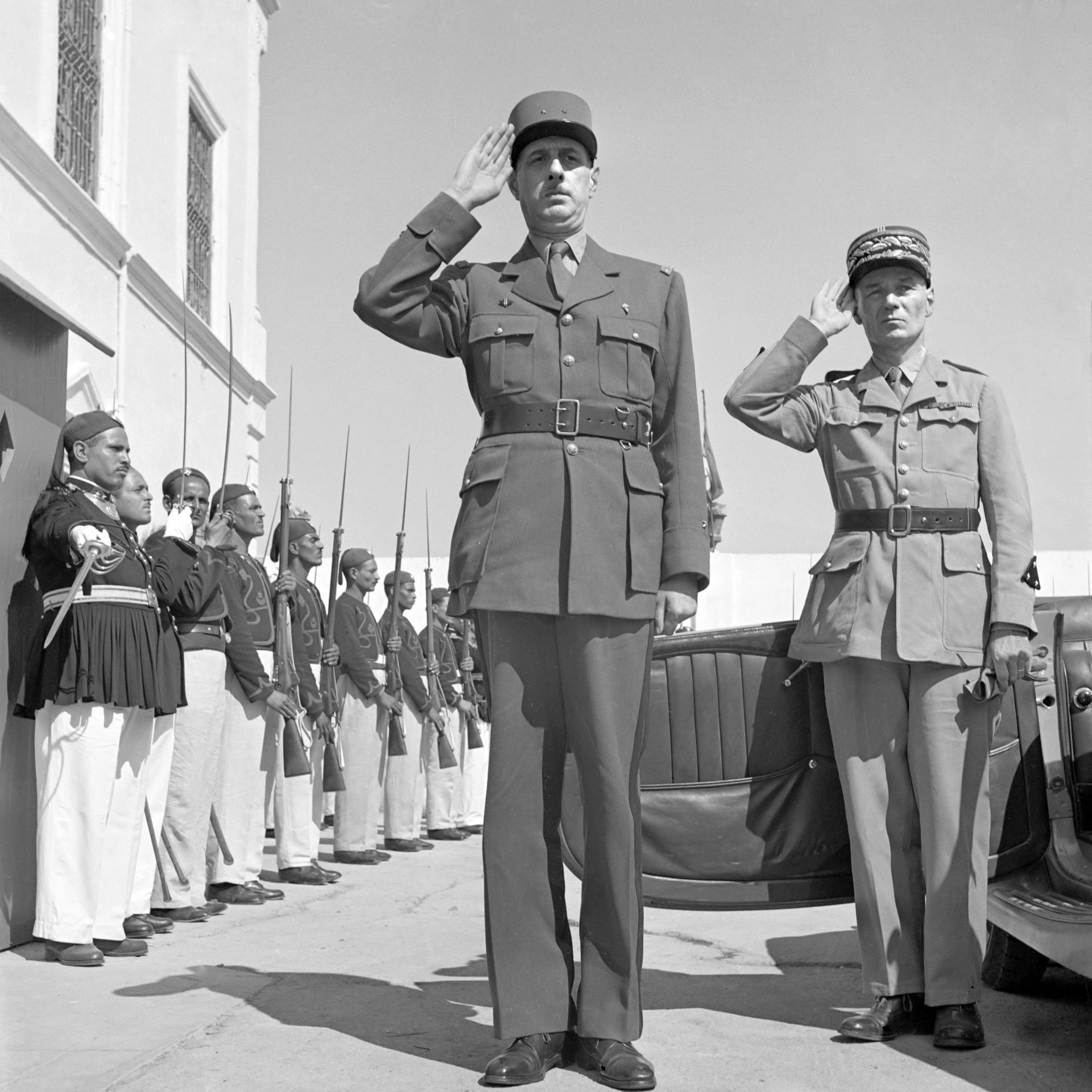
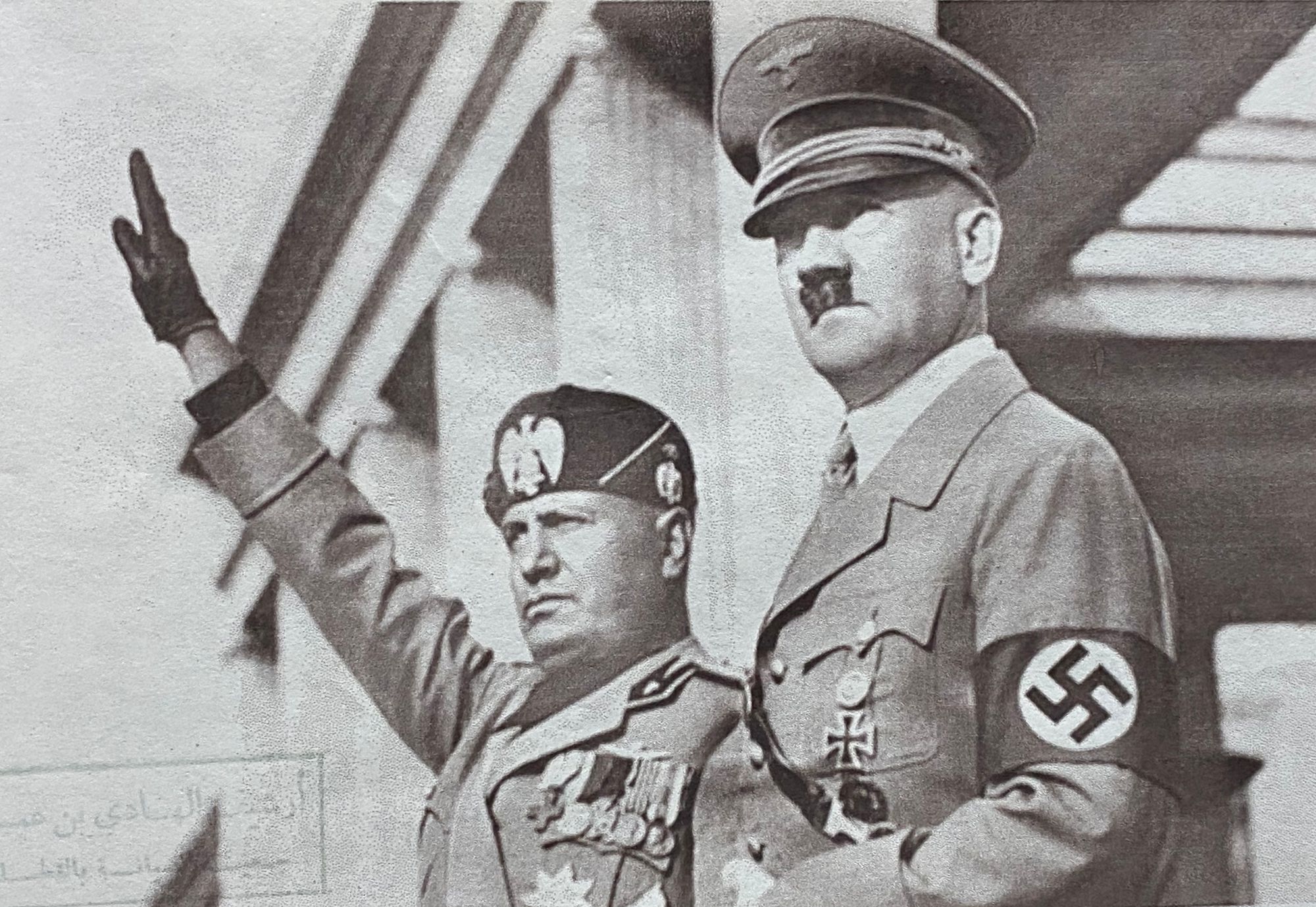
British General Harold Alexander and US General Dwight Eisenhower | Tunisia | French Generals Charles de Gaulle and Charles Mast salute in Tunis | Italian dictator Benito Mussolini and Nazi leader Adolf Hitler
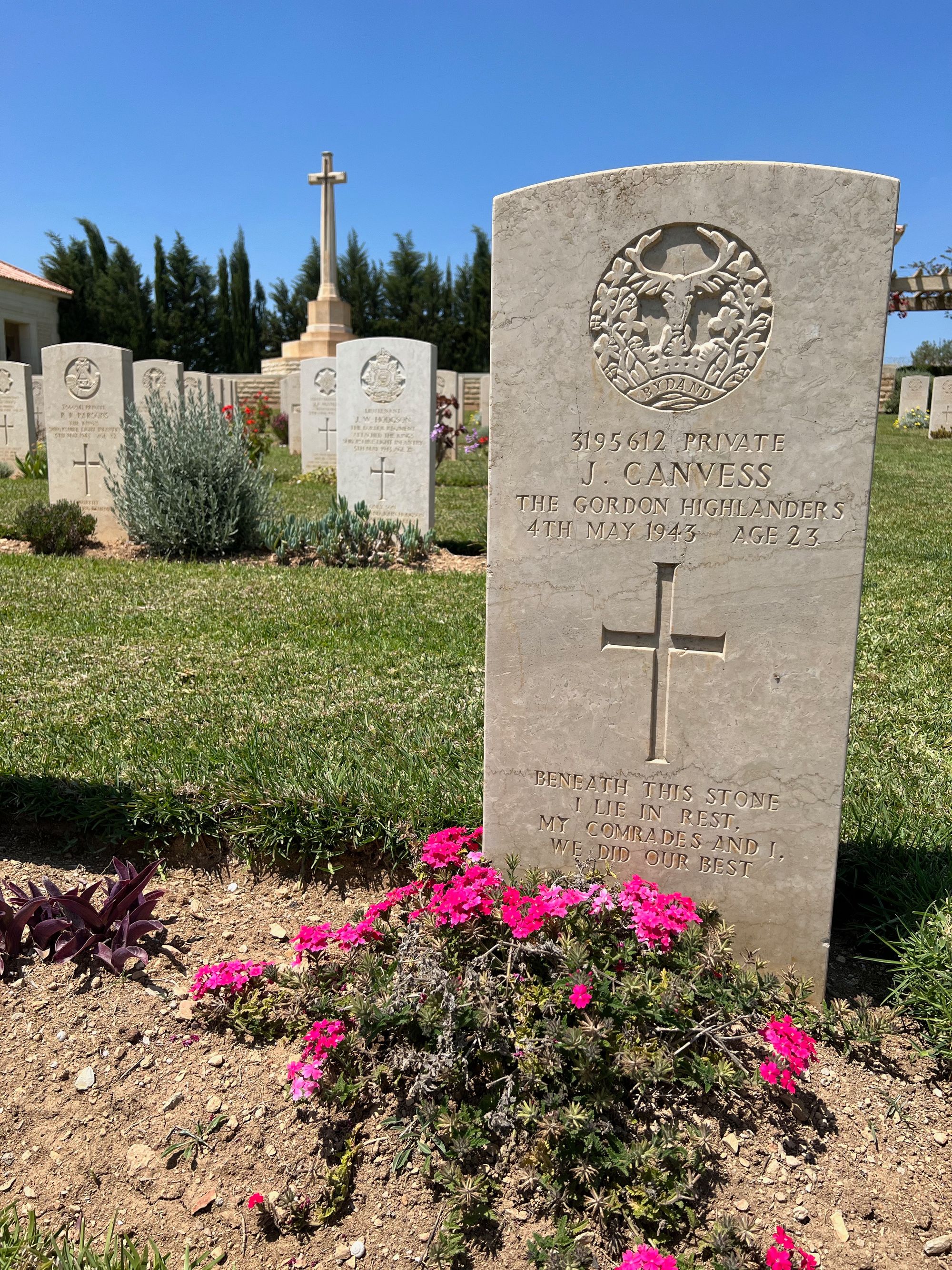
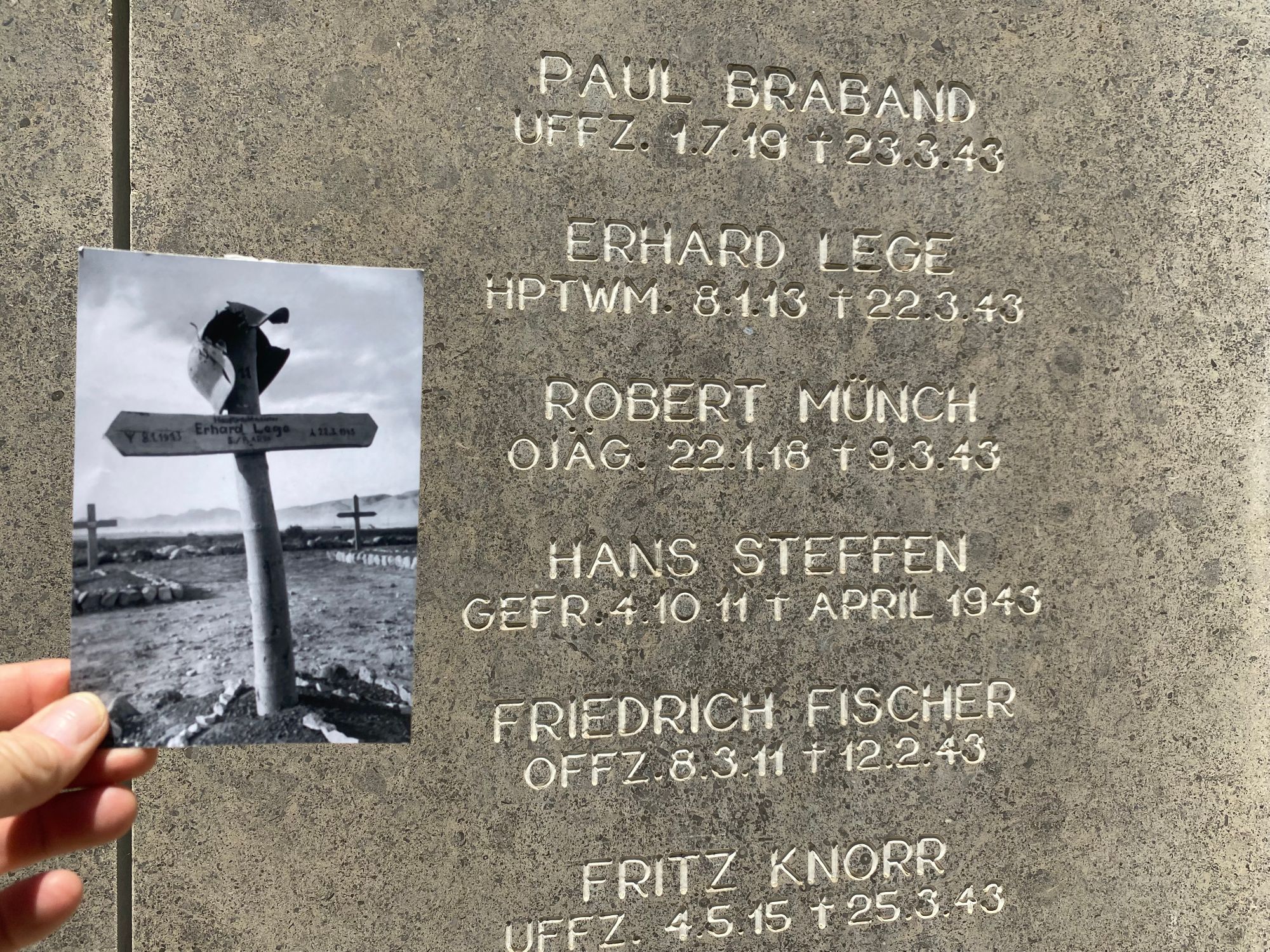
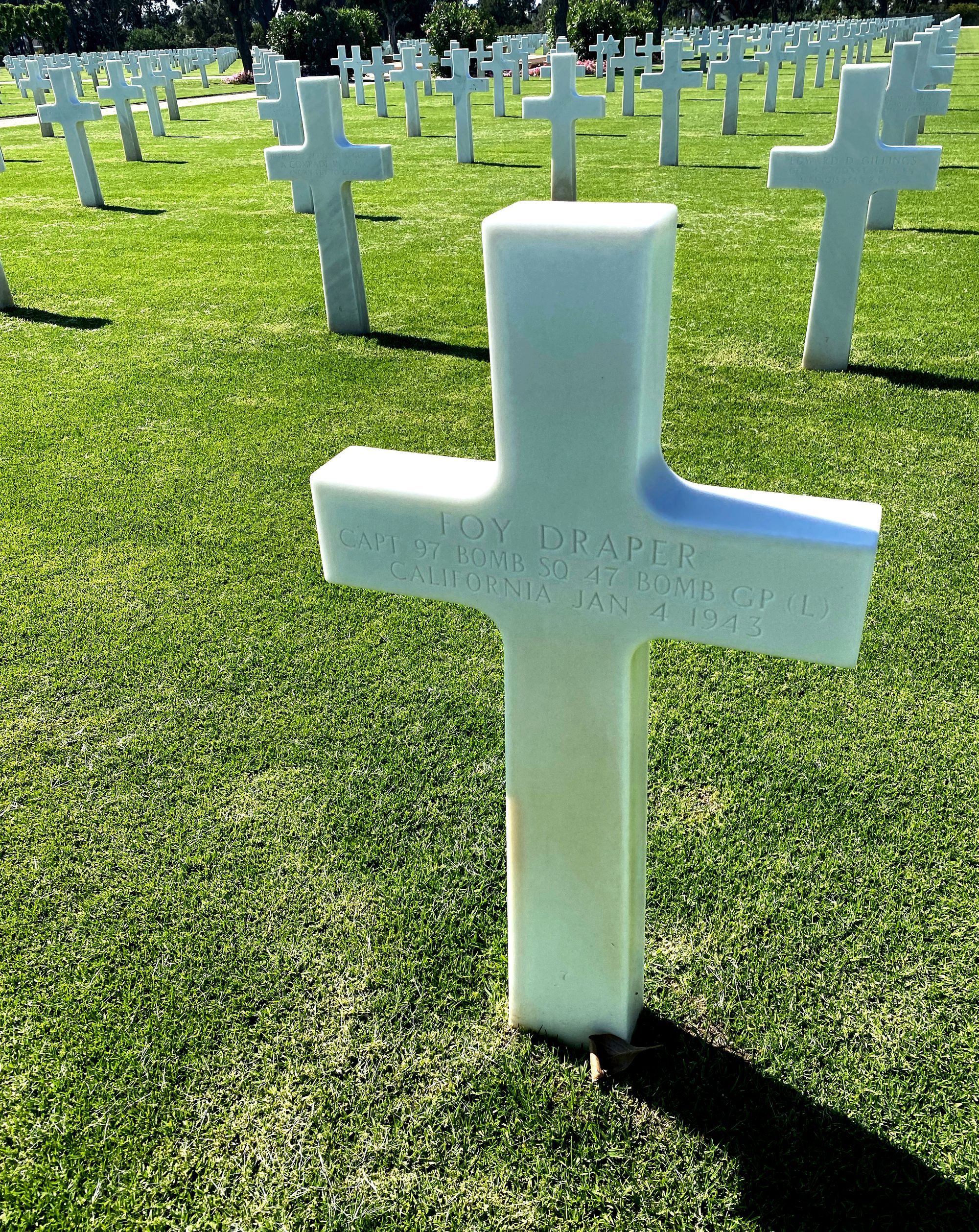
British Private J.Canvess | Massicault Commonwealth Cemetery | Picture of original grave of German Master Sergeant Erhard Lege | Bordj Cedria German Military Cemetery | US Captain Foy Draper | North African American Cemetery
The Battle for Tunisia was over.
Tens of thousands of young men from around the world including many Tunisians had perished in the six months of fighting. They had died in hand-to-hand combat, incinerated in tanks, blow up by artillery, shot by snipers, drowned in sinking ships and plummeted to earth in downed aircraft - suffering in the most horrible of ways. Tens of thousand more had been wounded, maimed and psychologically damaged.
The United States, Great Britain, the Commonwealth countries and France were now all together in the fight against fascism and Hitler. The Soviet Union had won a great victory in Stalingard in February 1943. Joseph Goebbels, the Third Reich's Propaganda Minister, called the defeat in North Africa, "Tunisgrad." The War in the Pacific raged on against the Empire of Japan. Hitler's slave camps and extermination of Jews and undesirables had accelerated taking on industrial propositions where already millions had died.
The global suffering had been immense and time was critical.
The Allies launched Operation Husky, the invasion of Sicily, two months later.
World War II would continue for another two years and would end with the suicide of Adolf Hilter and the atomic bombings of Hiroshima and Nagasaki.
North African American Cemetery | Cathage | Tunisia